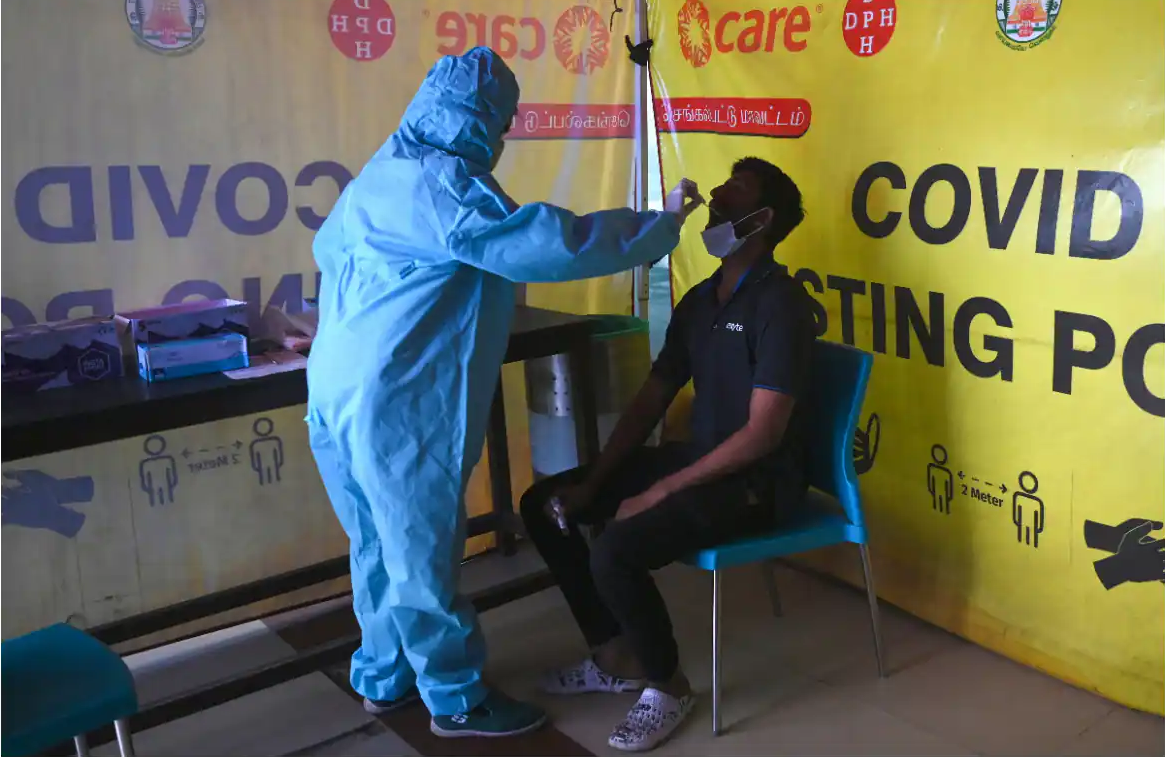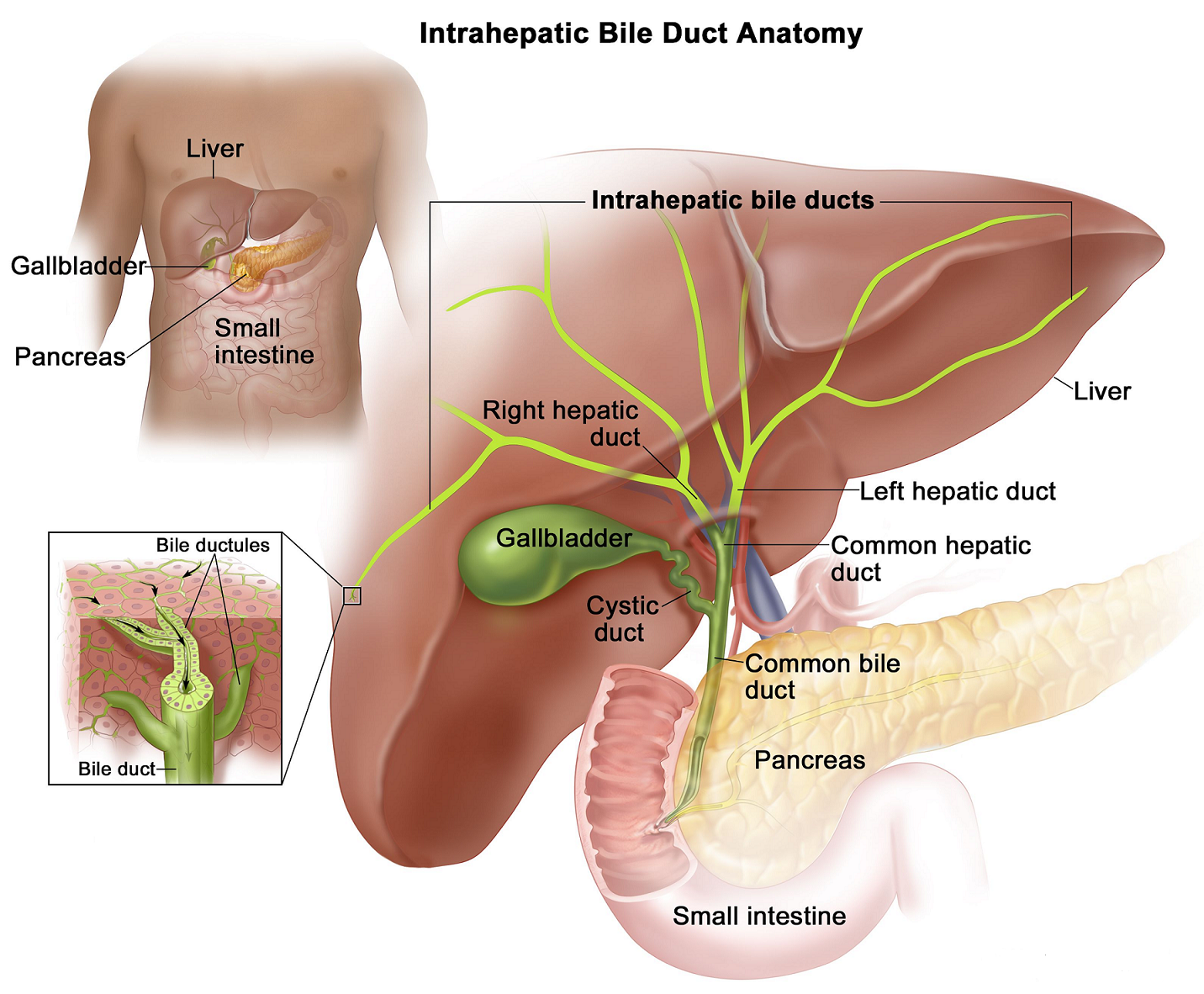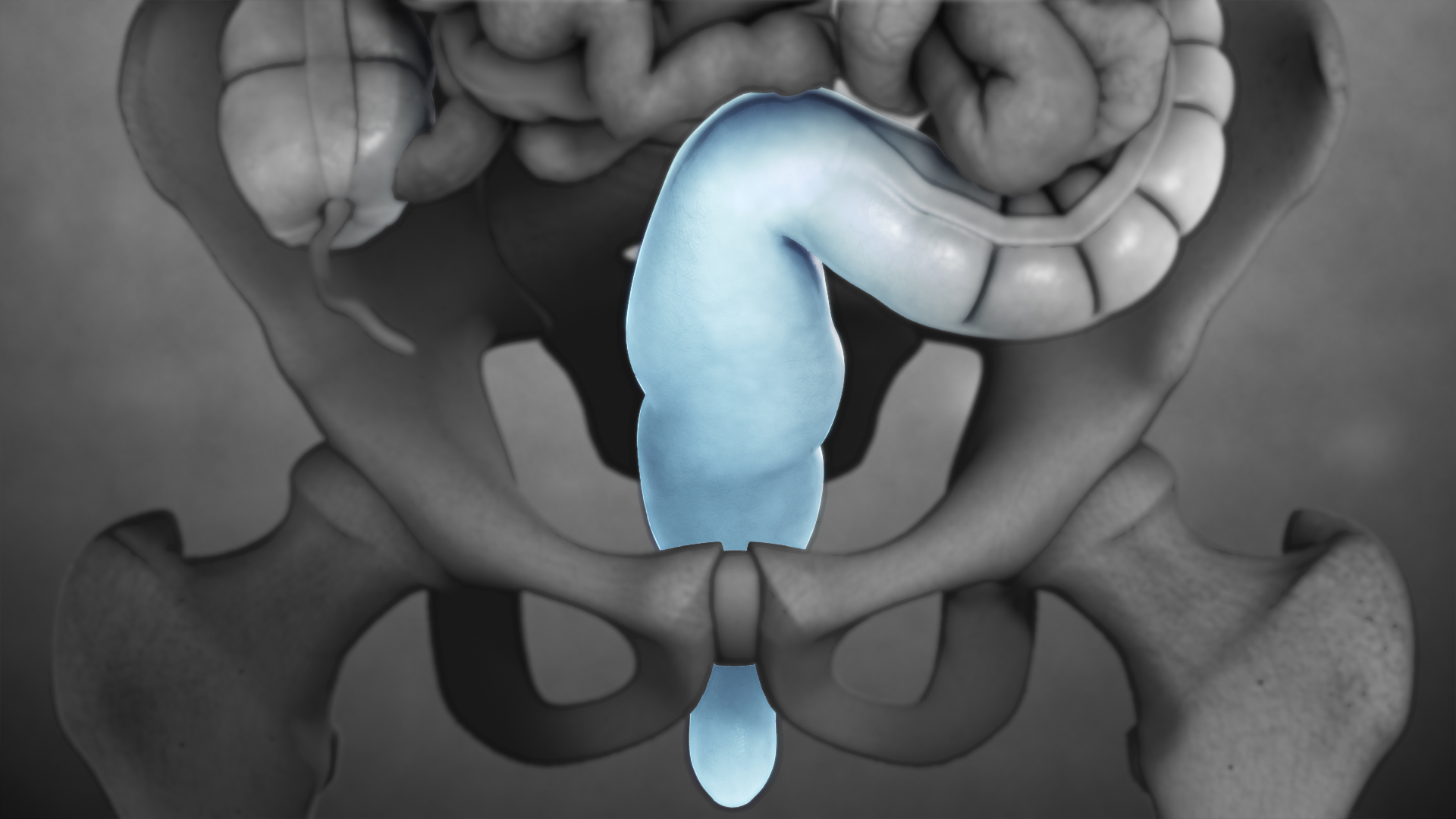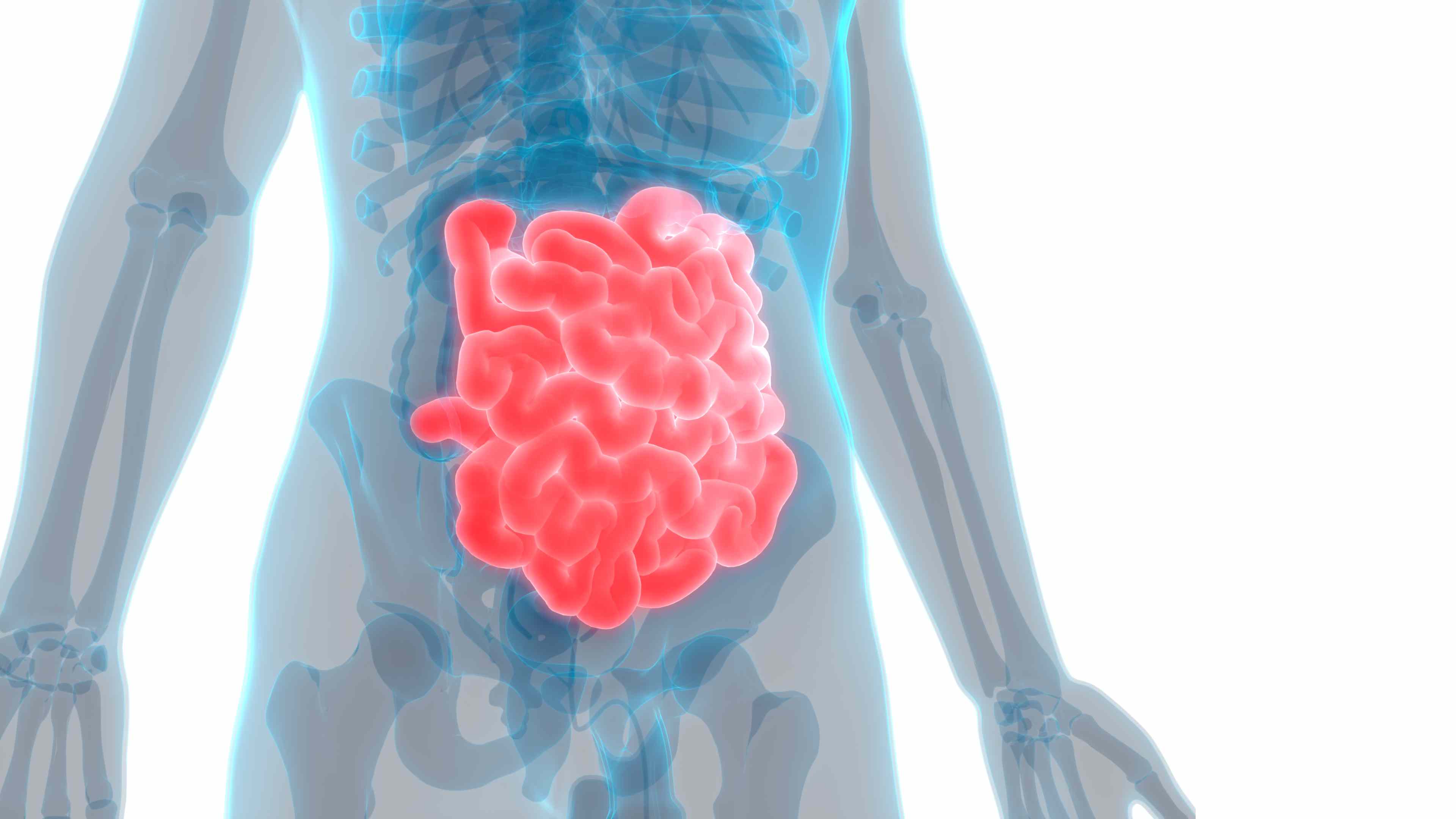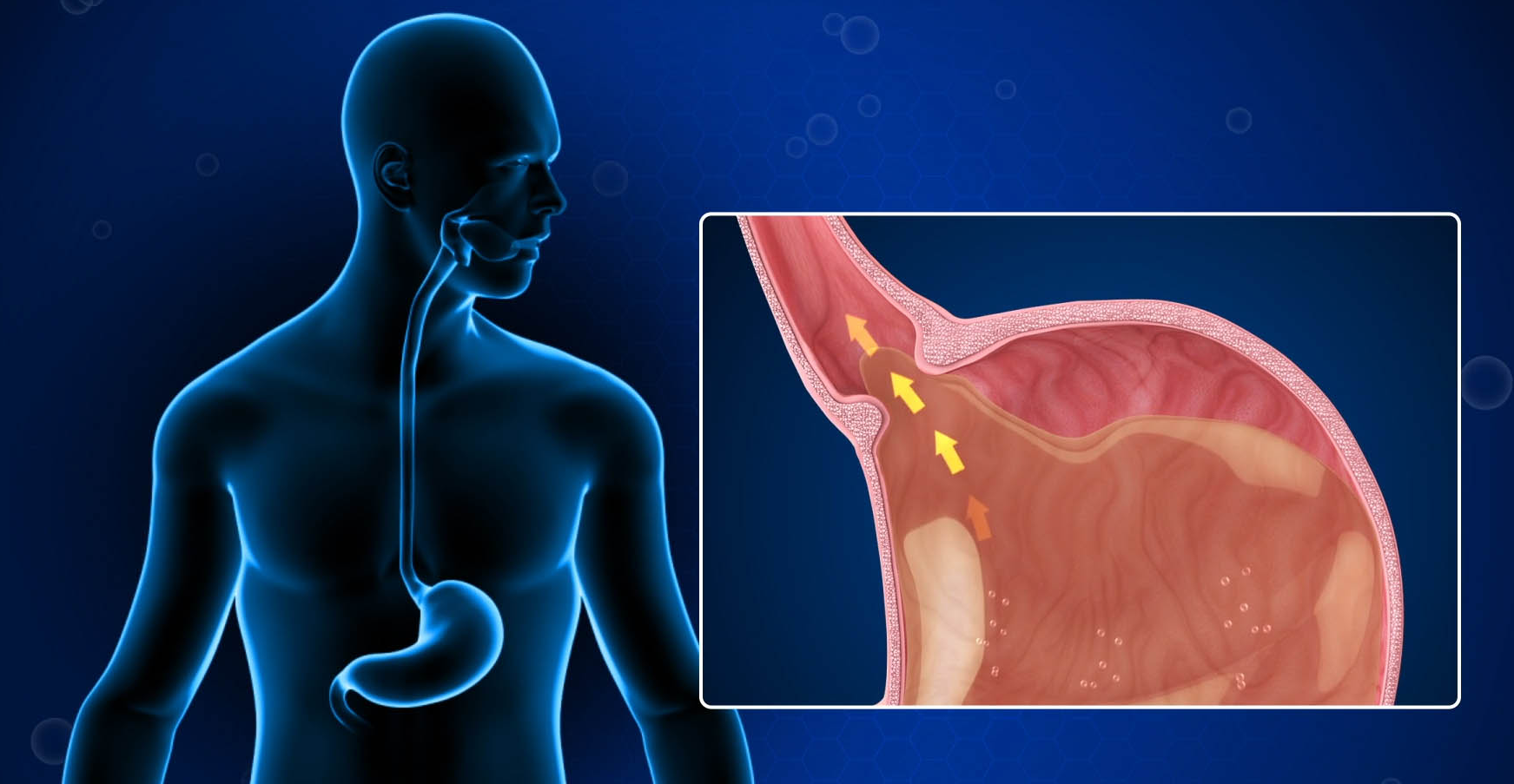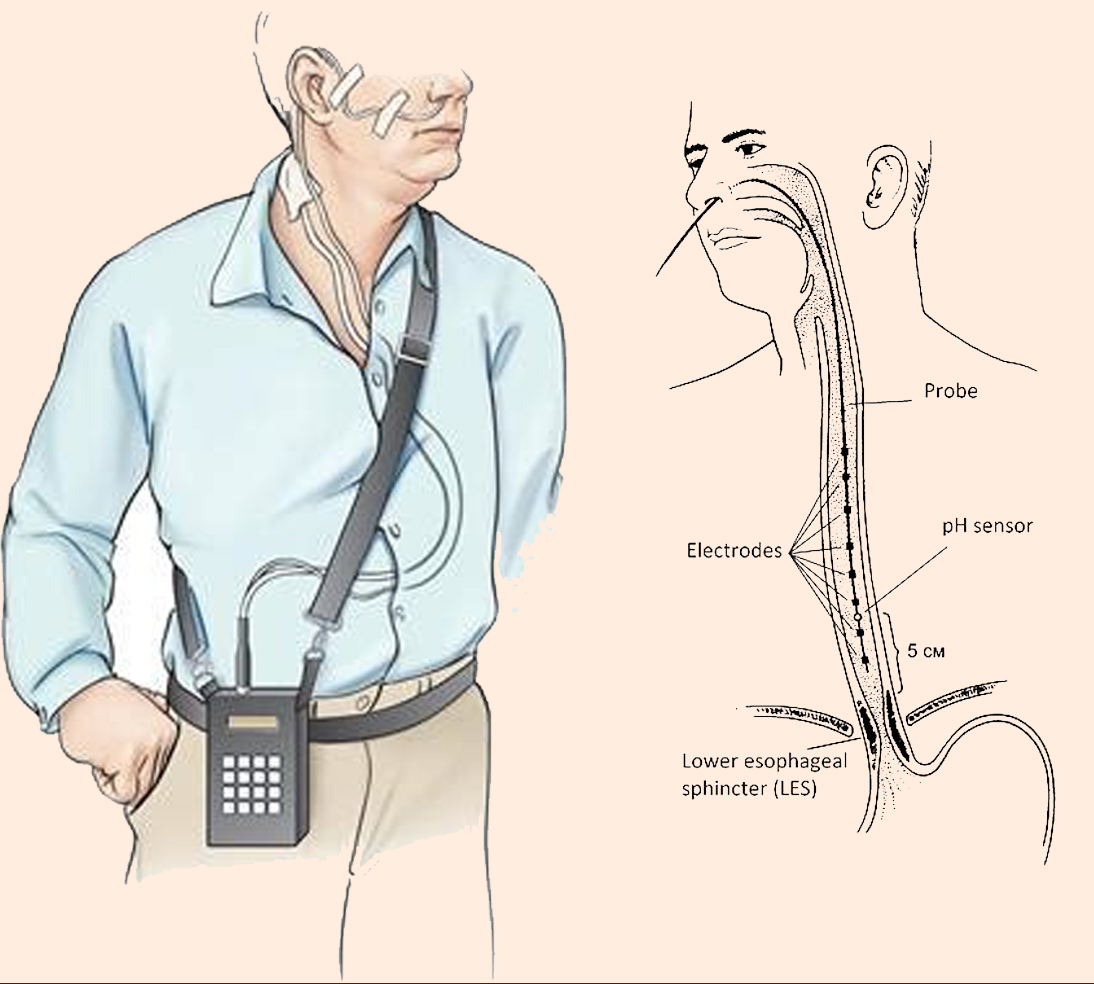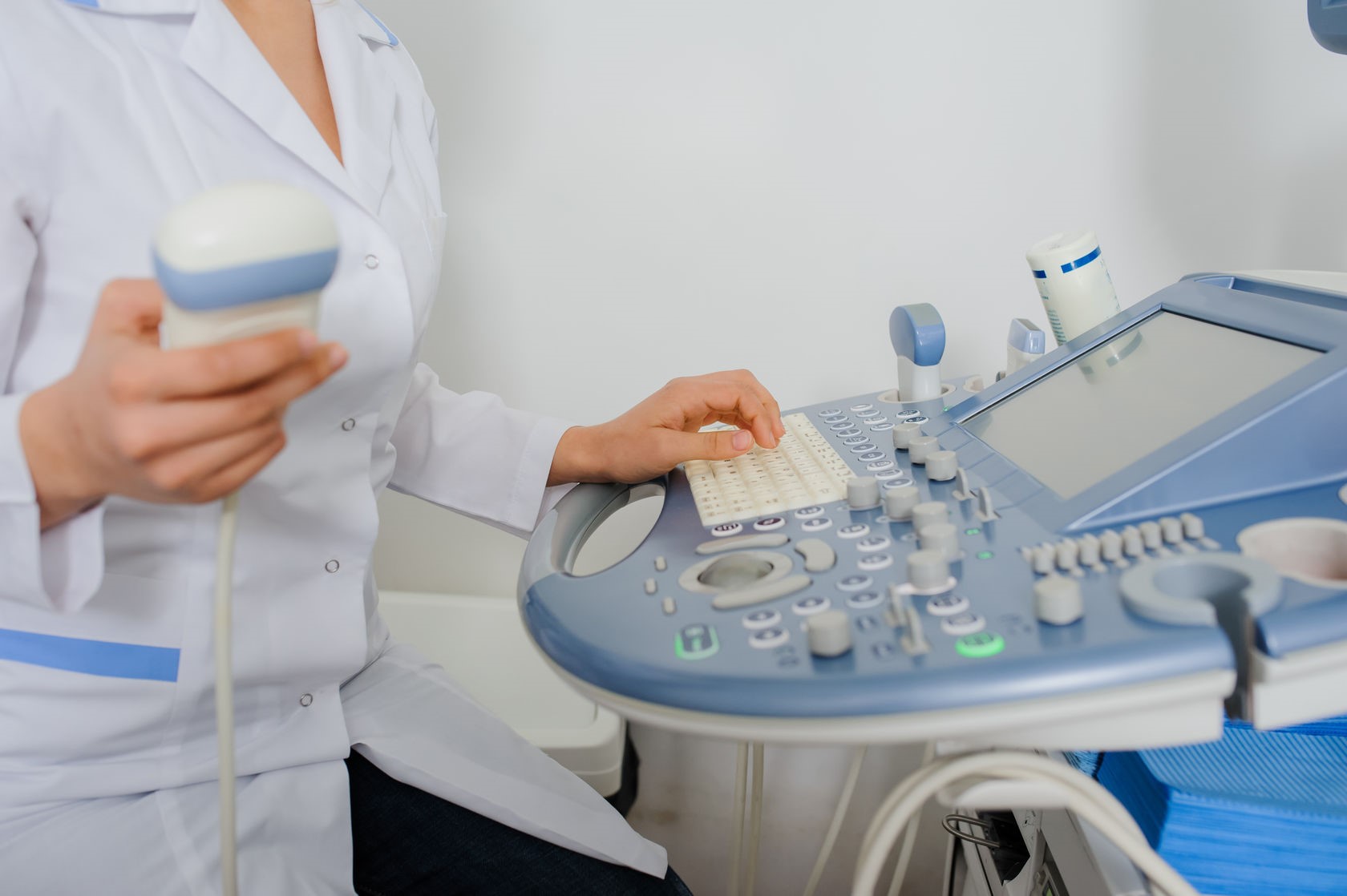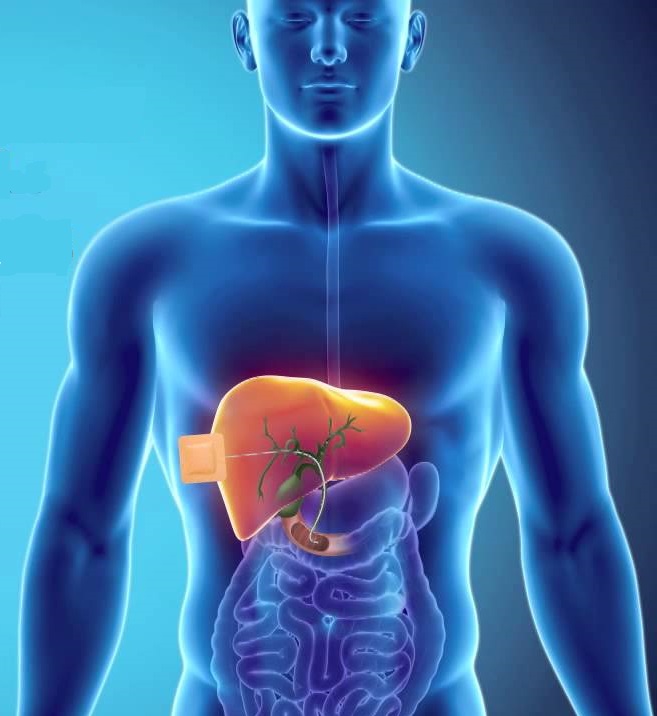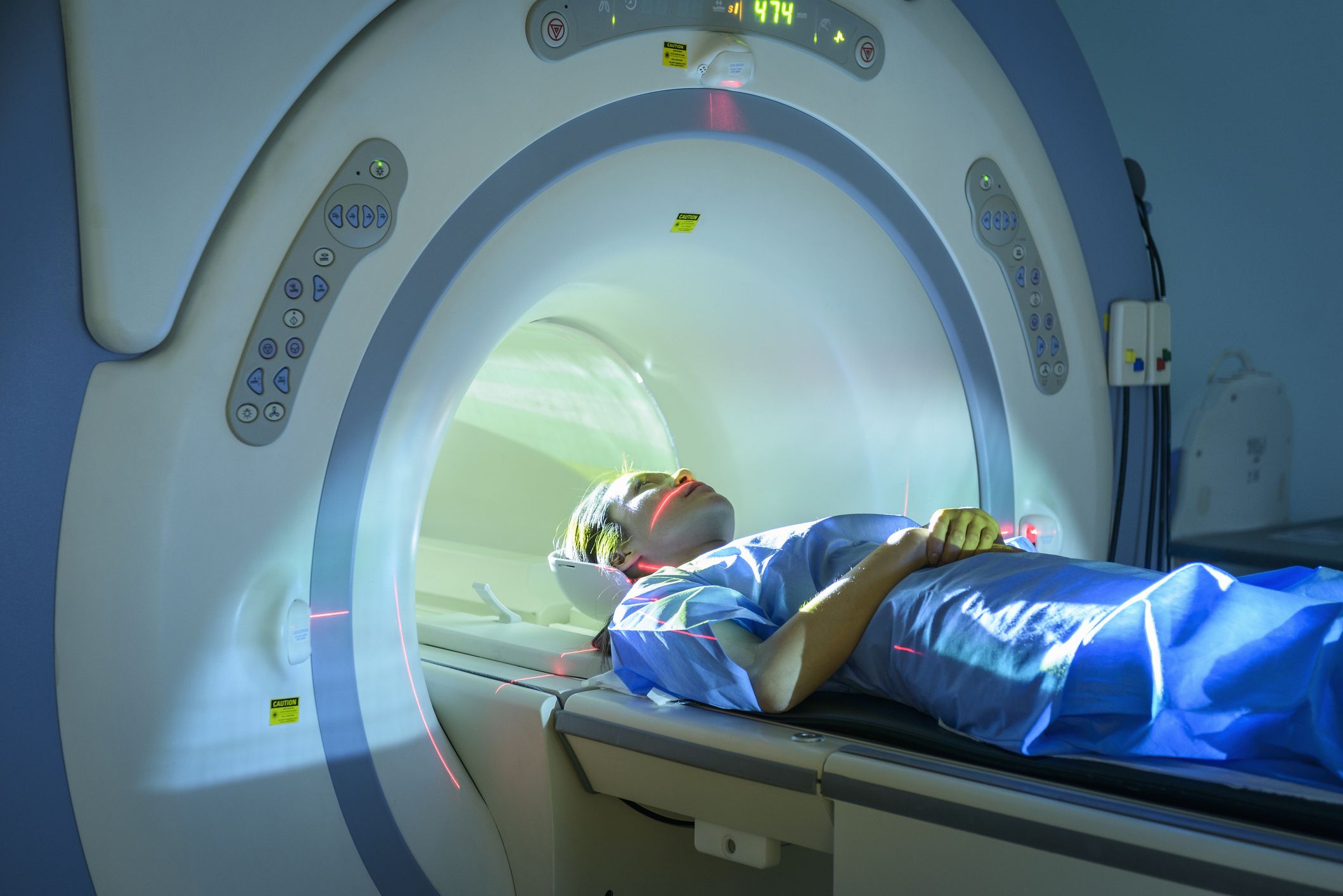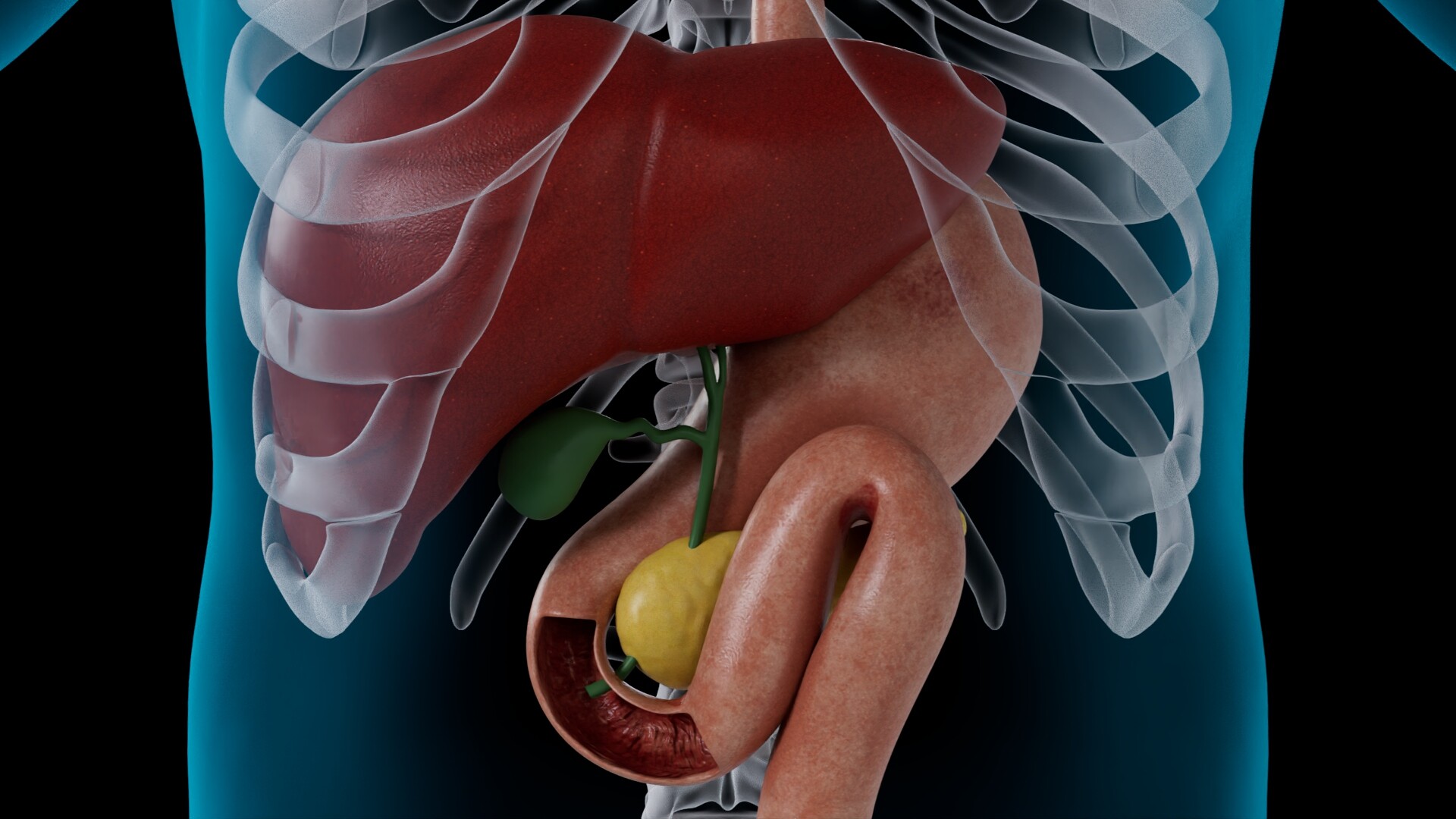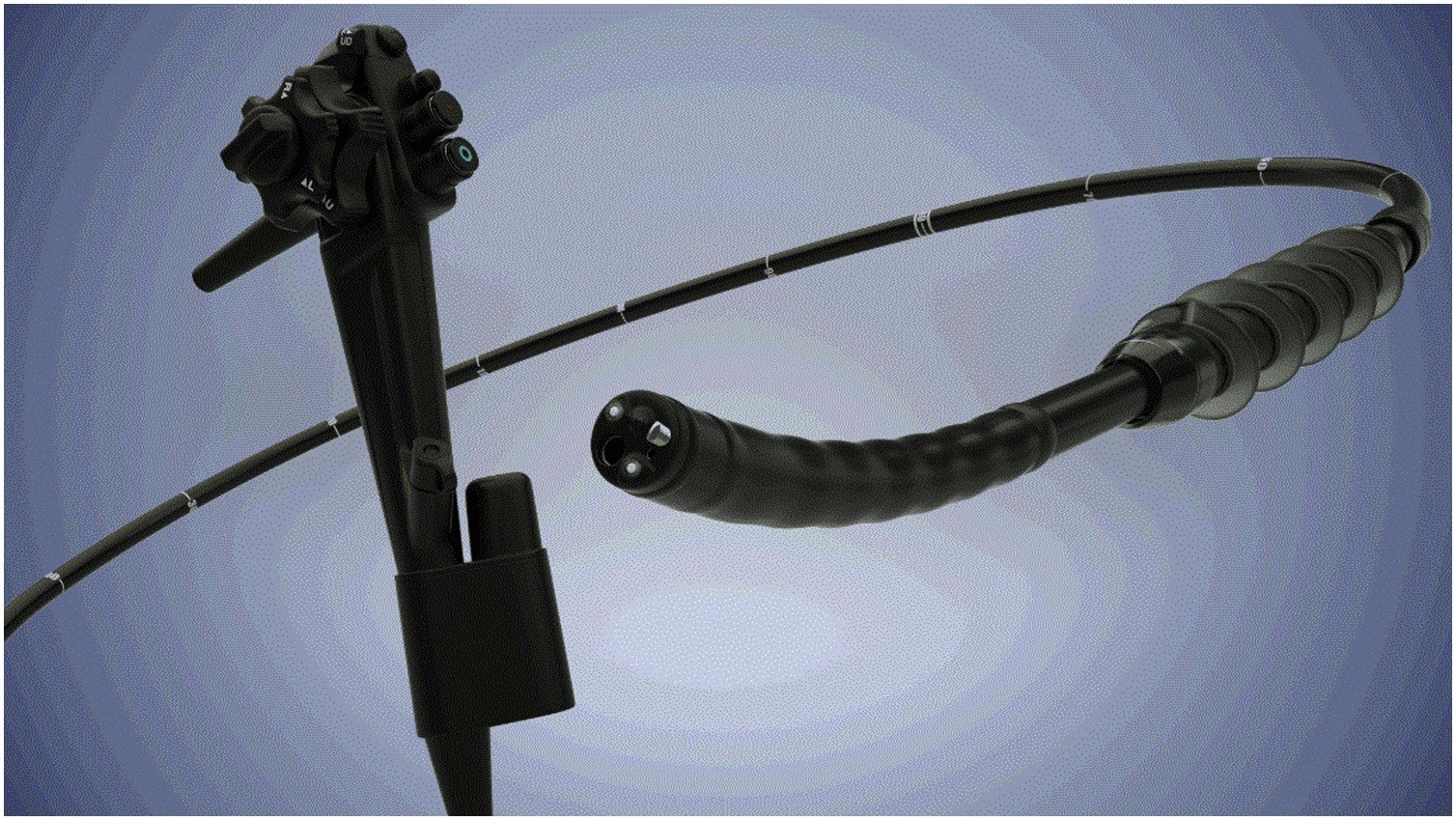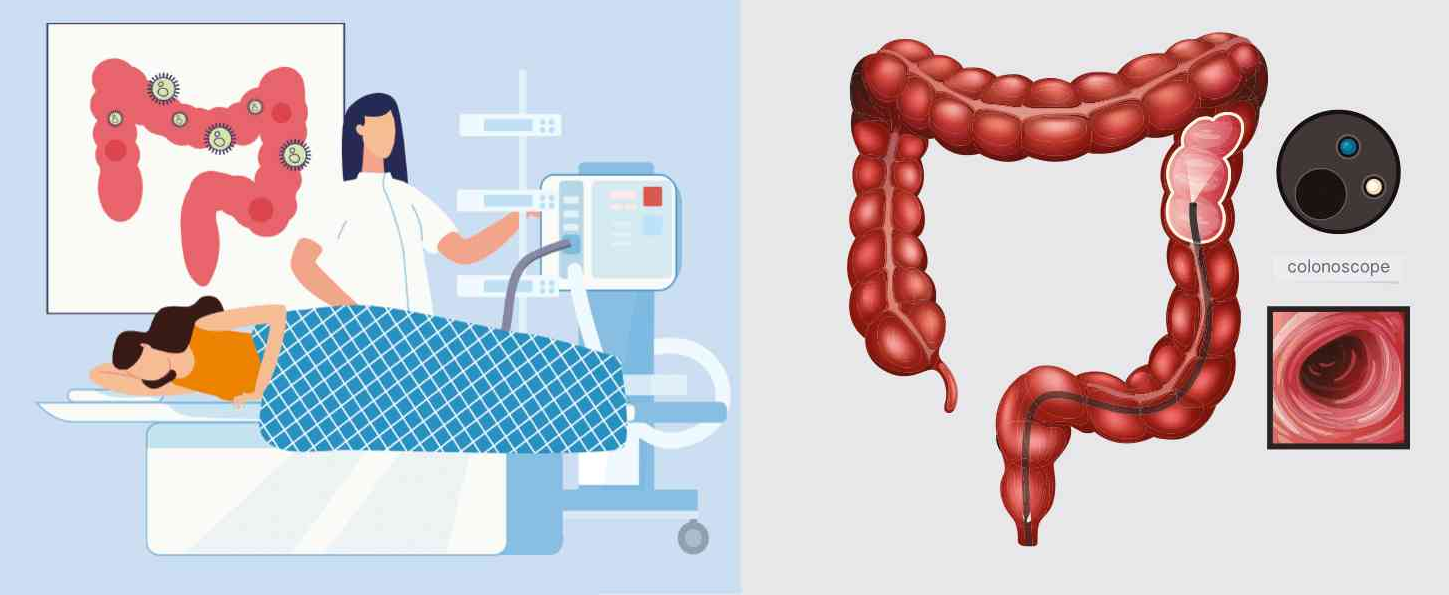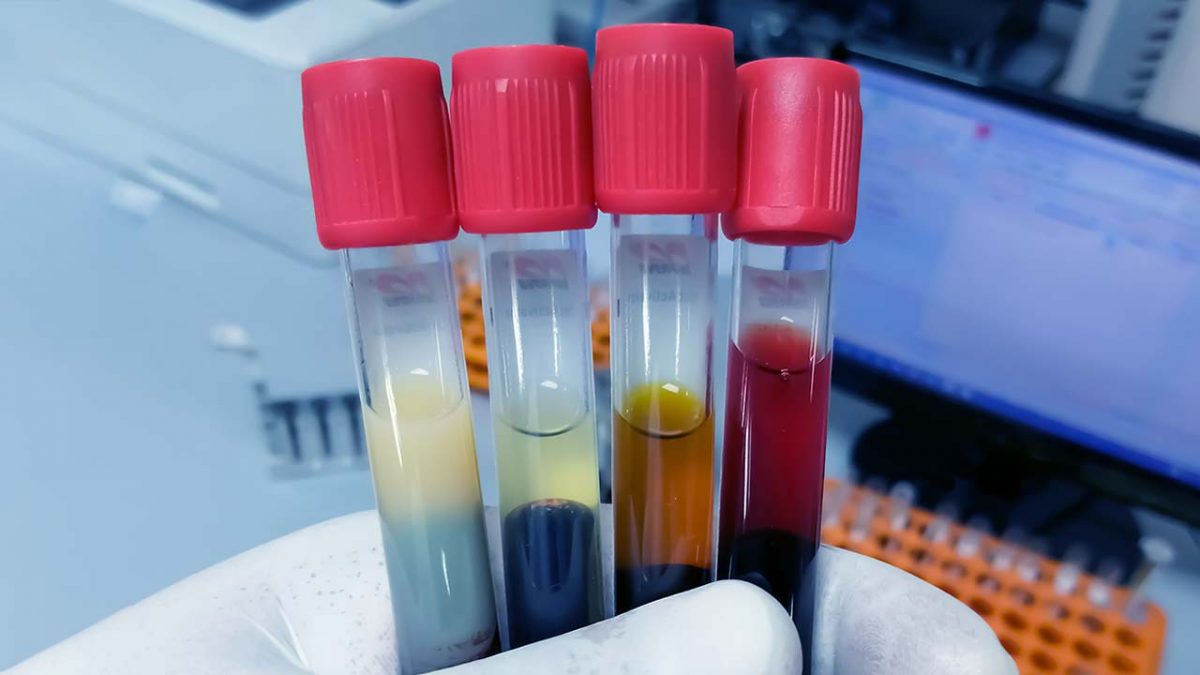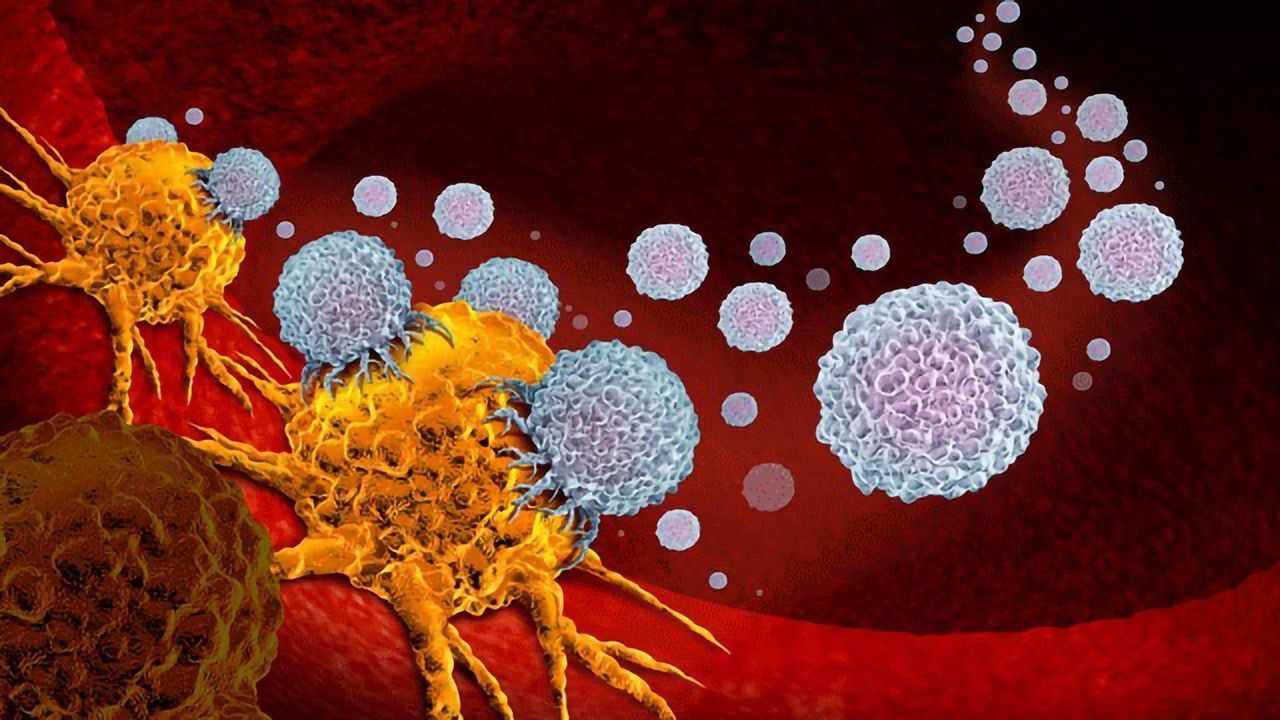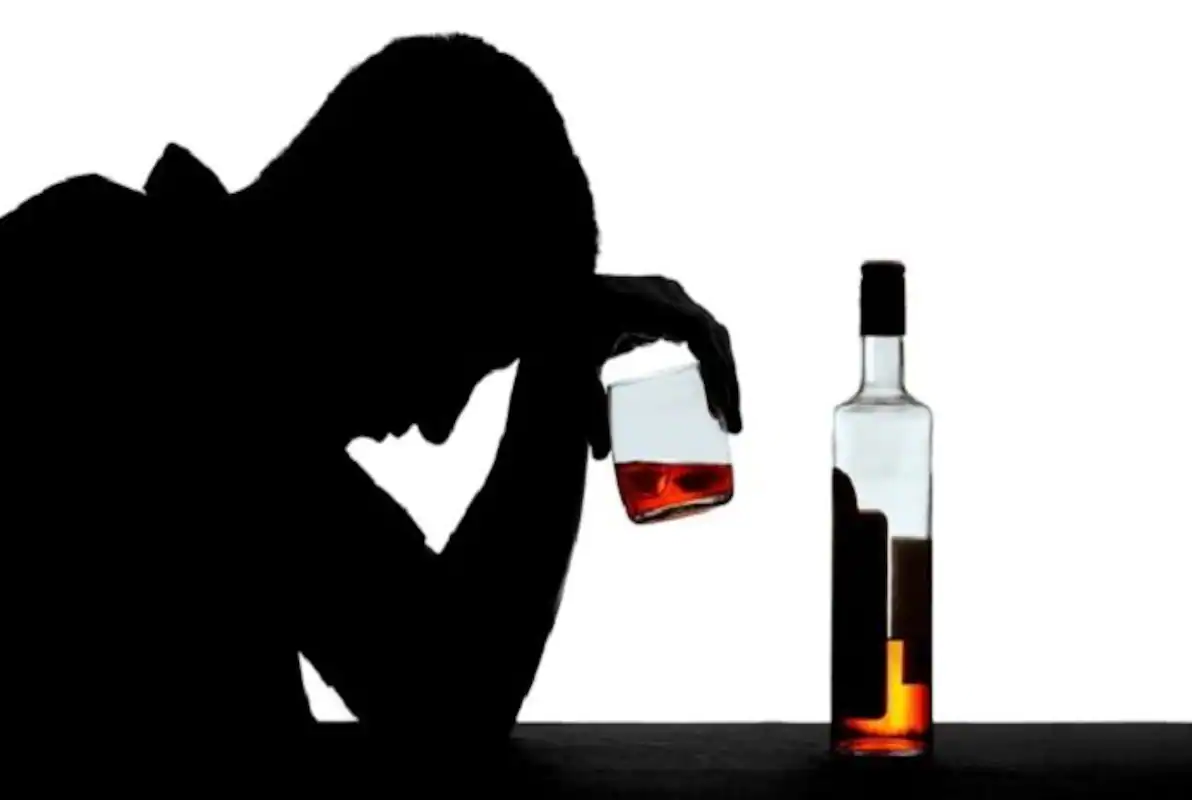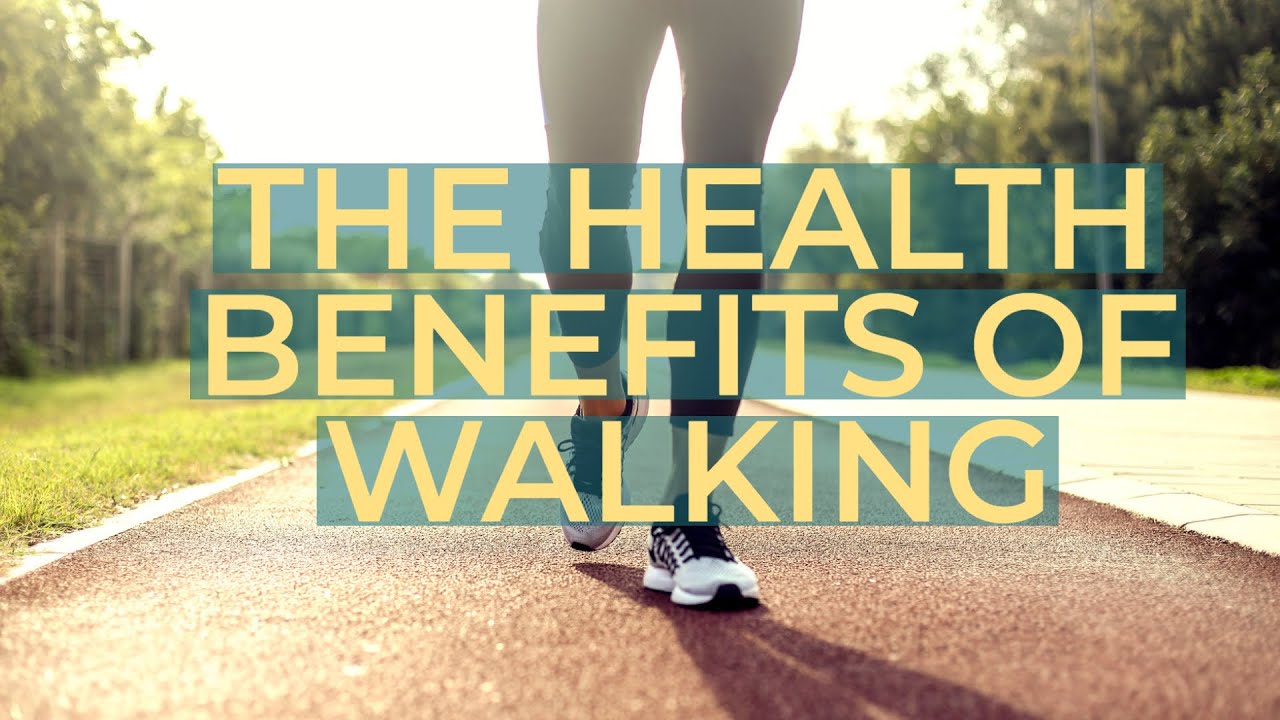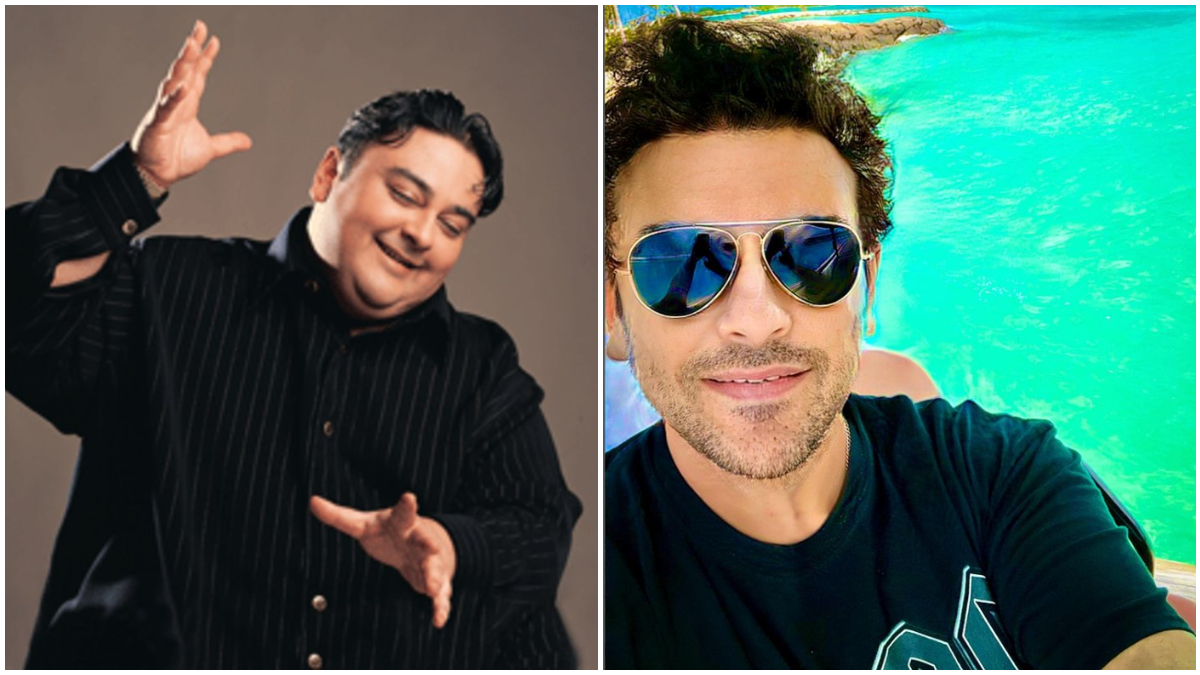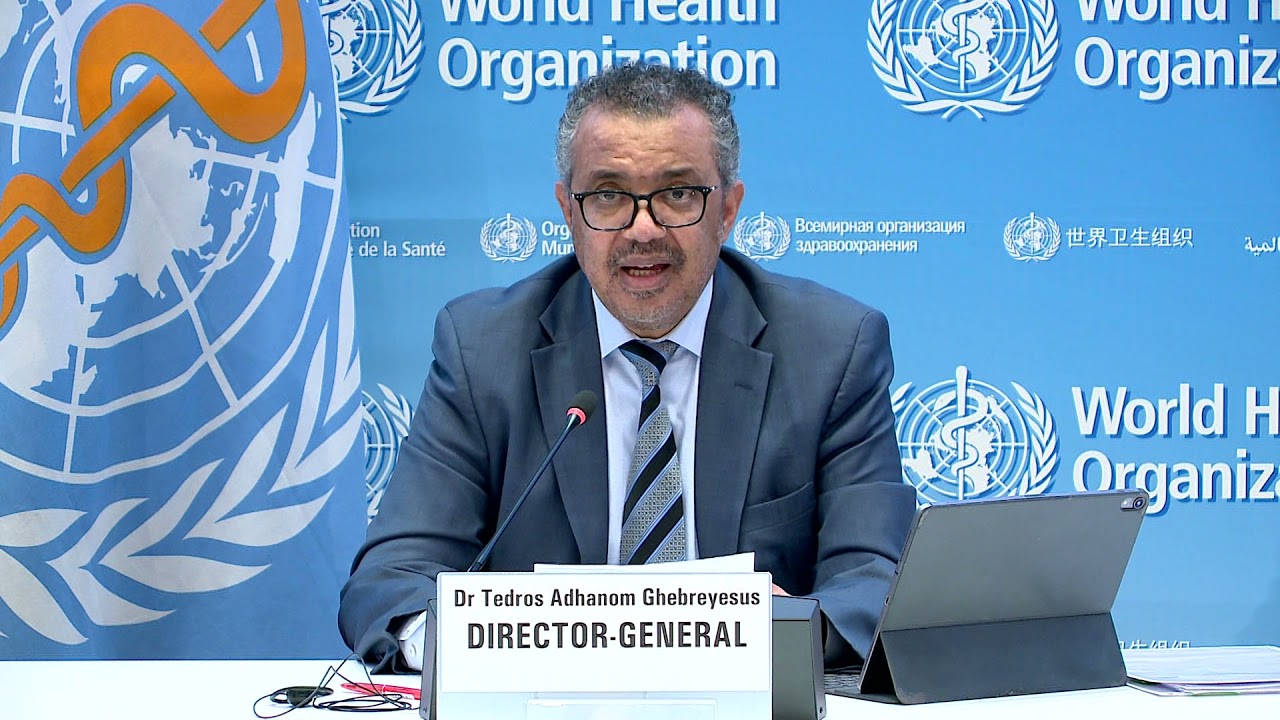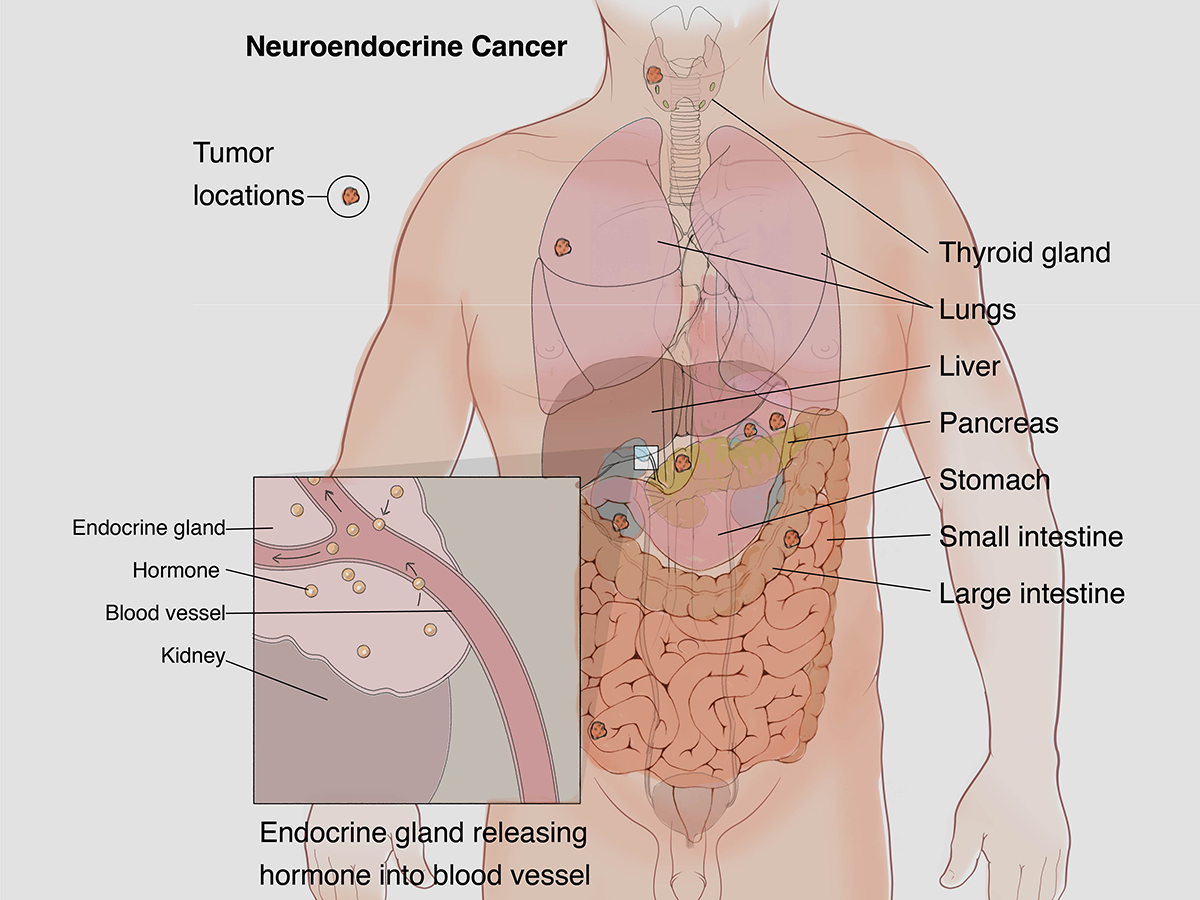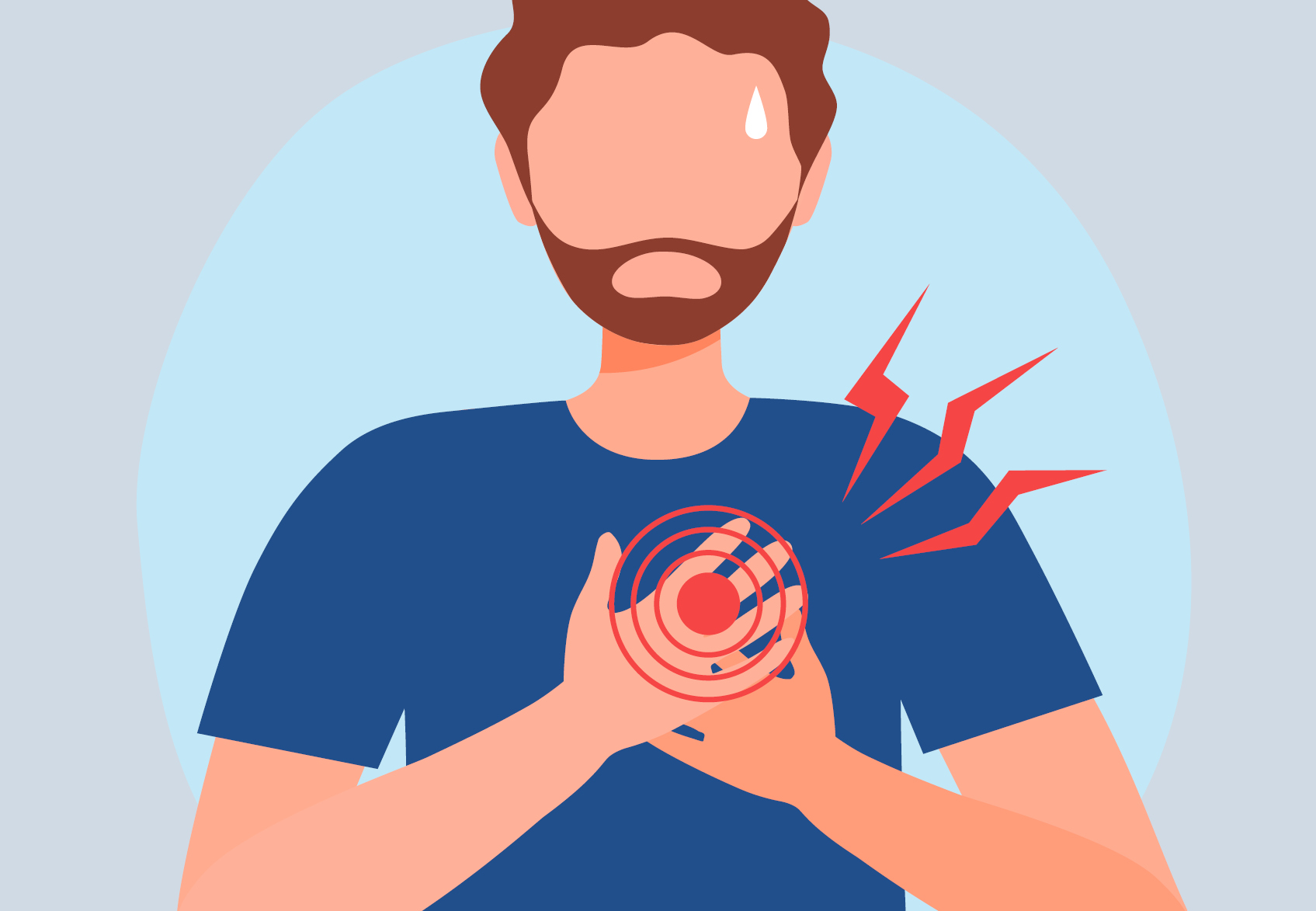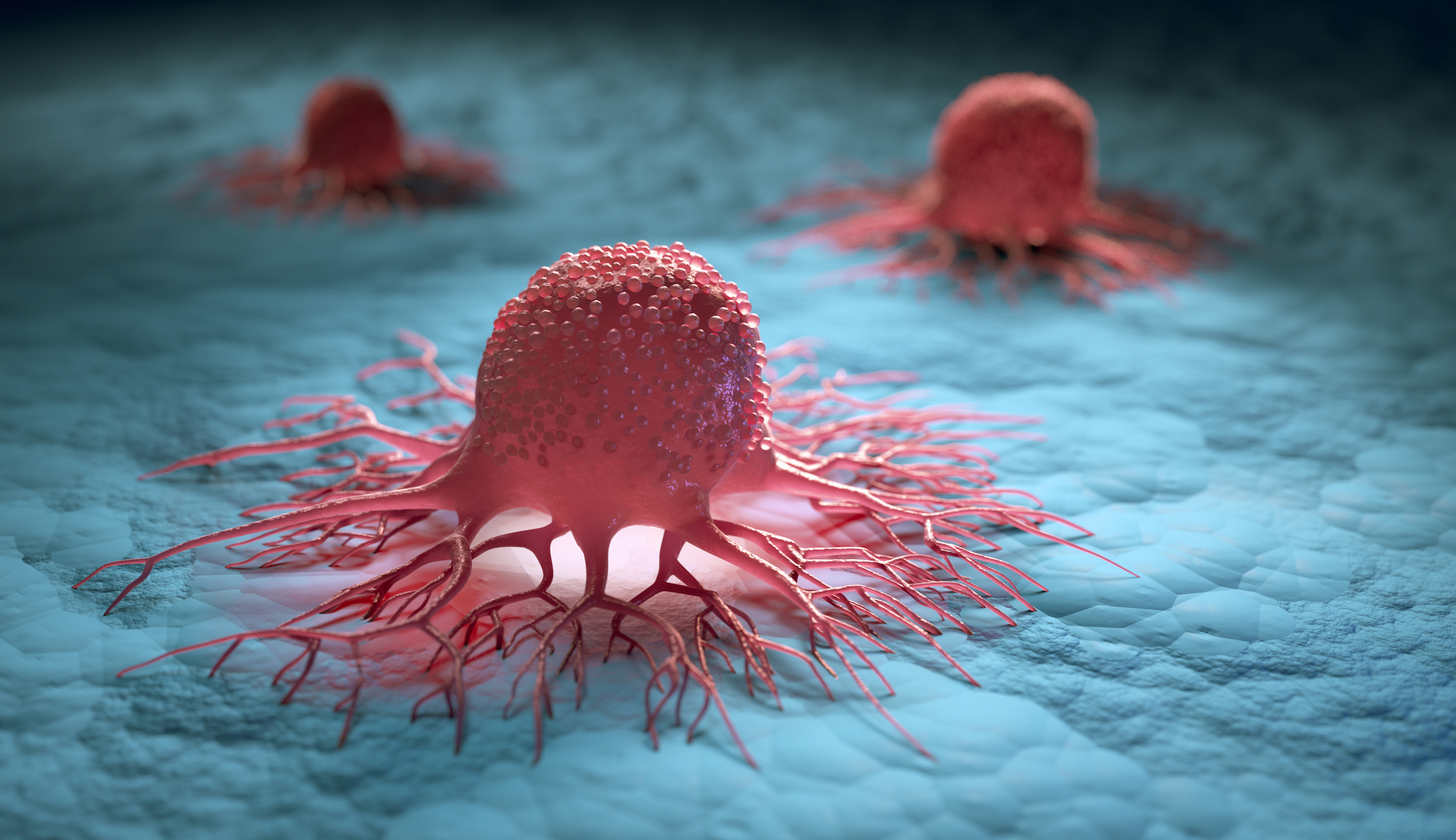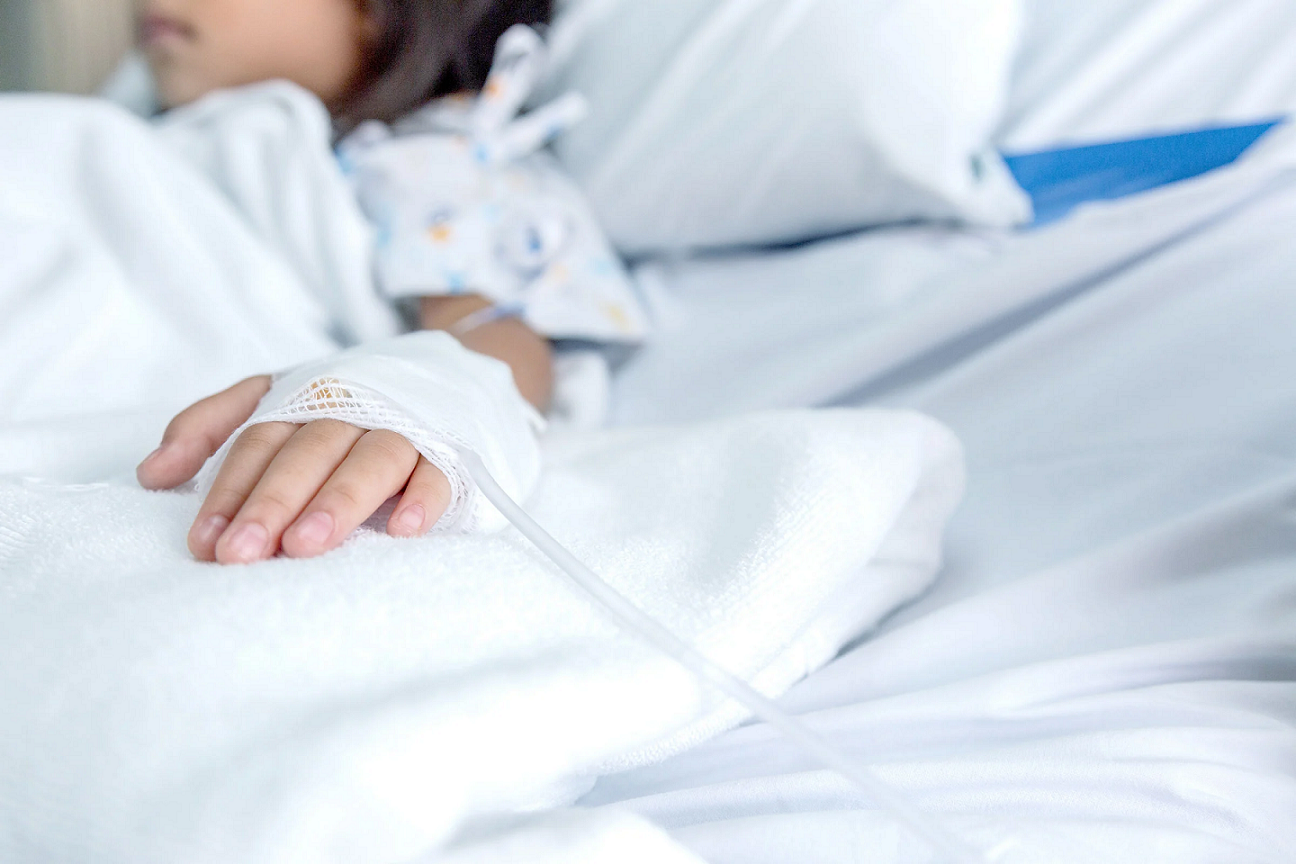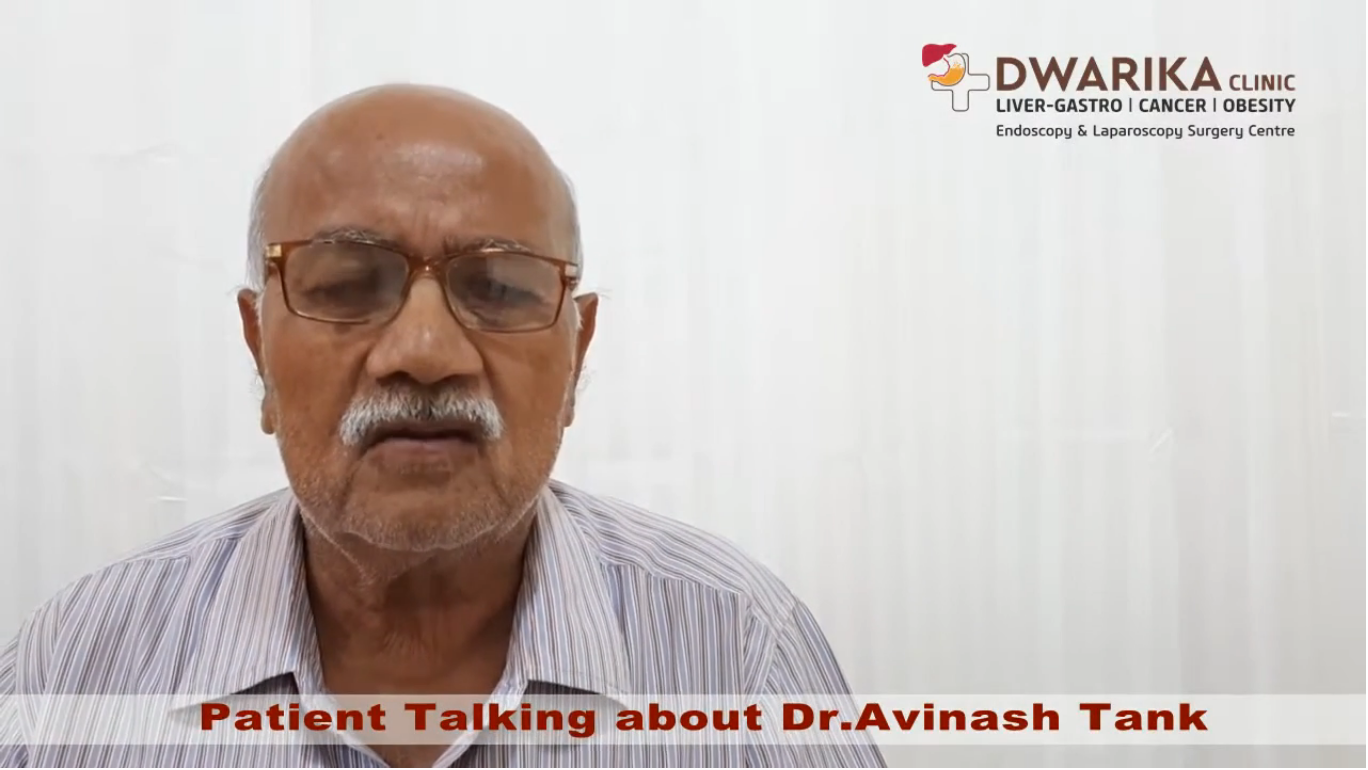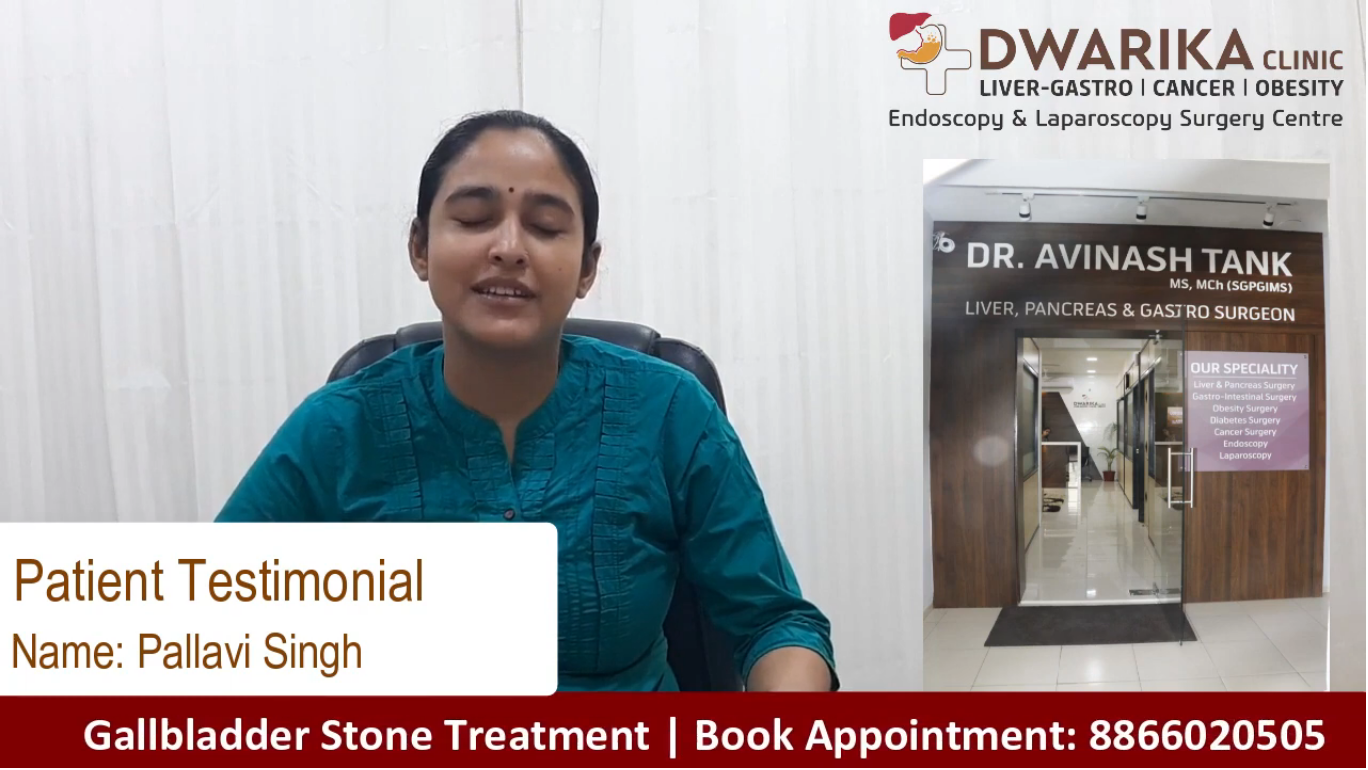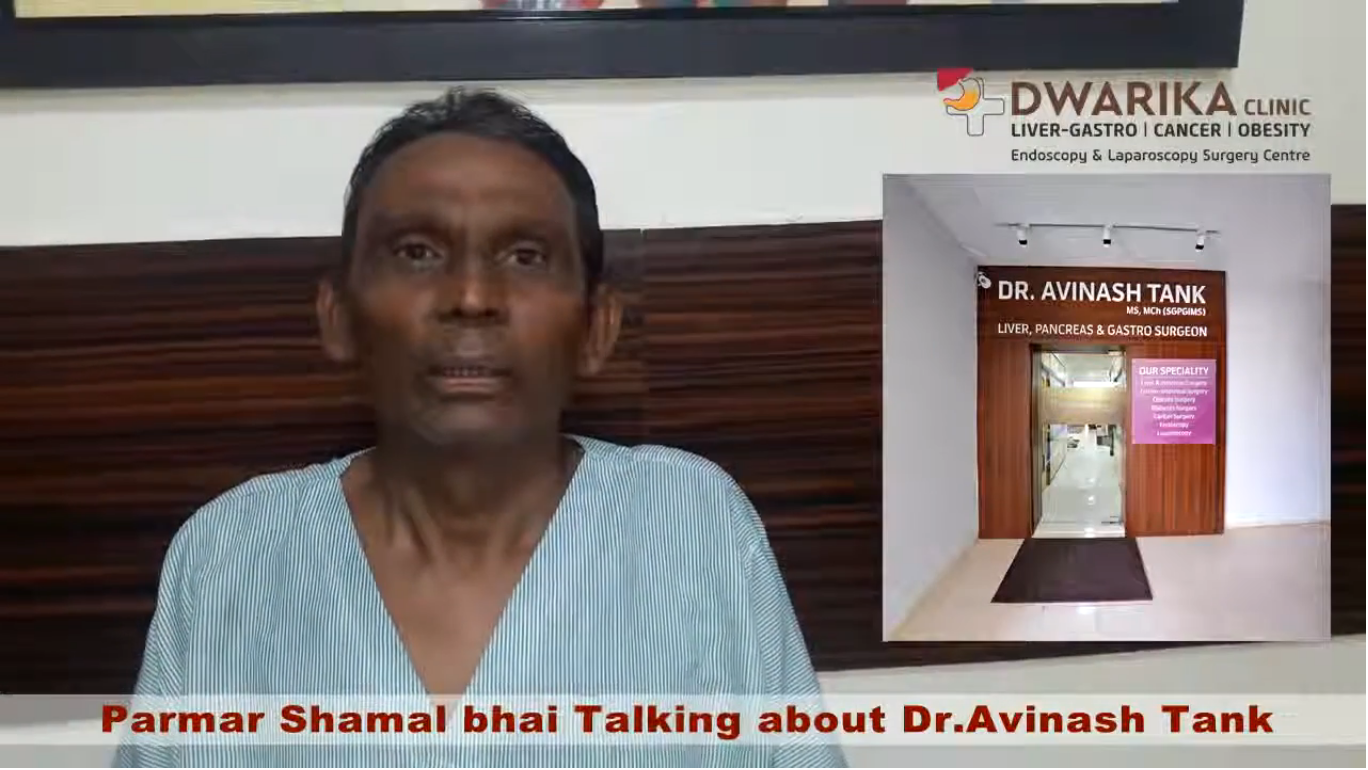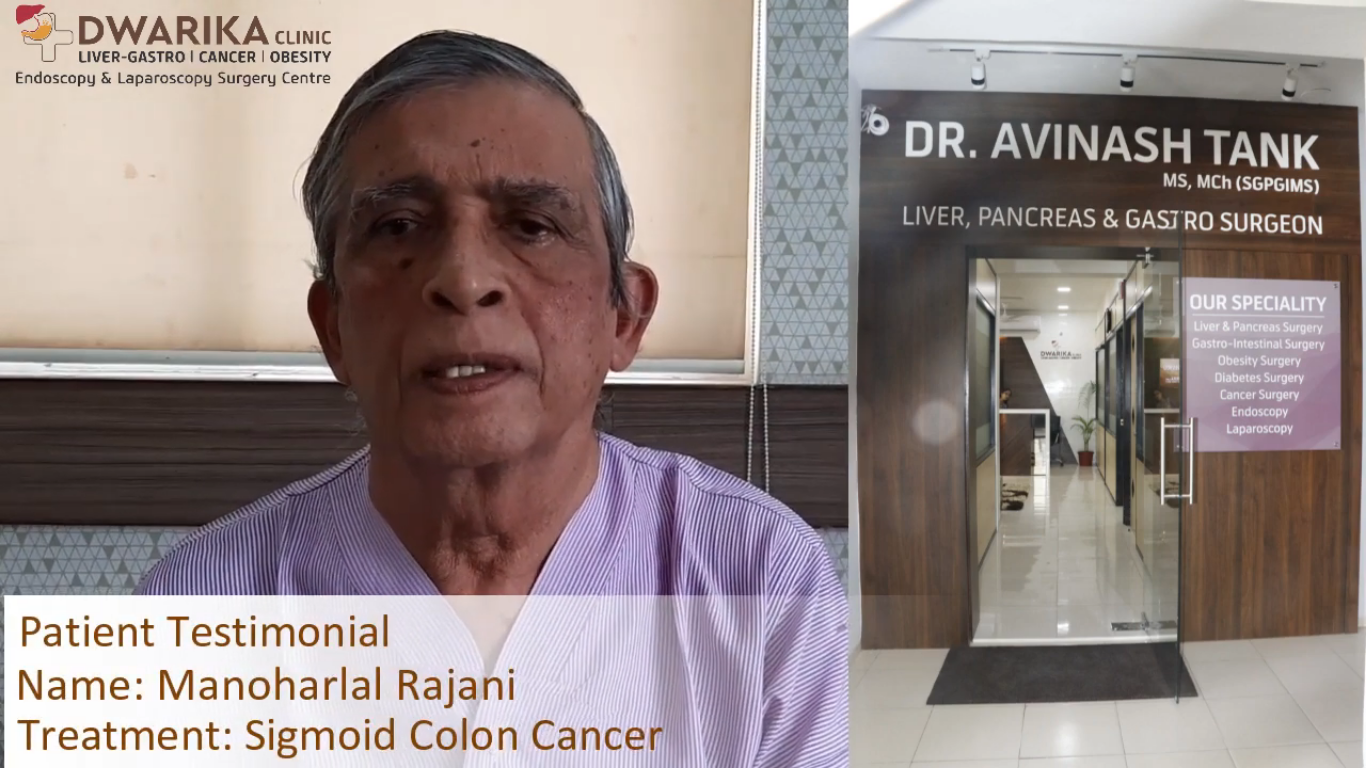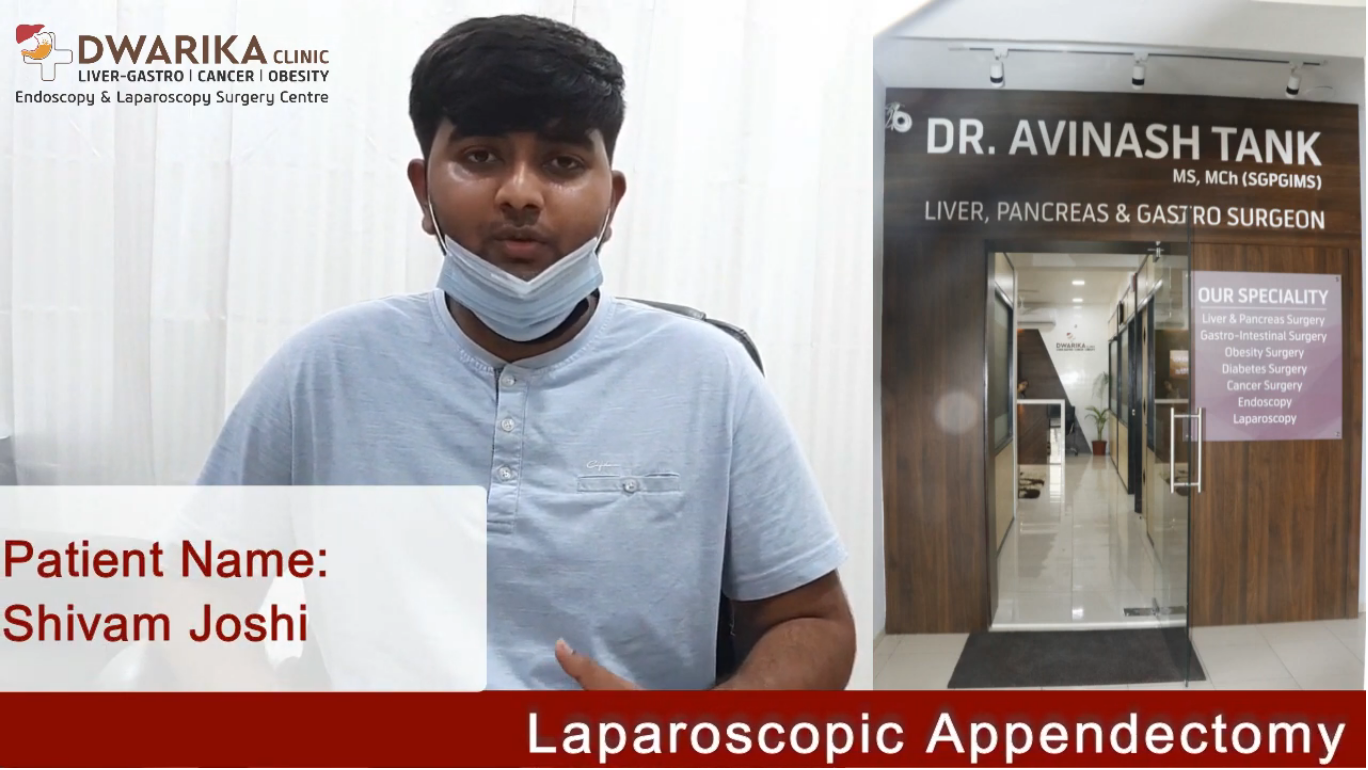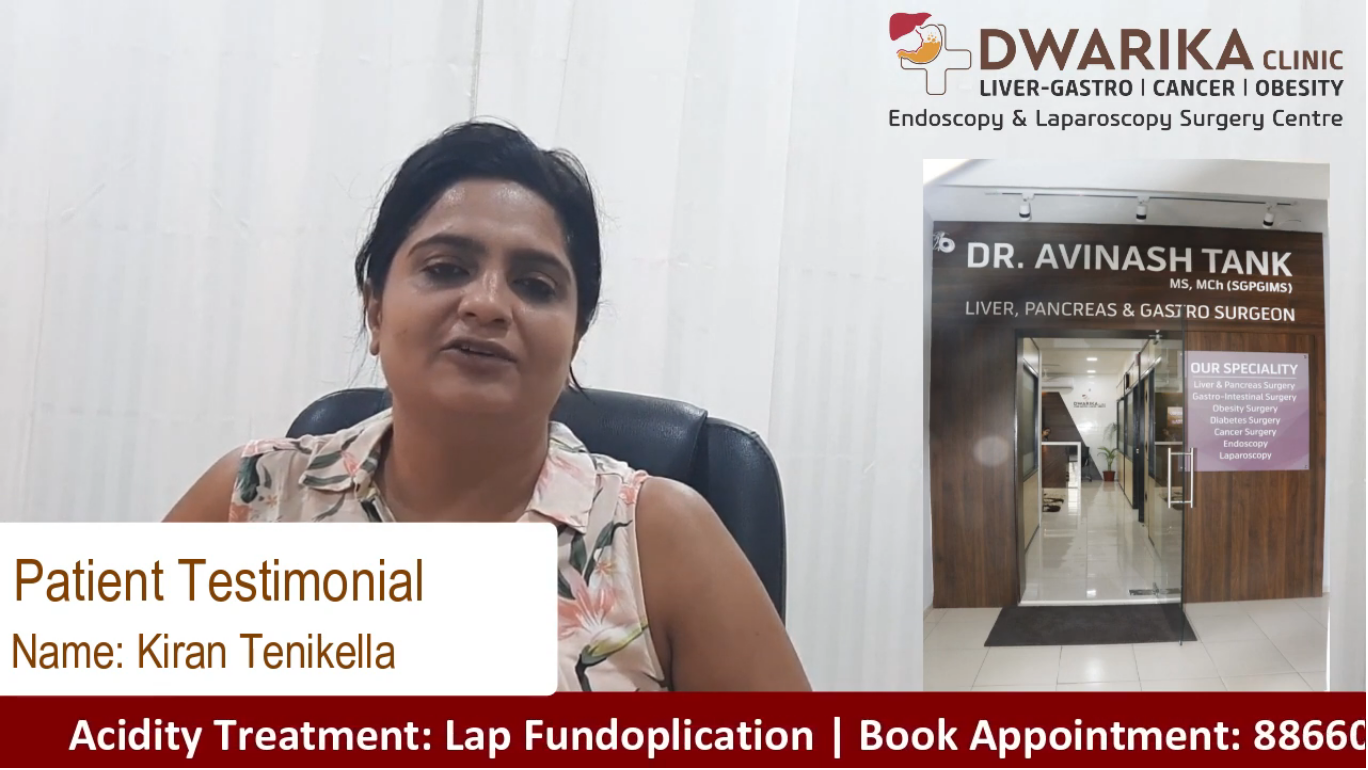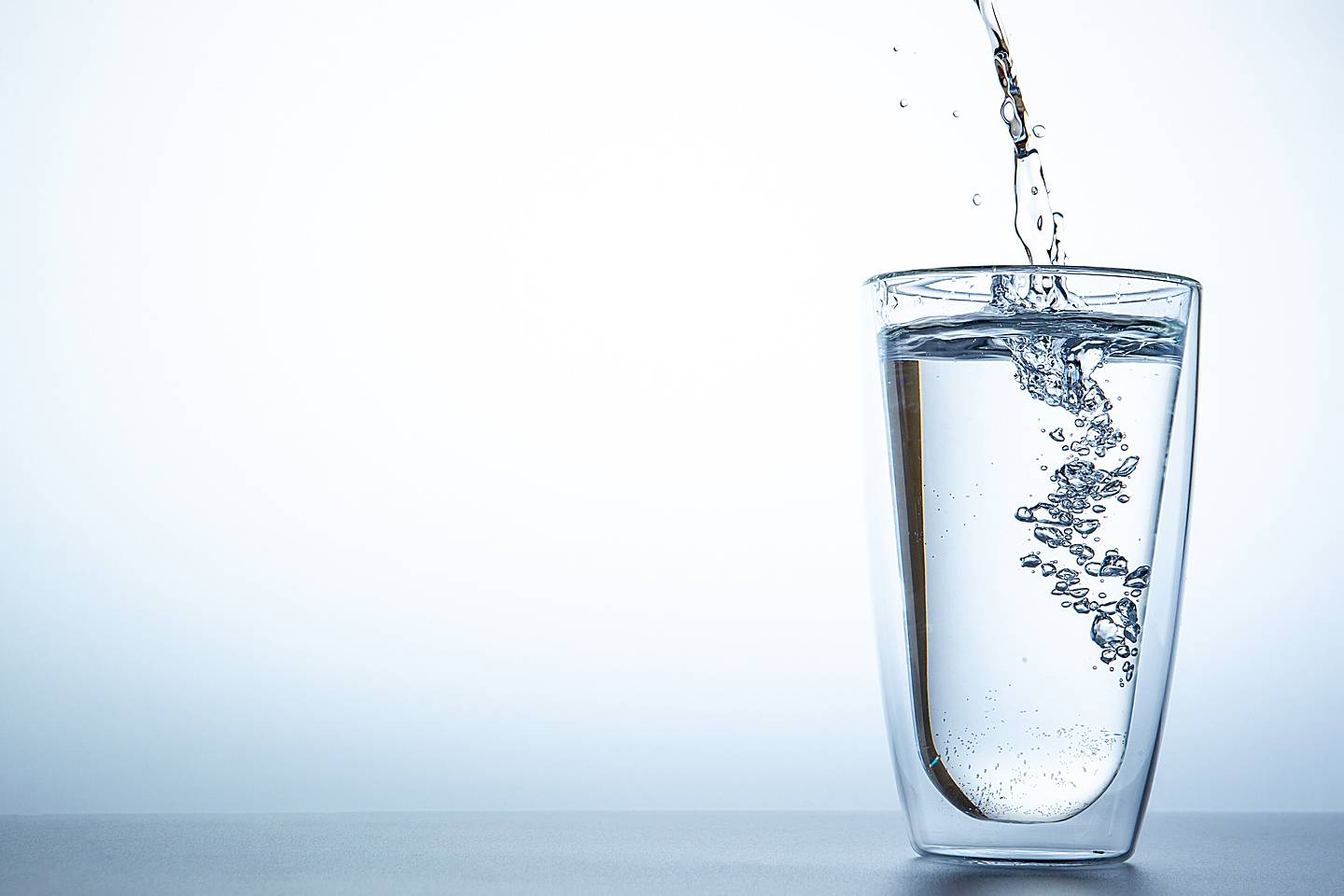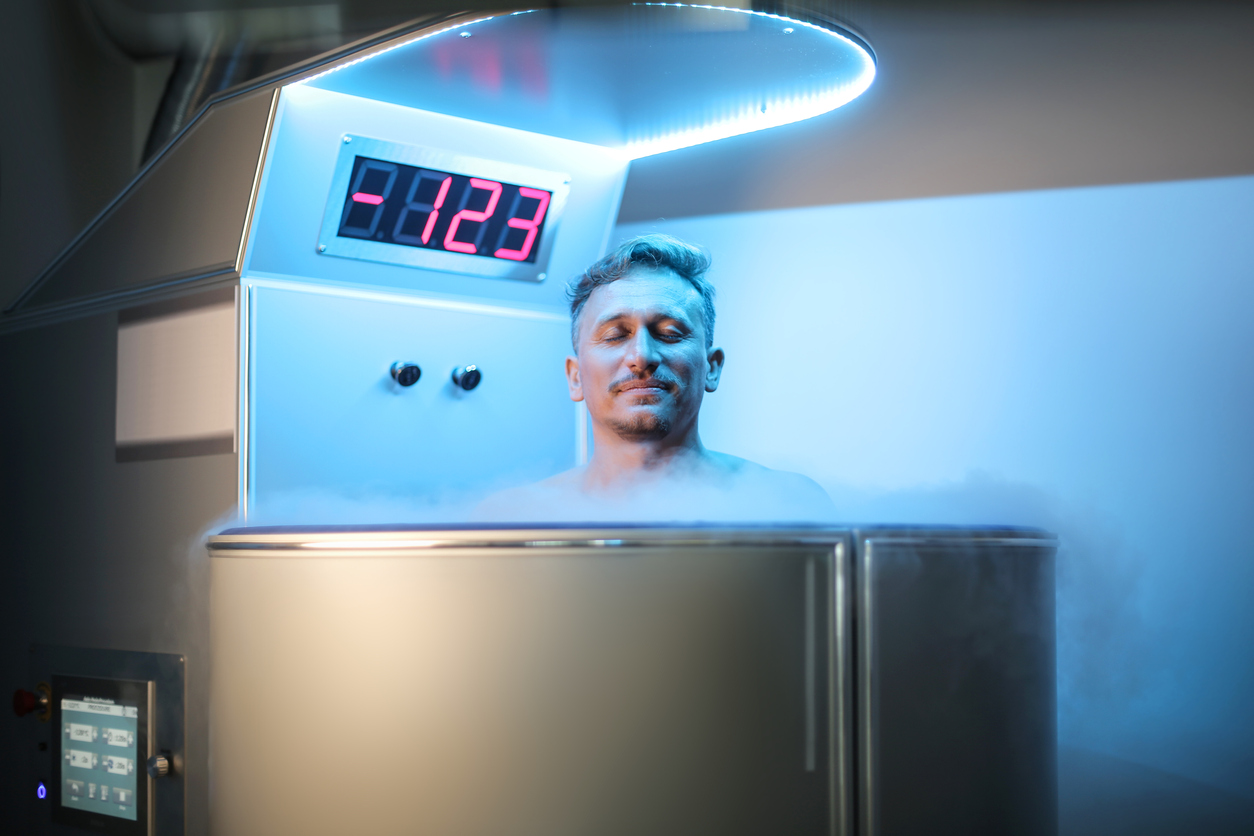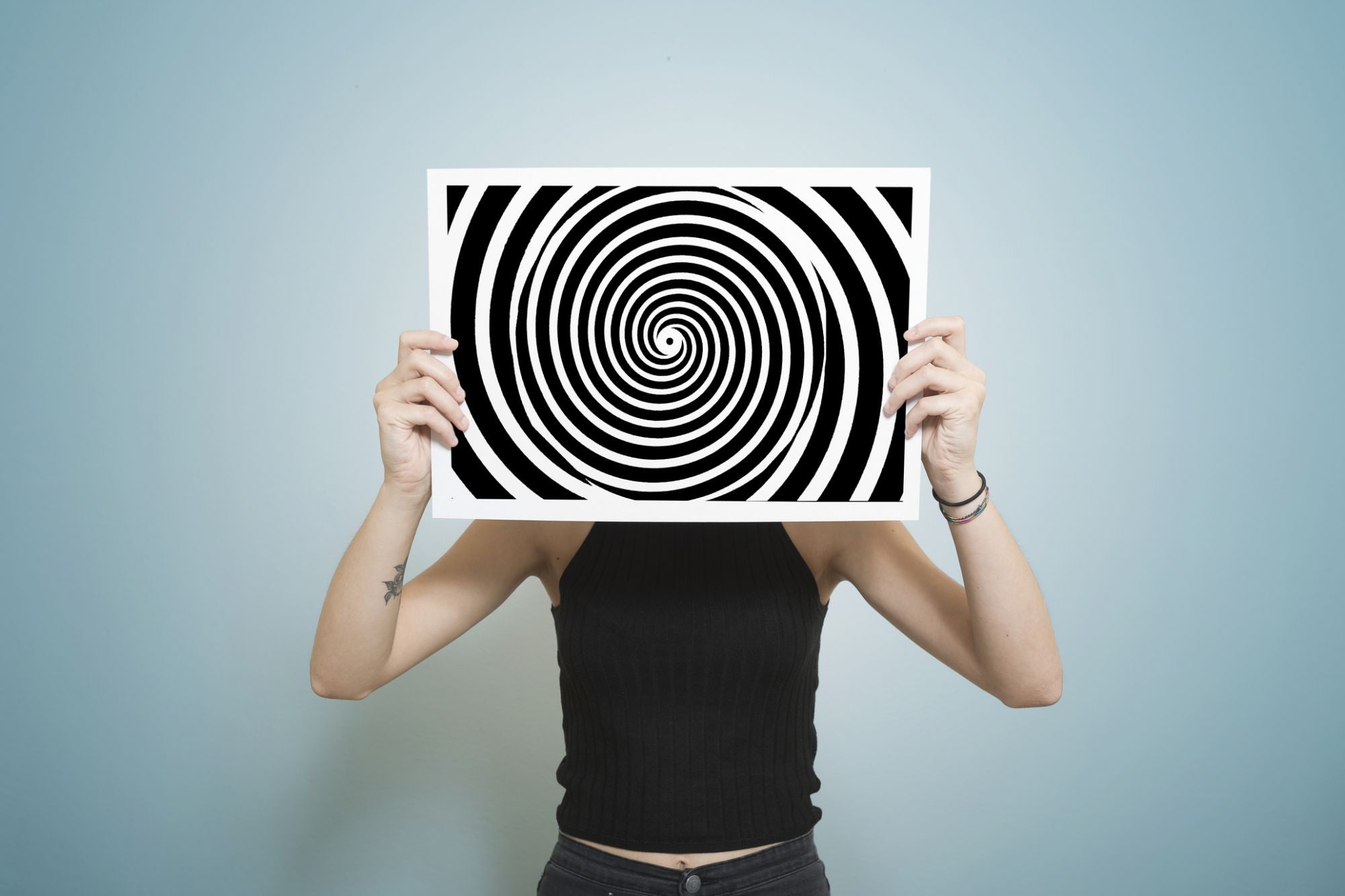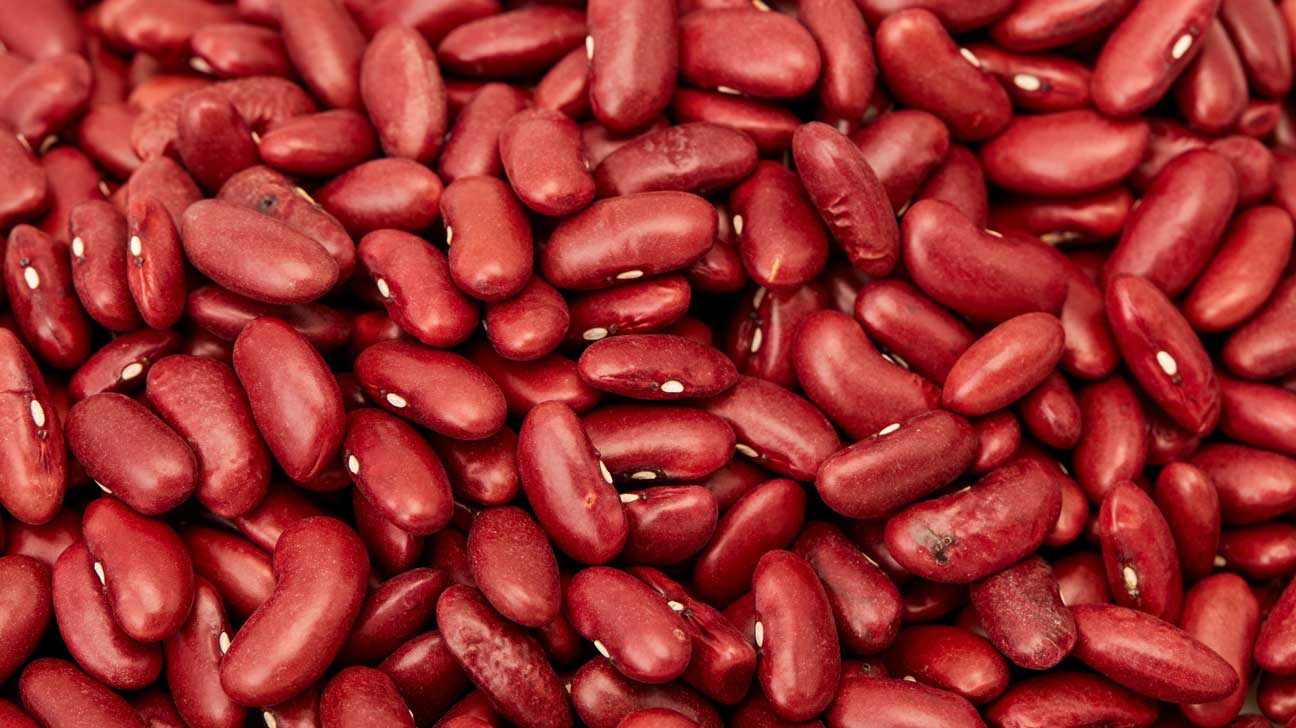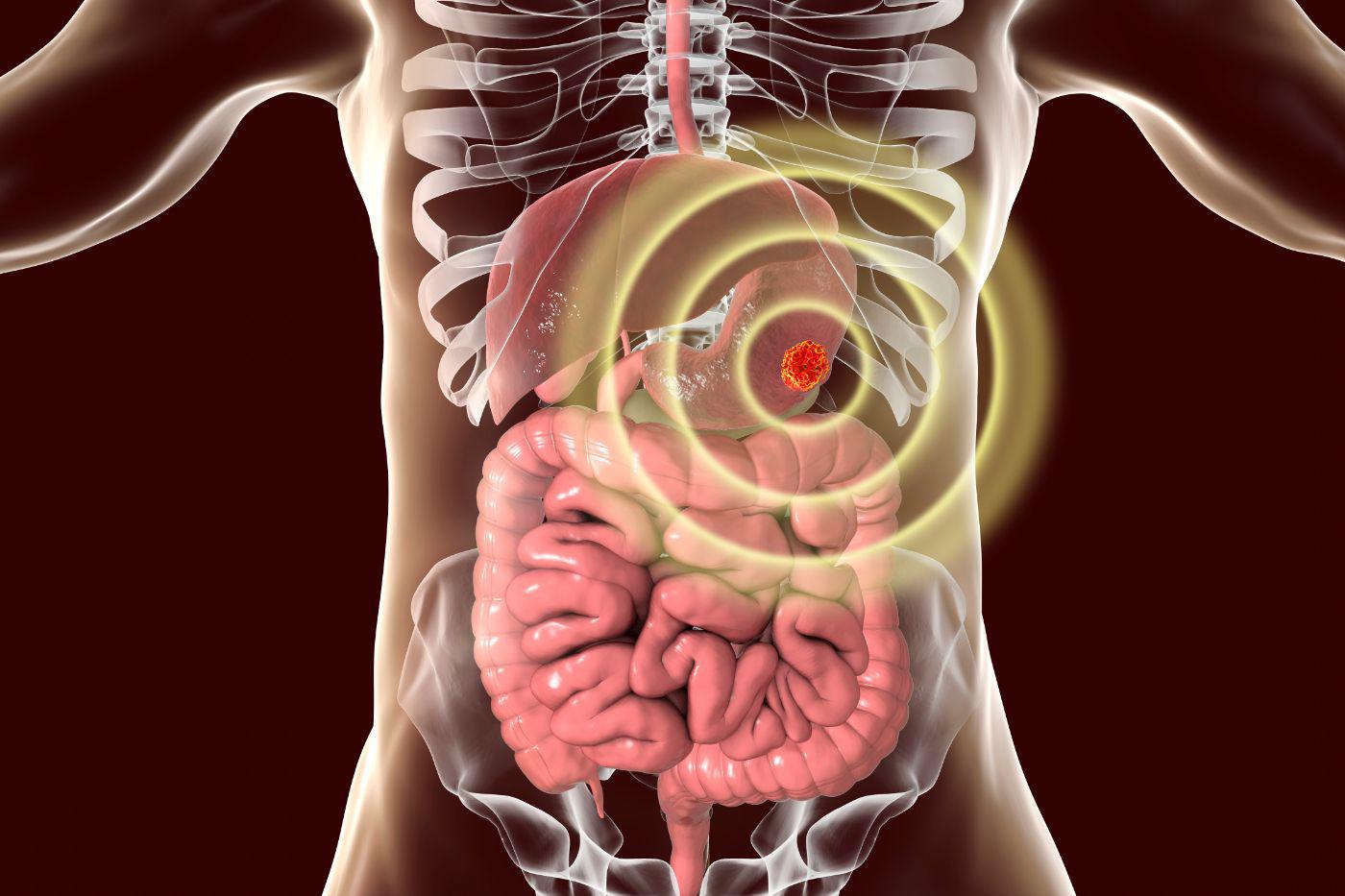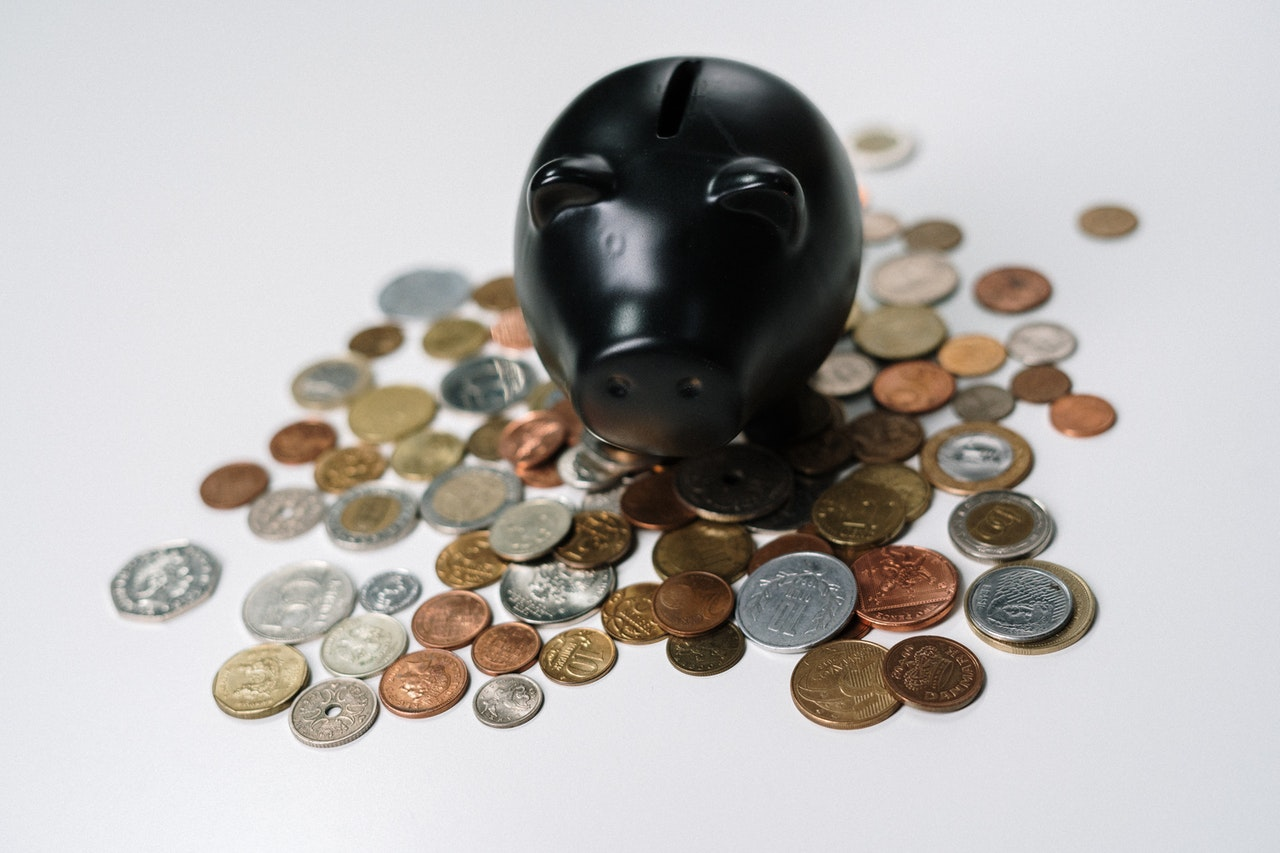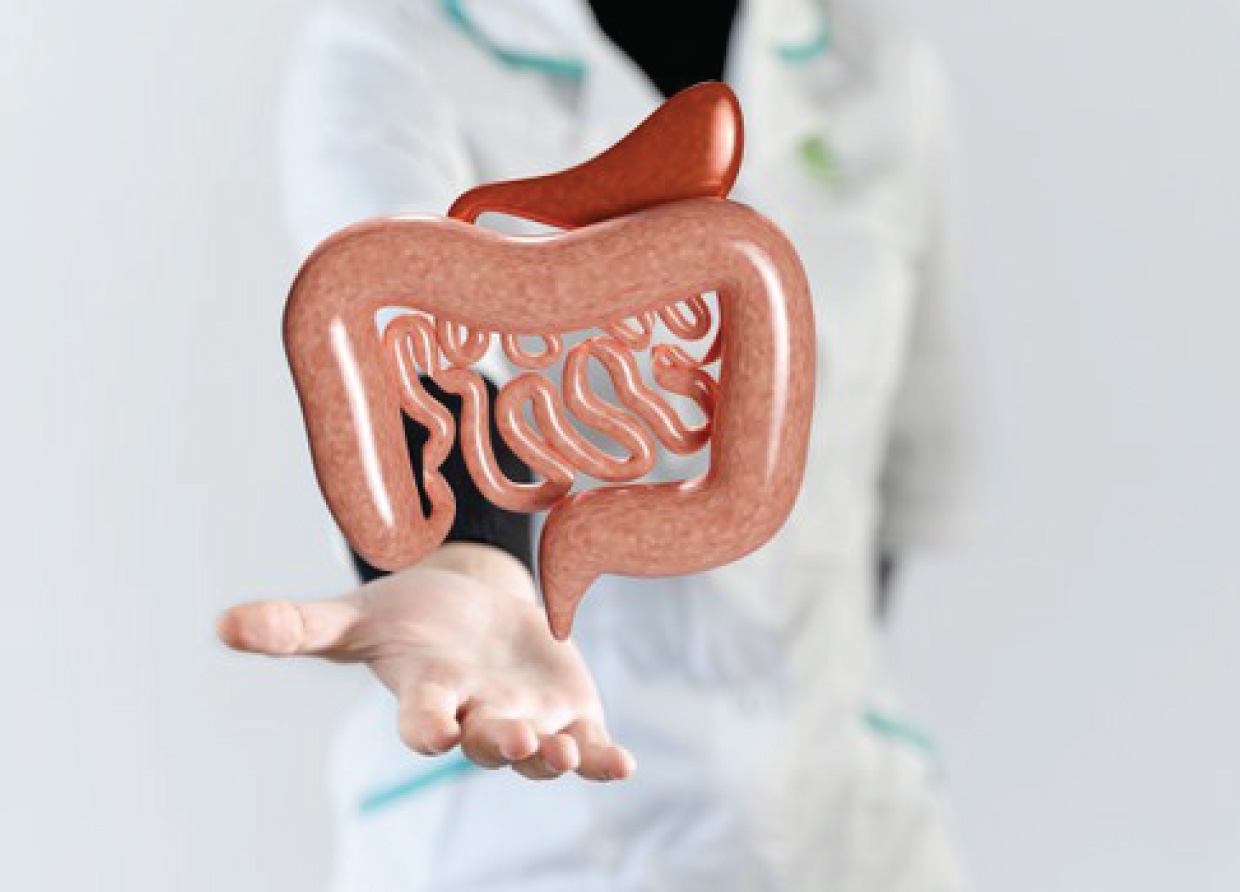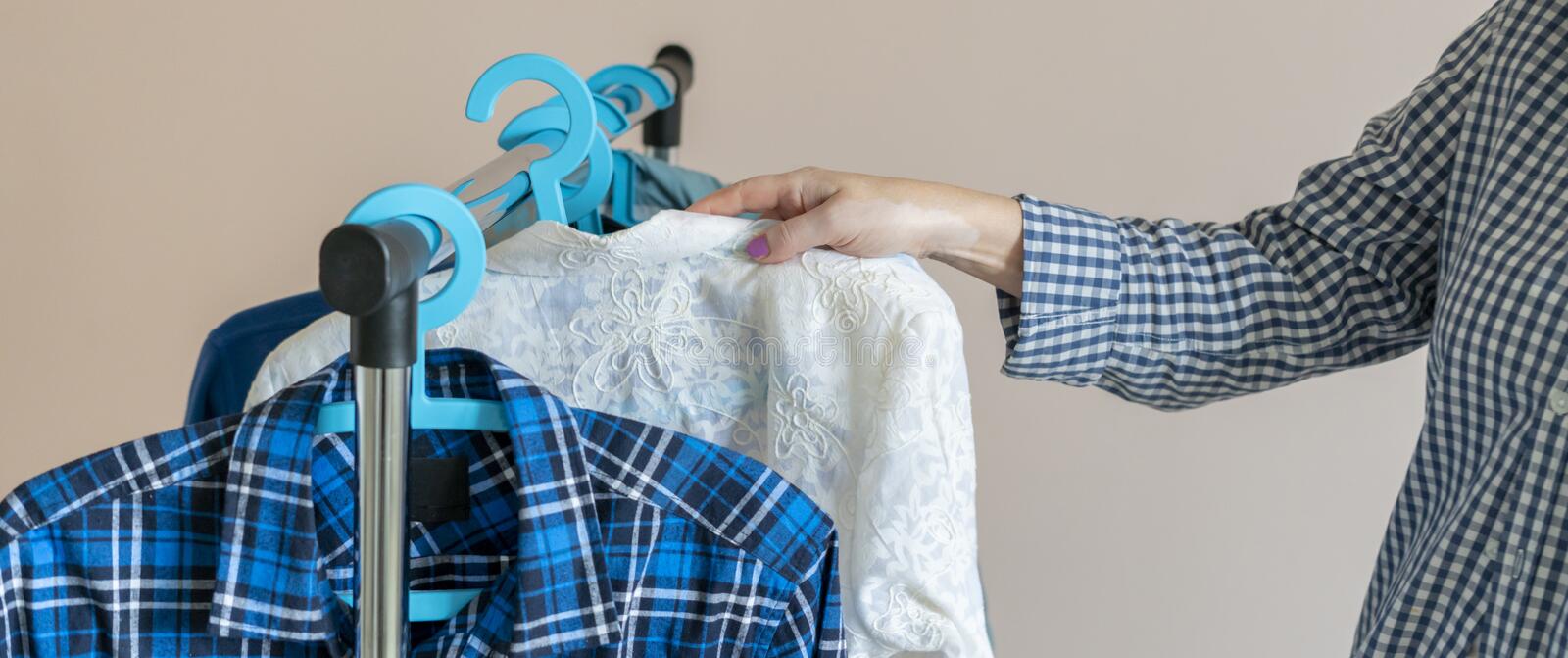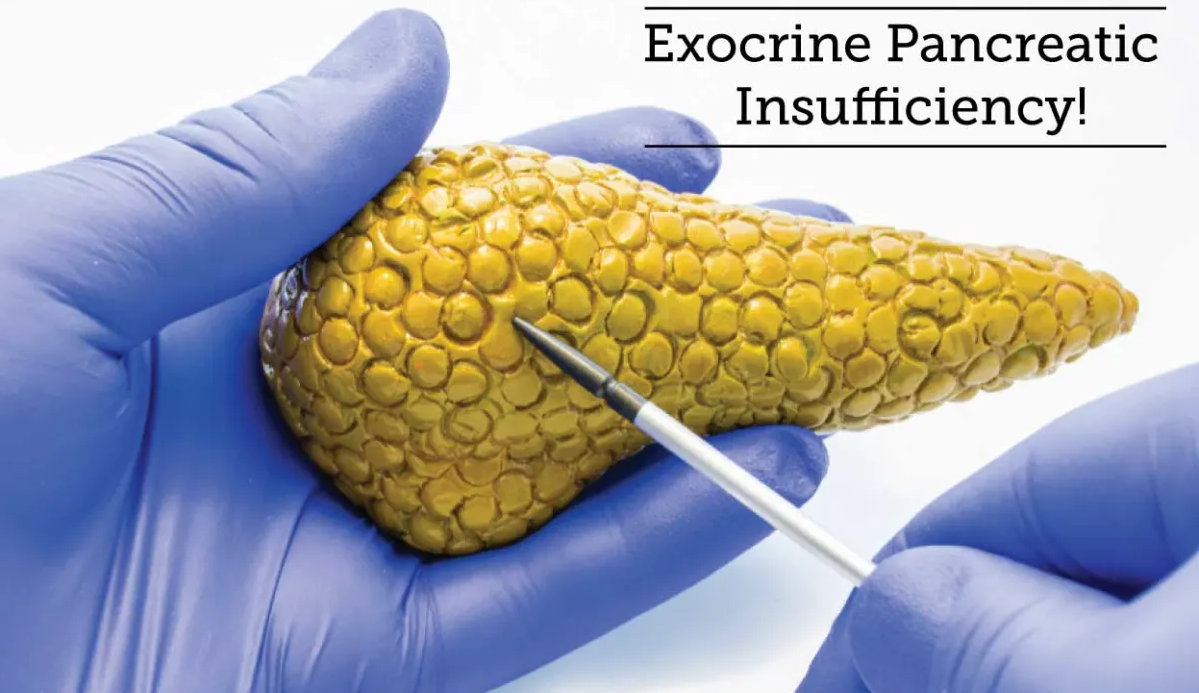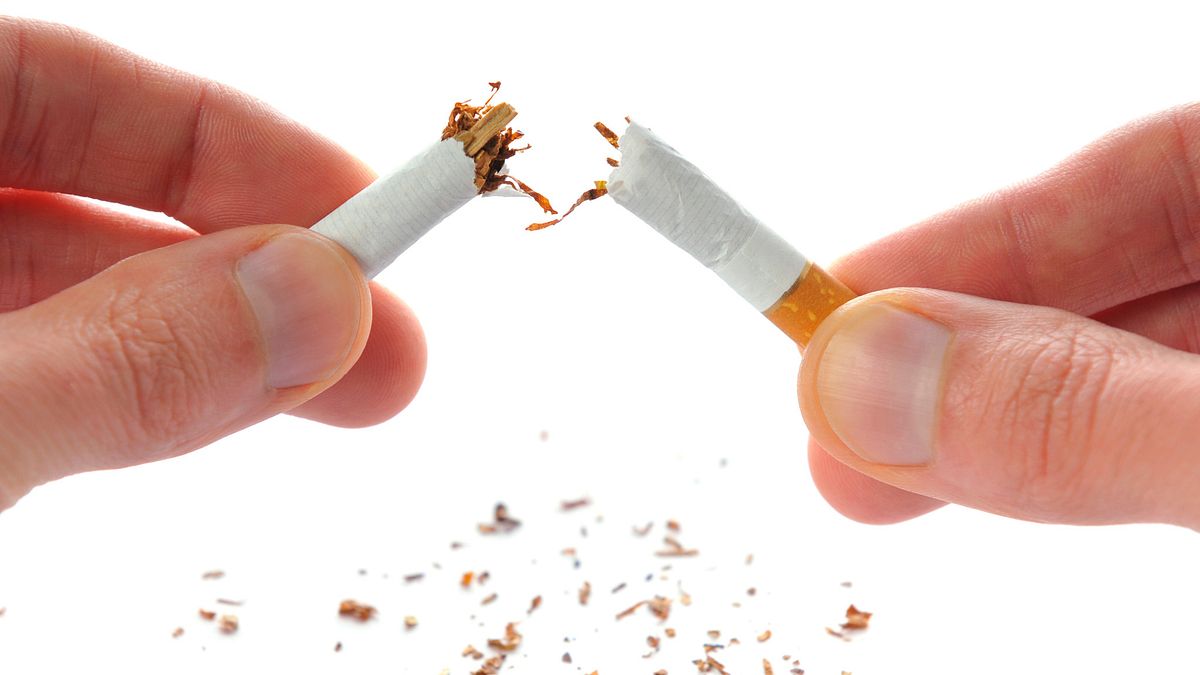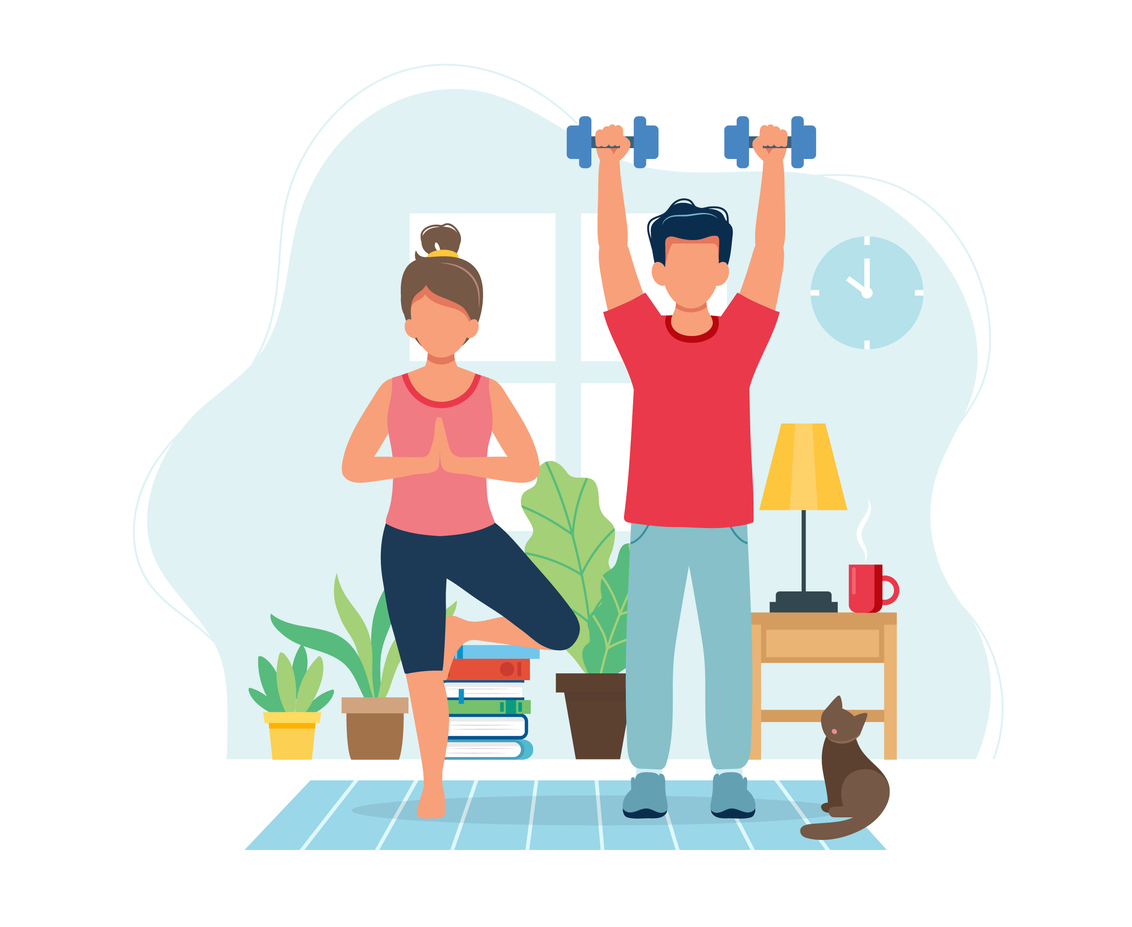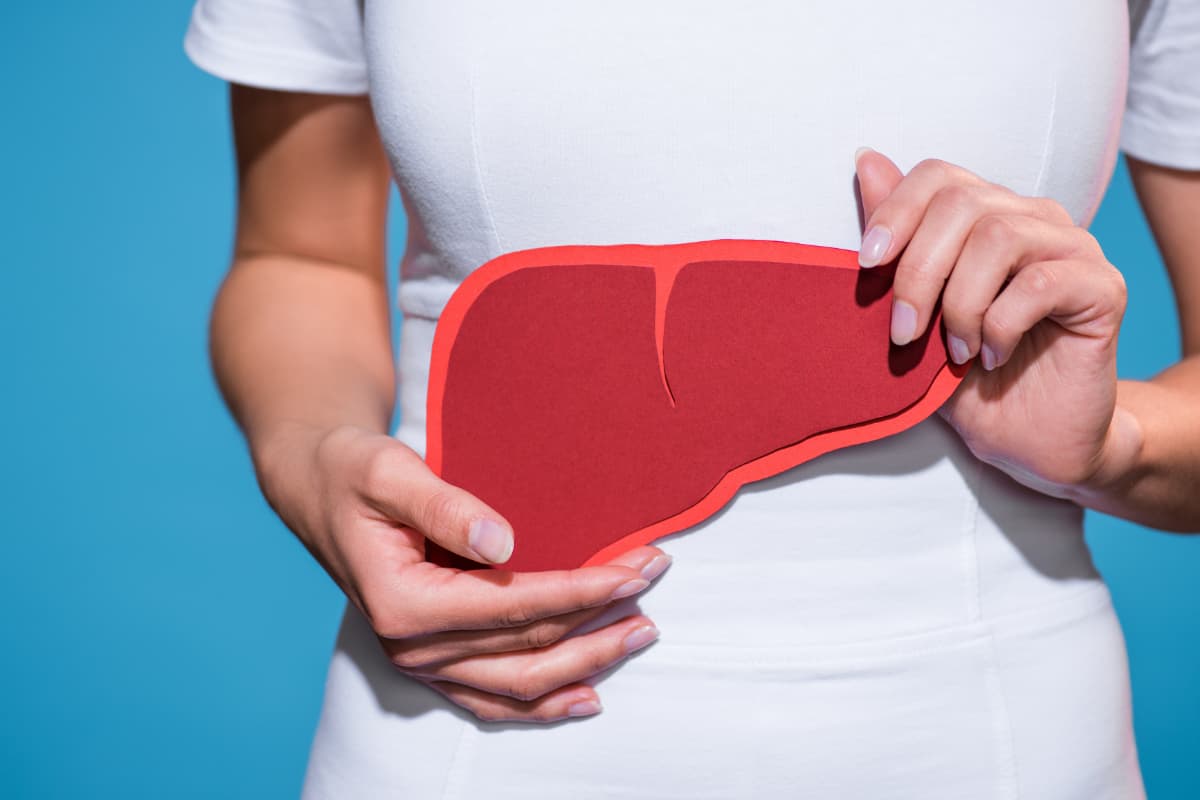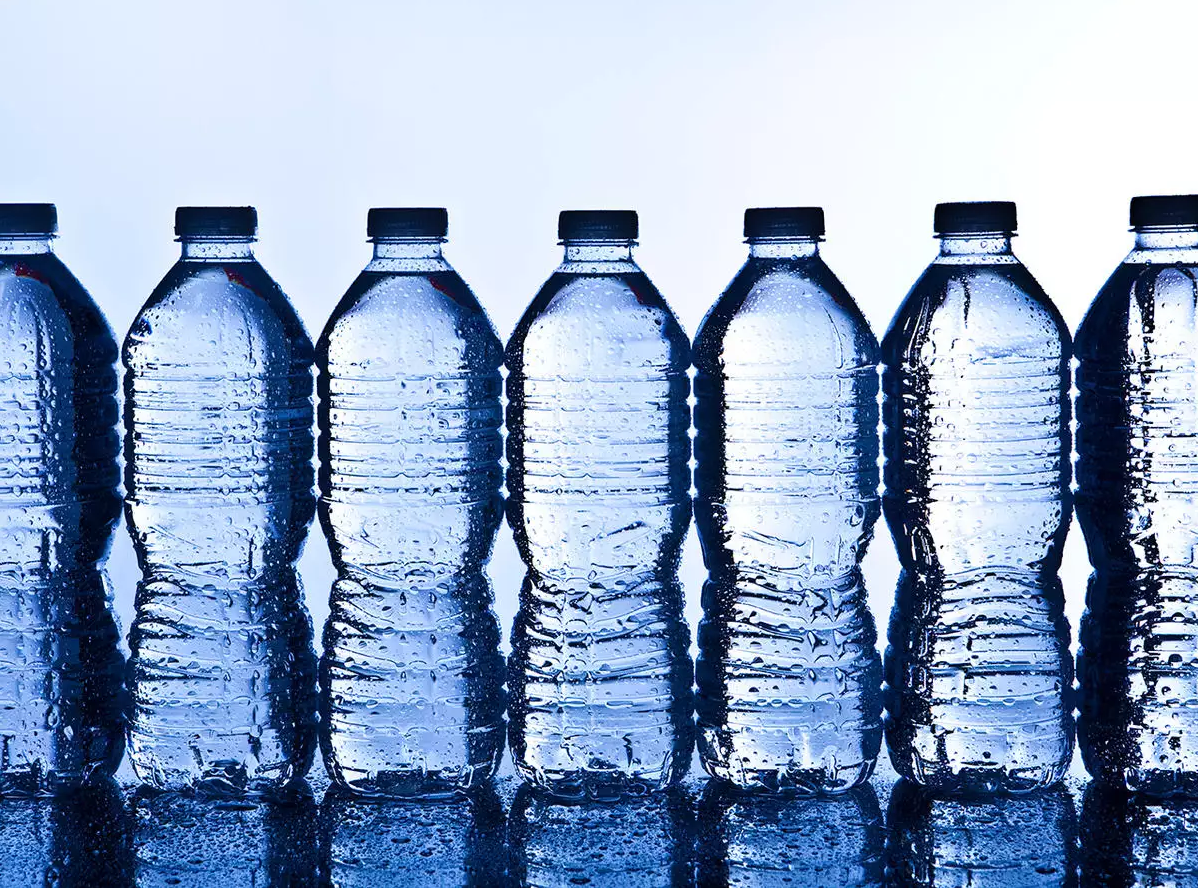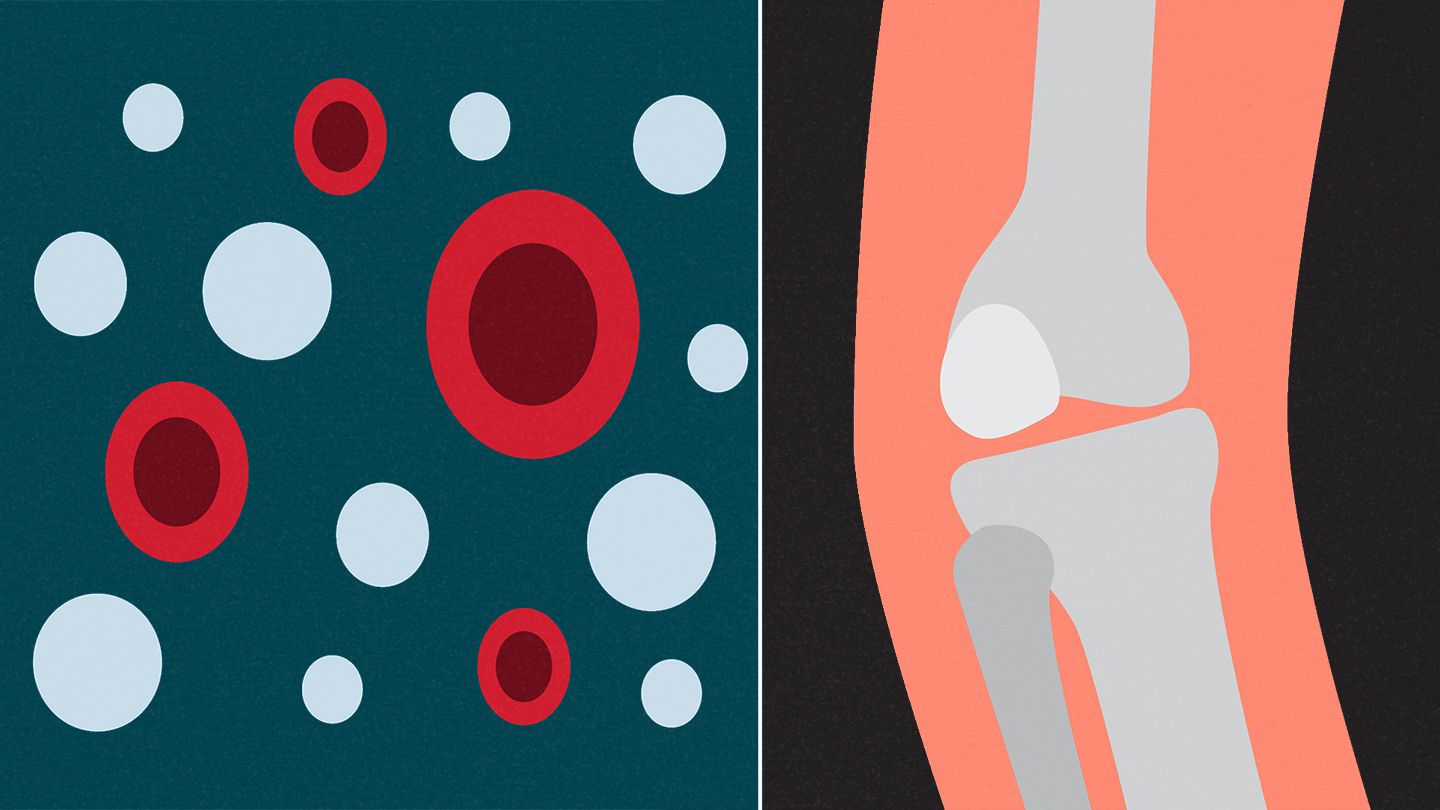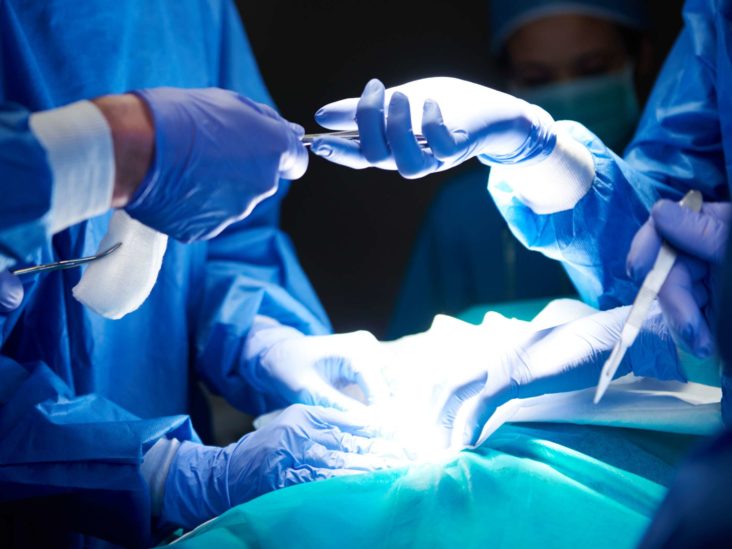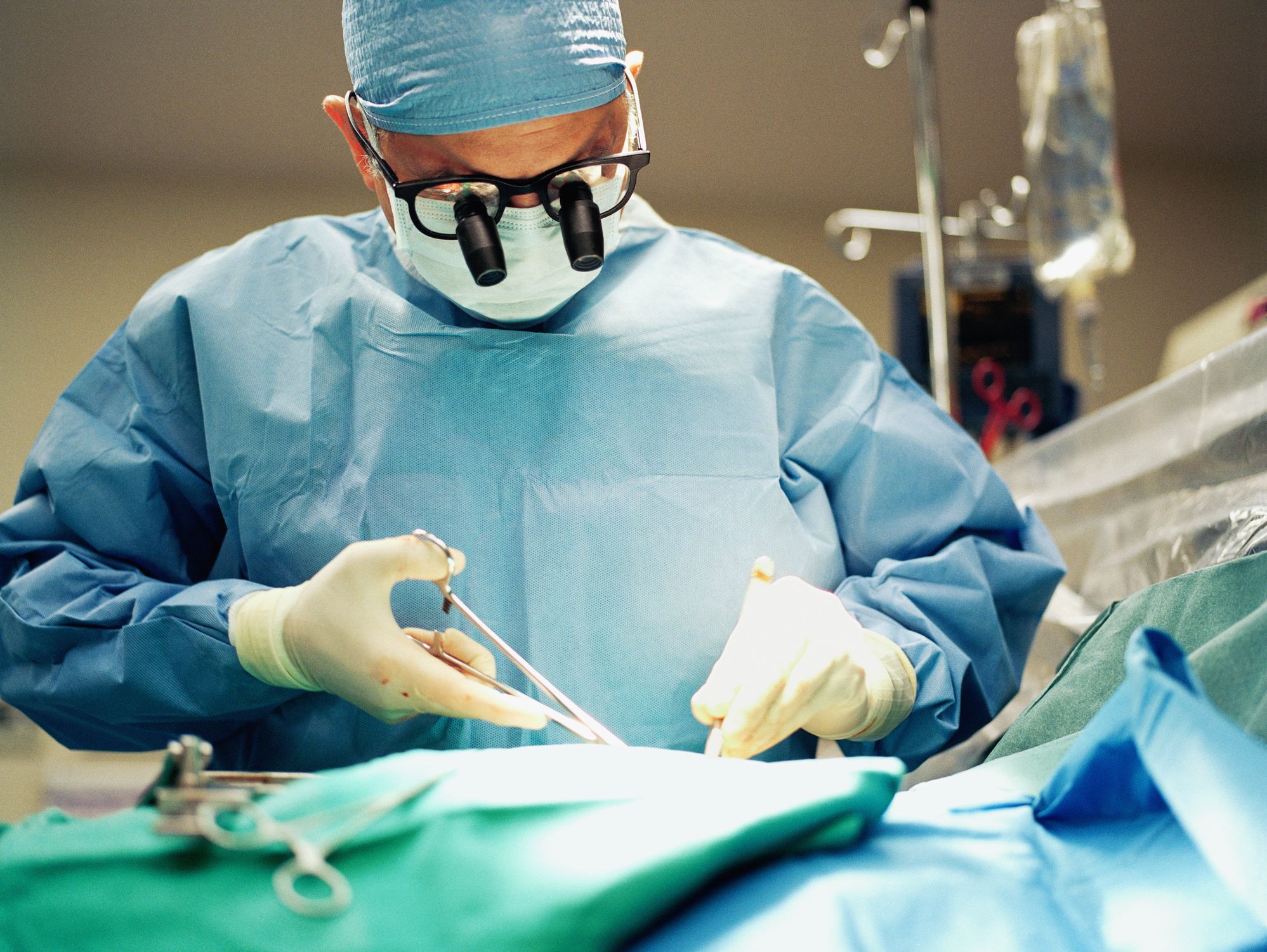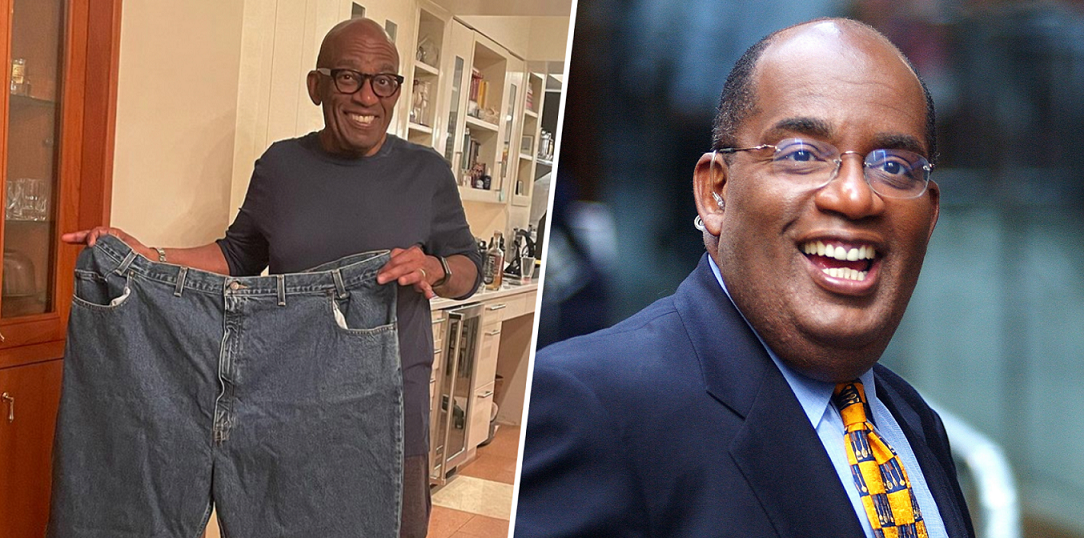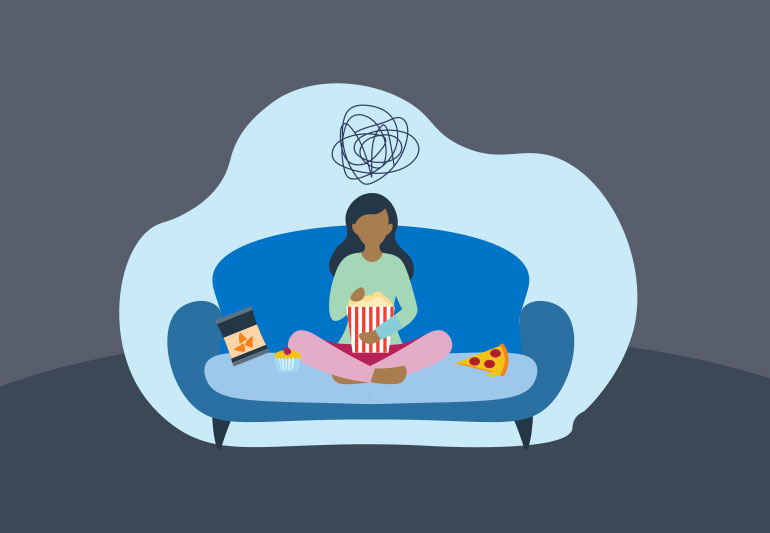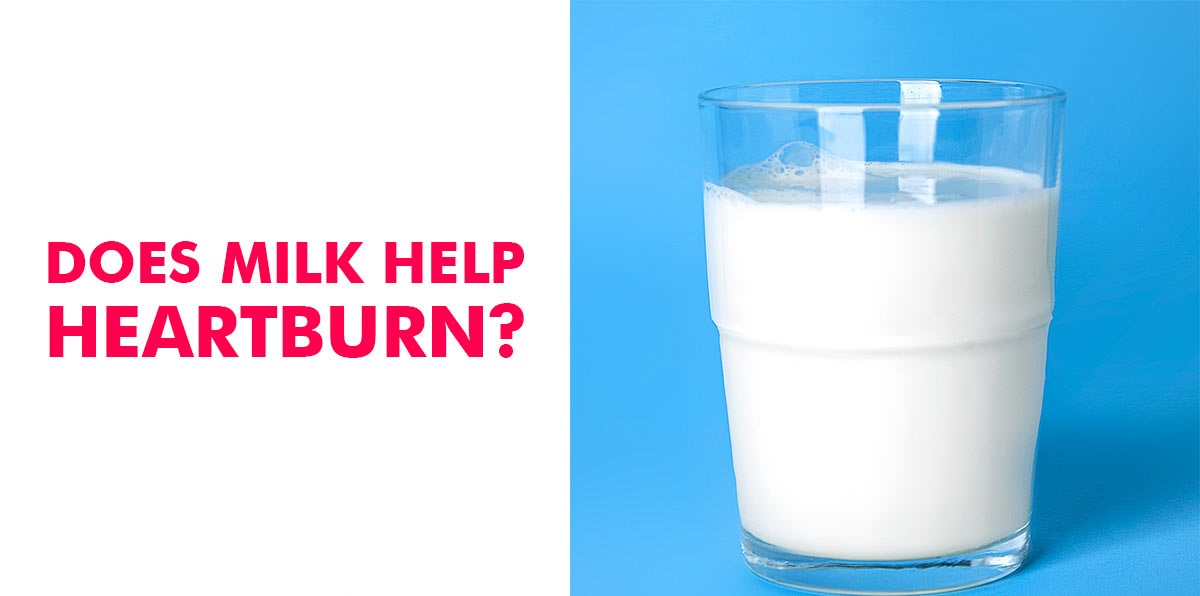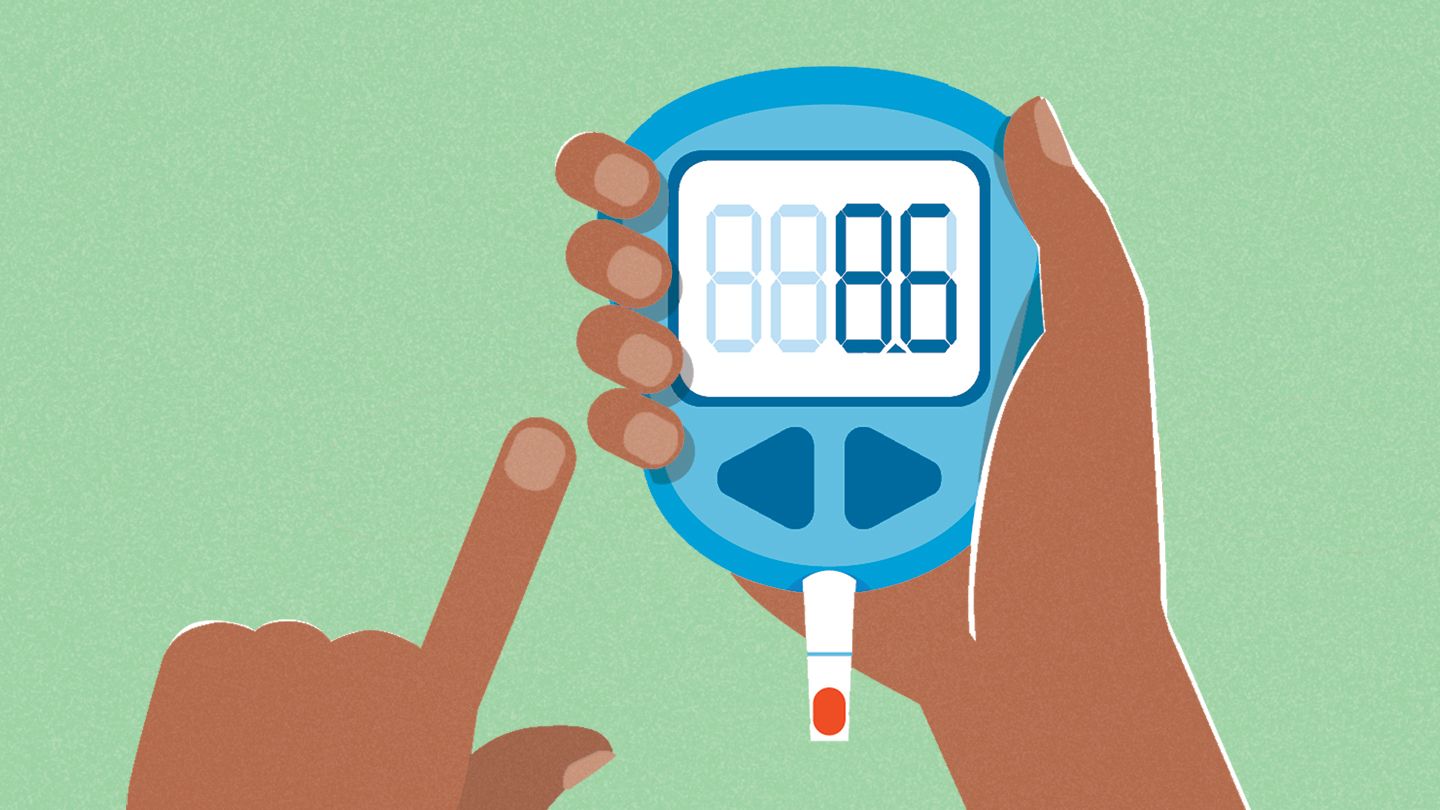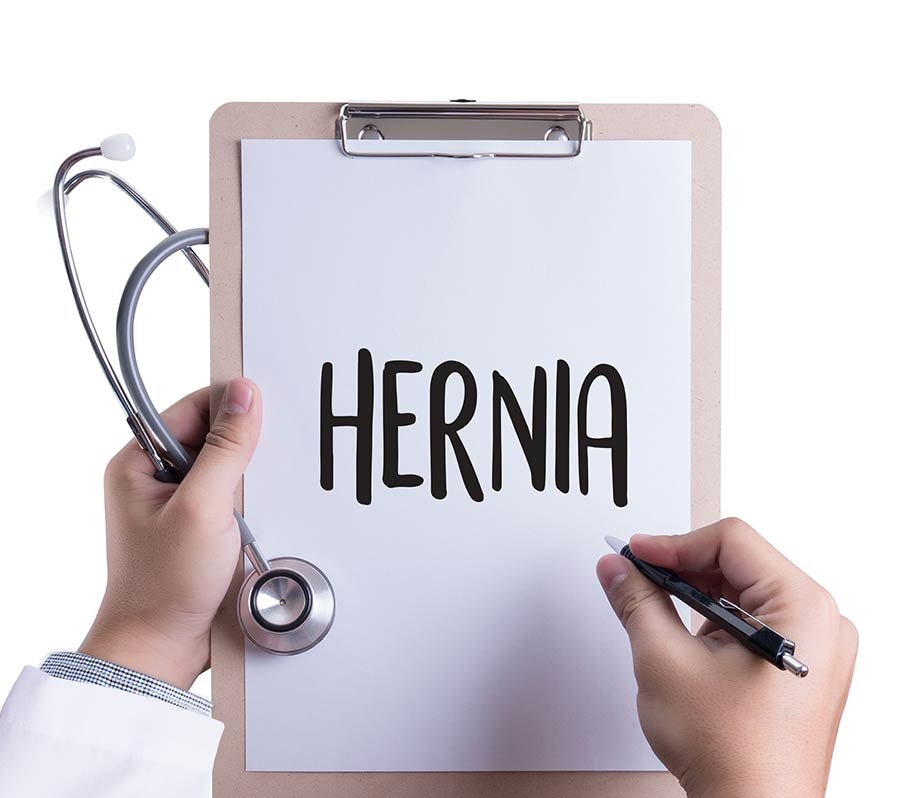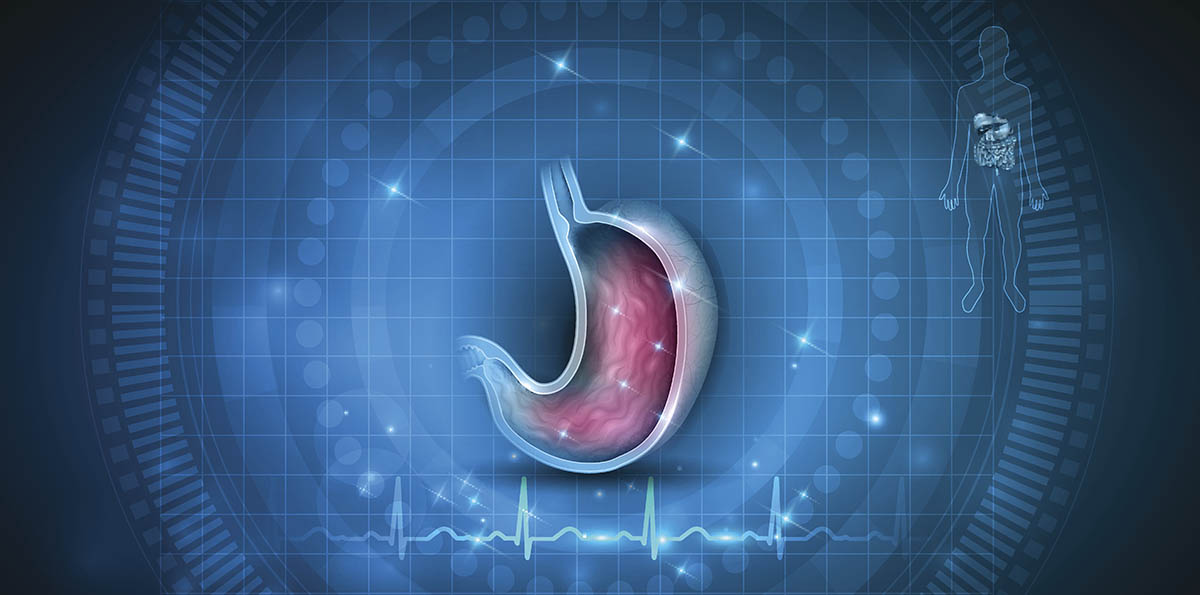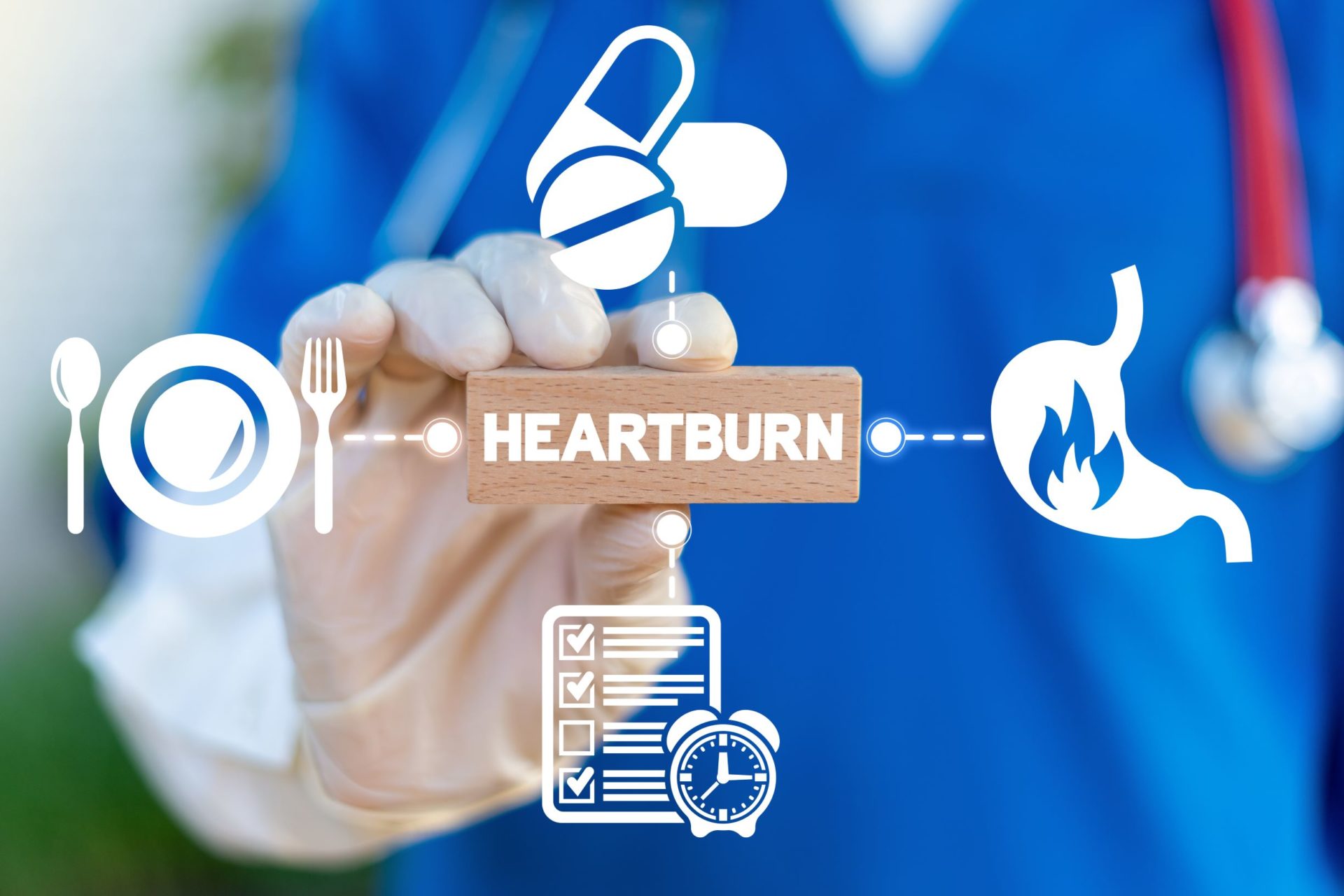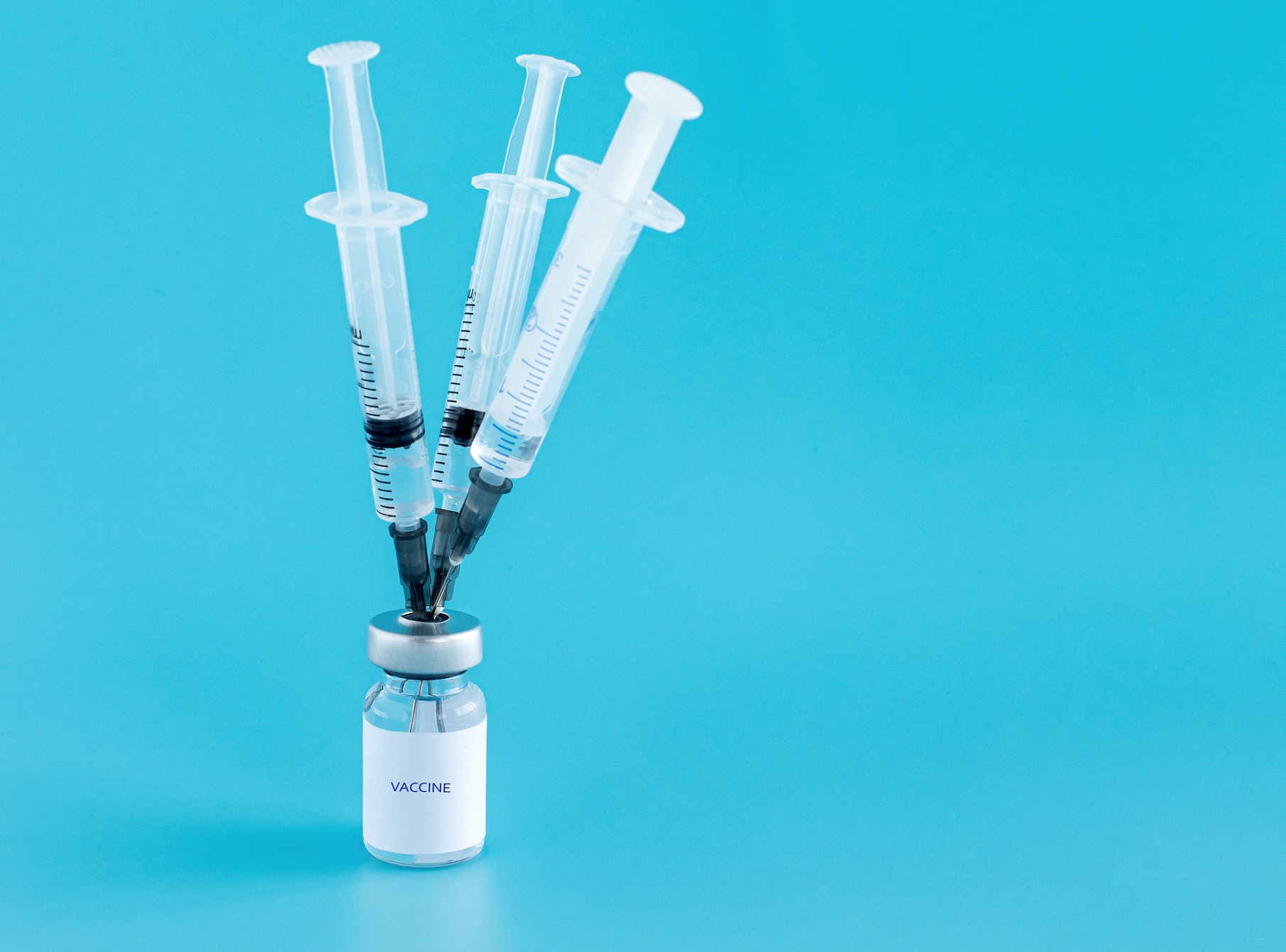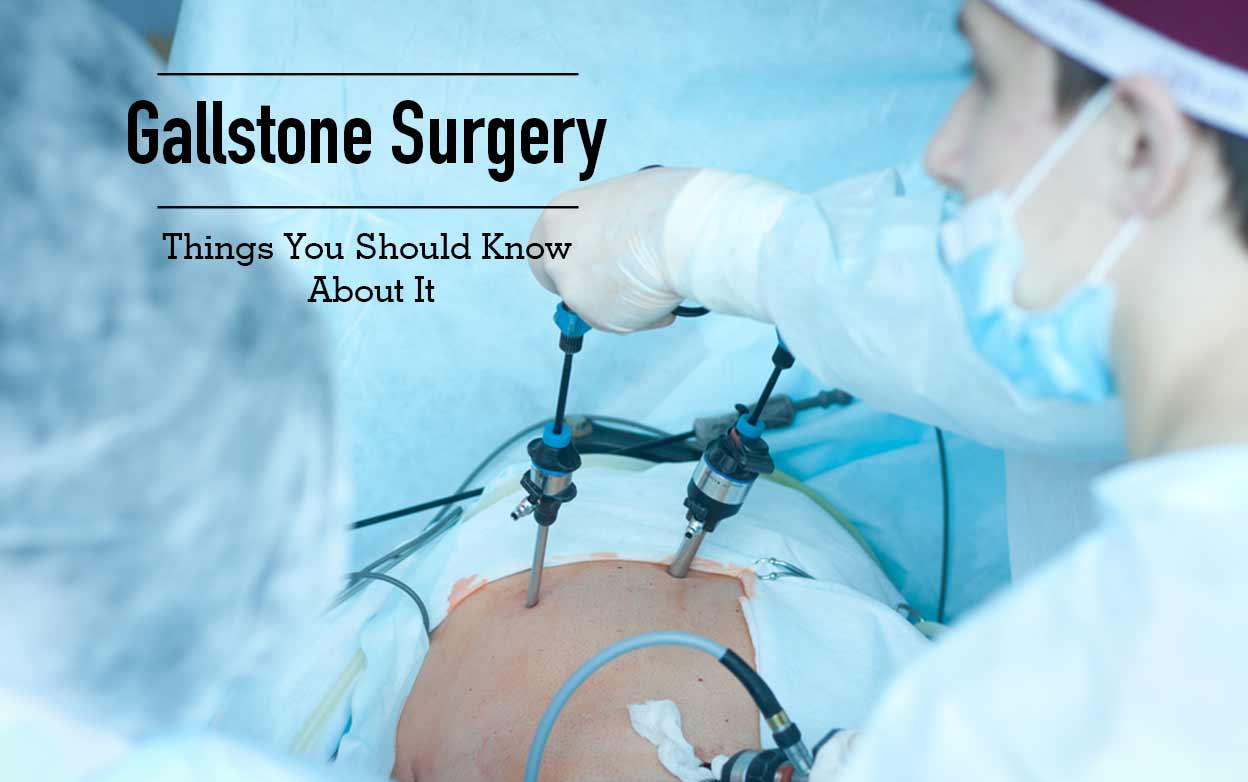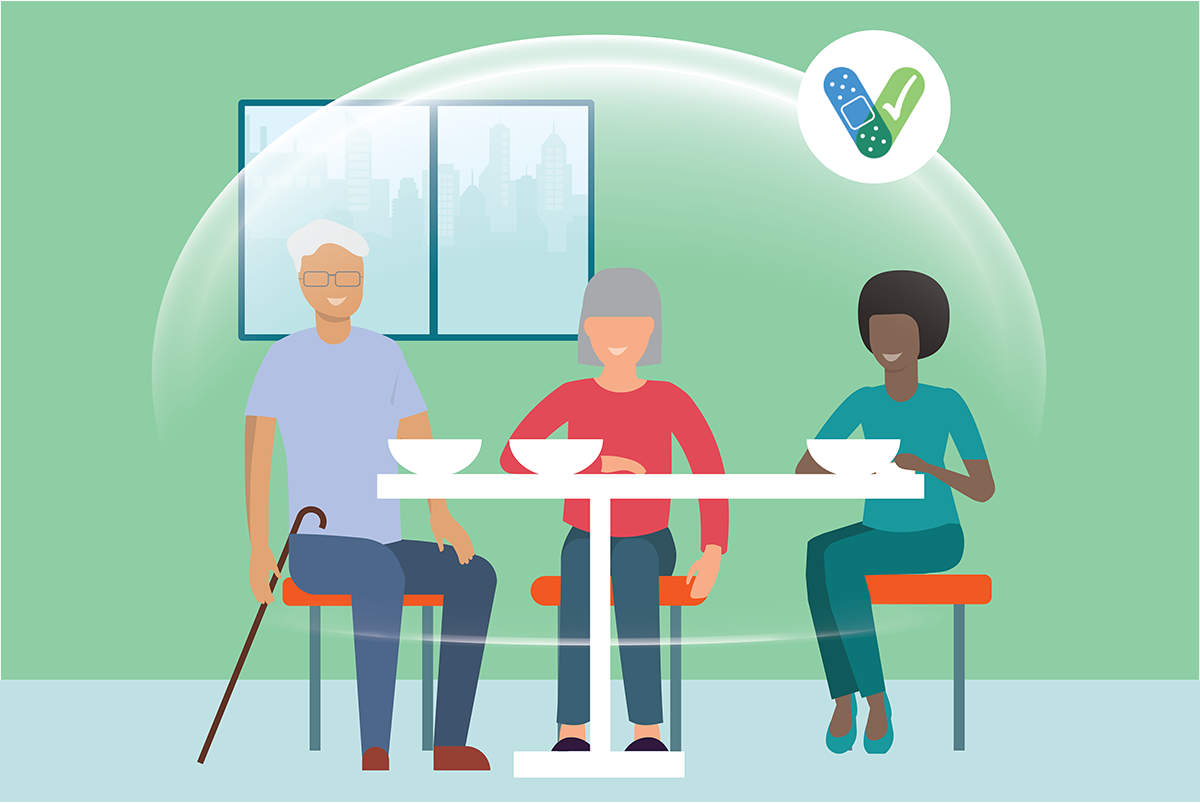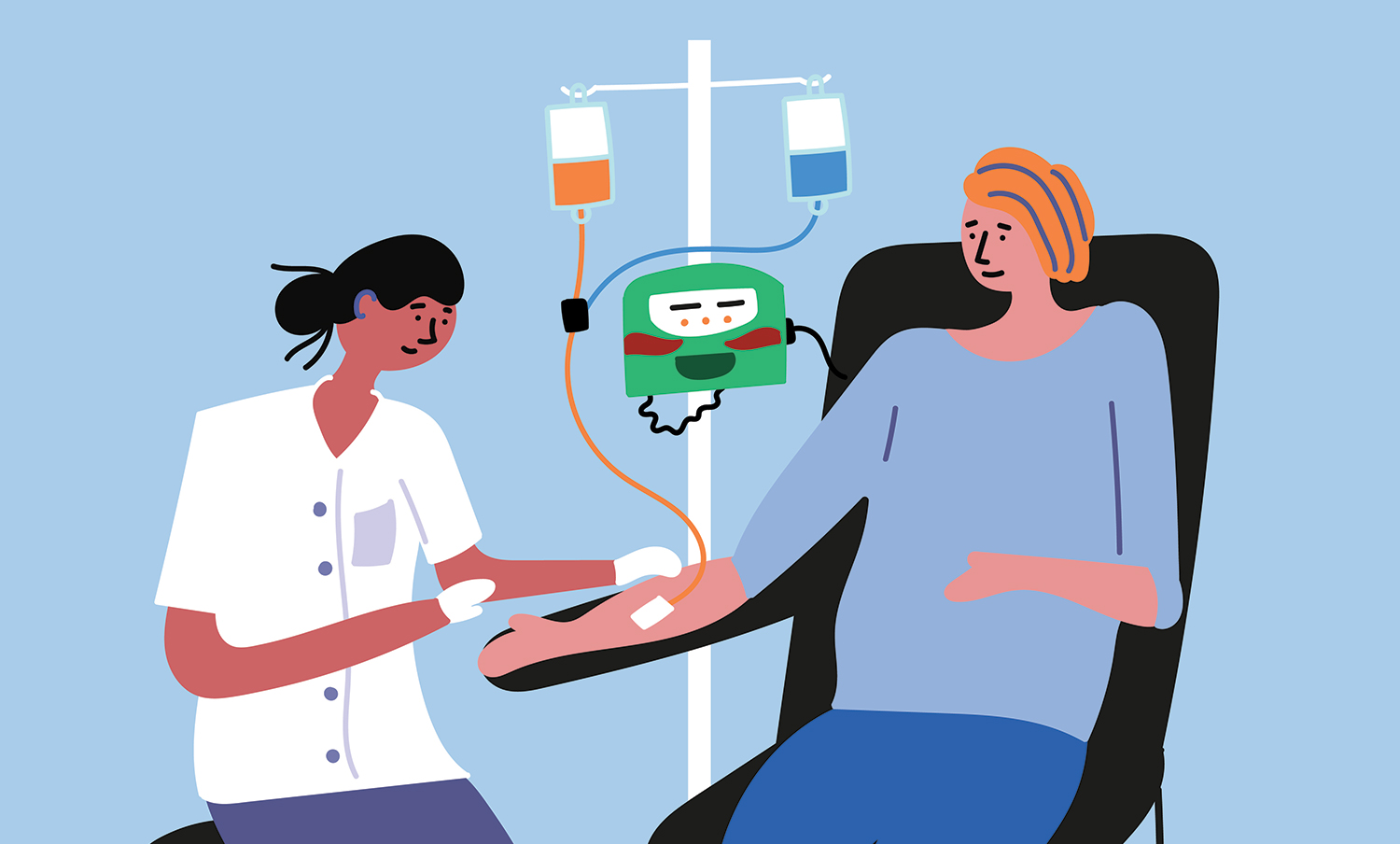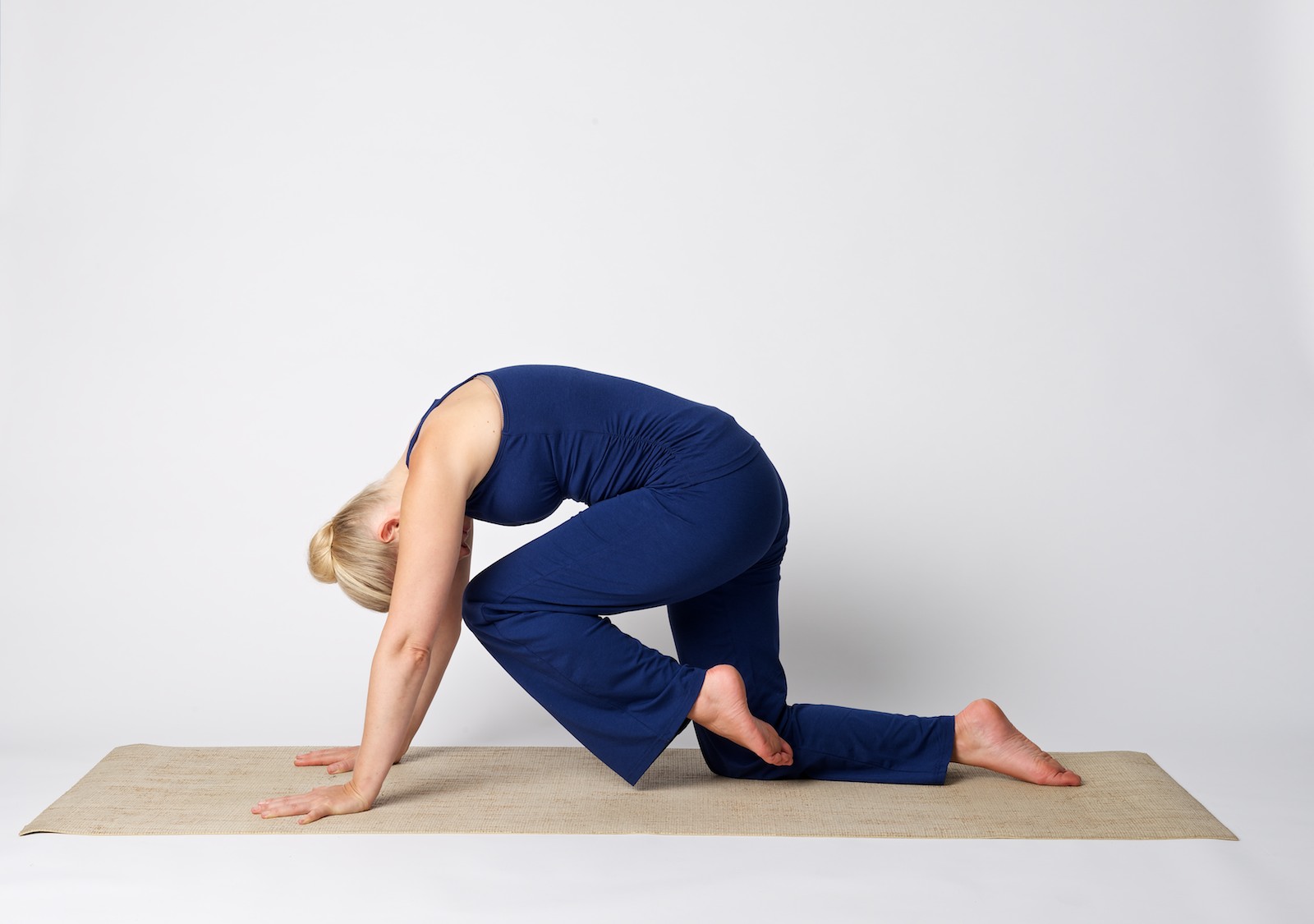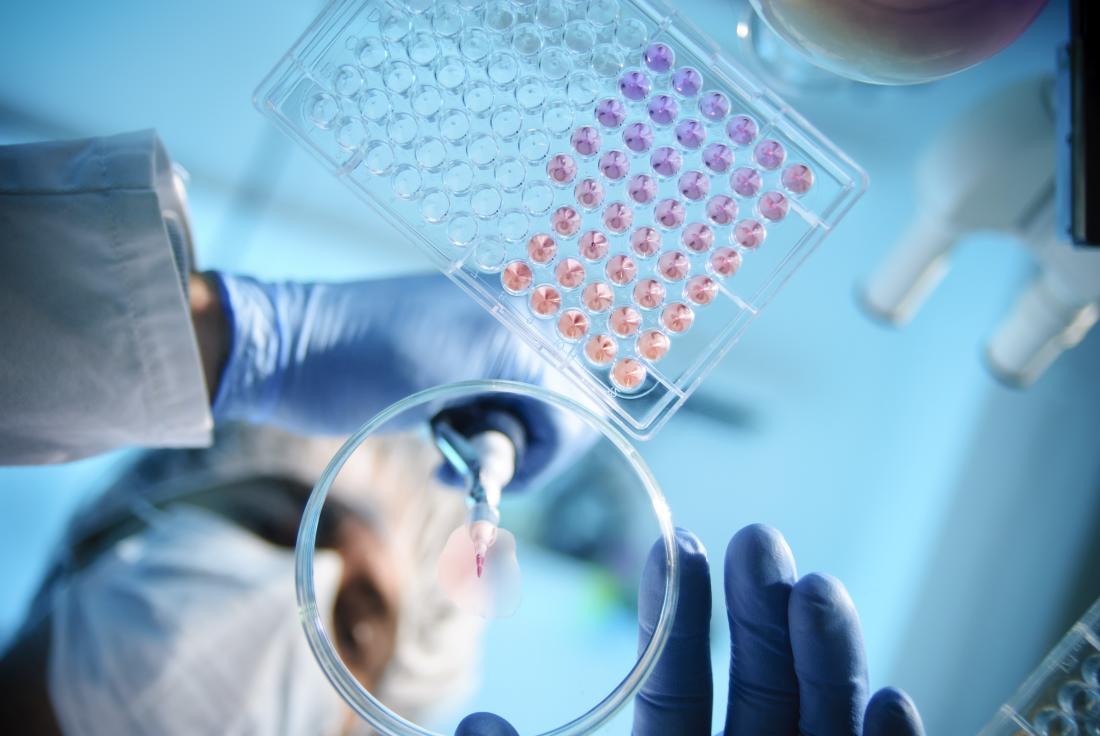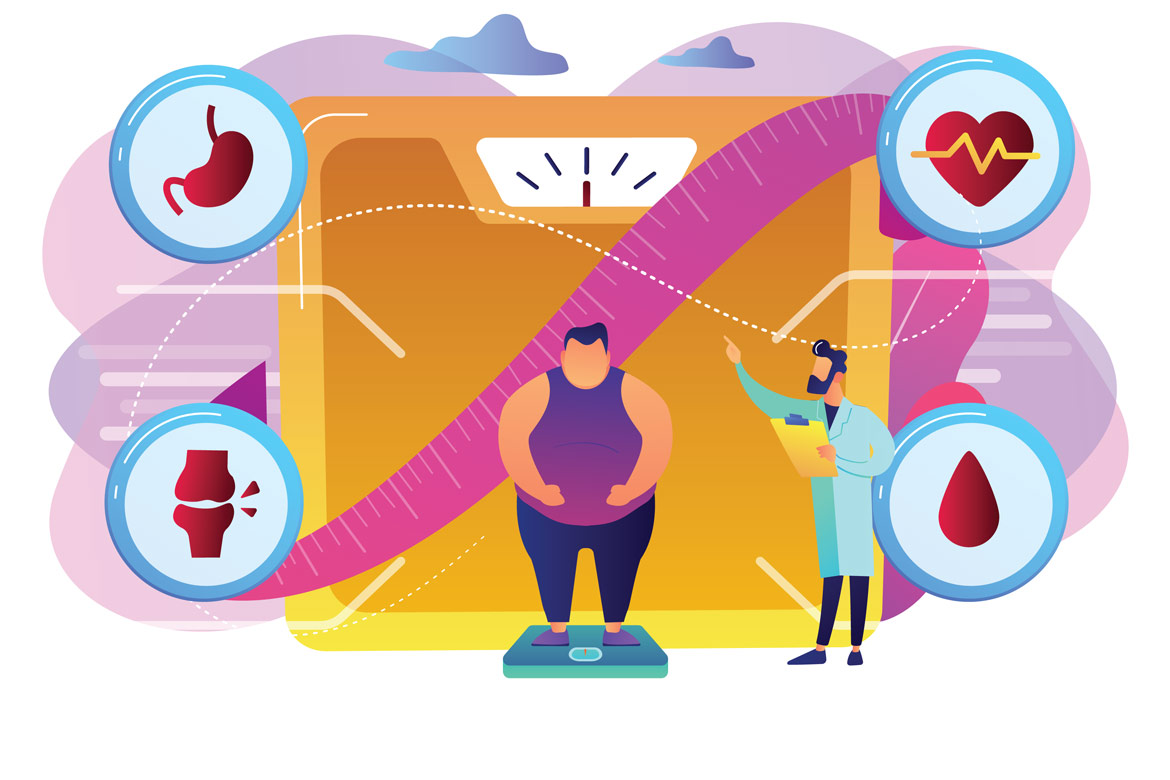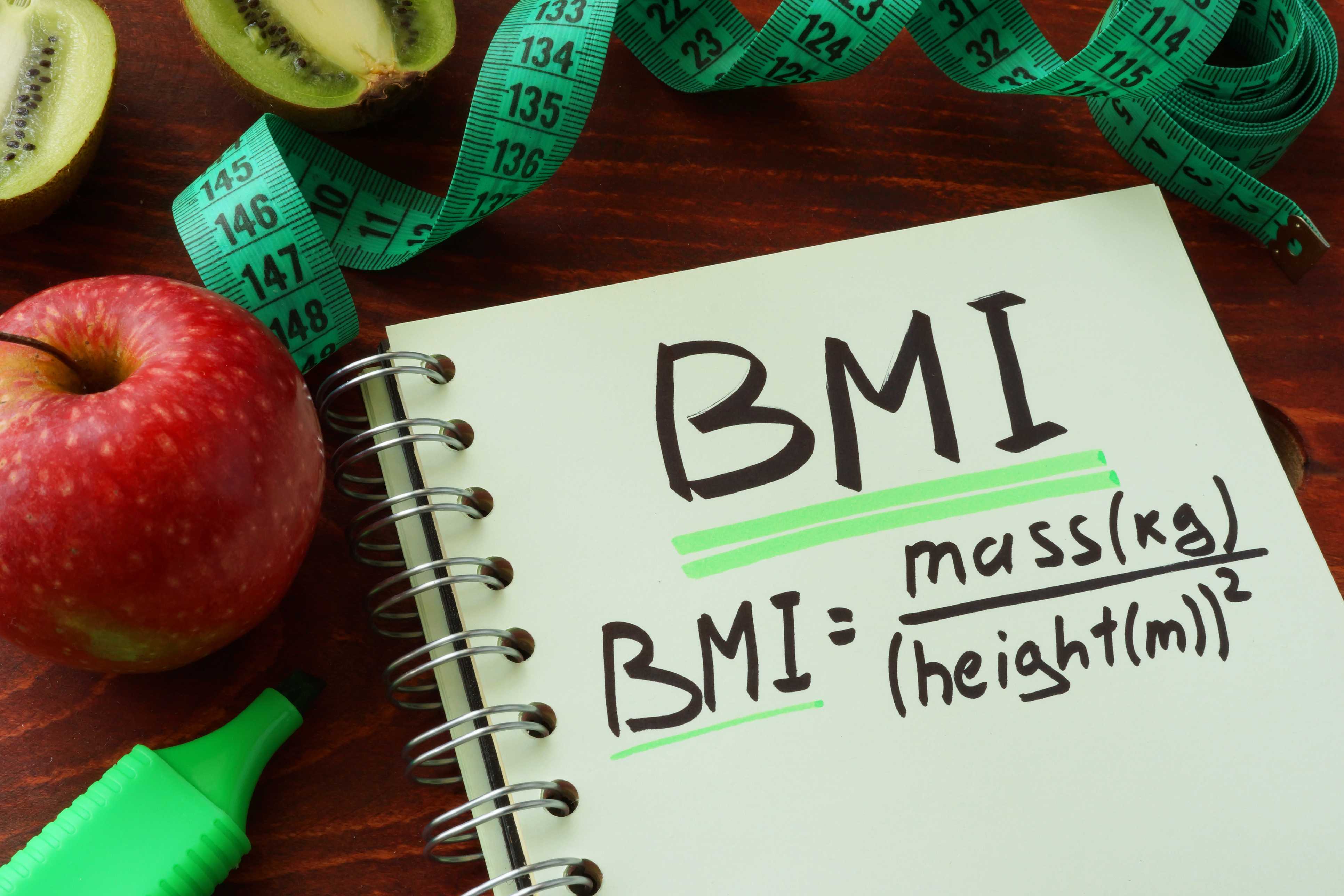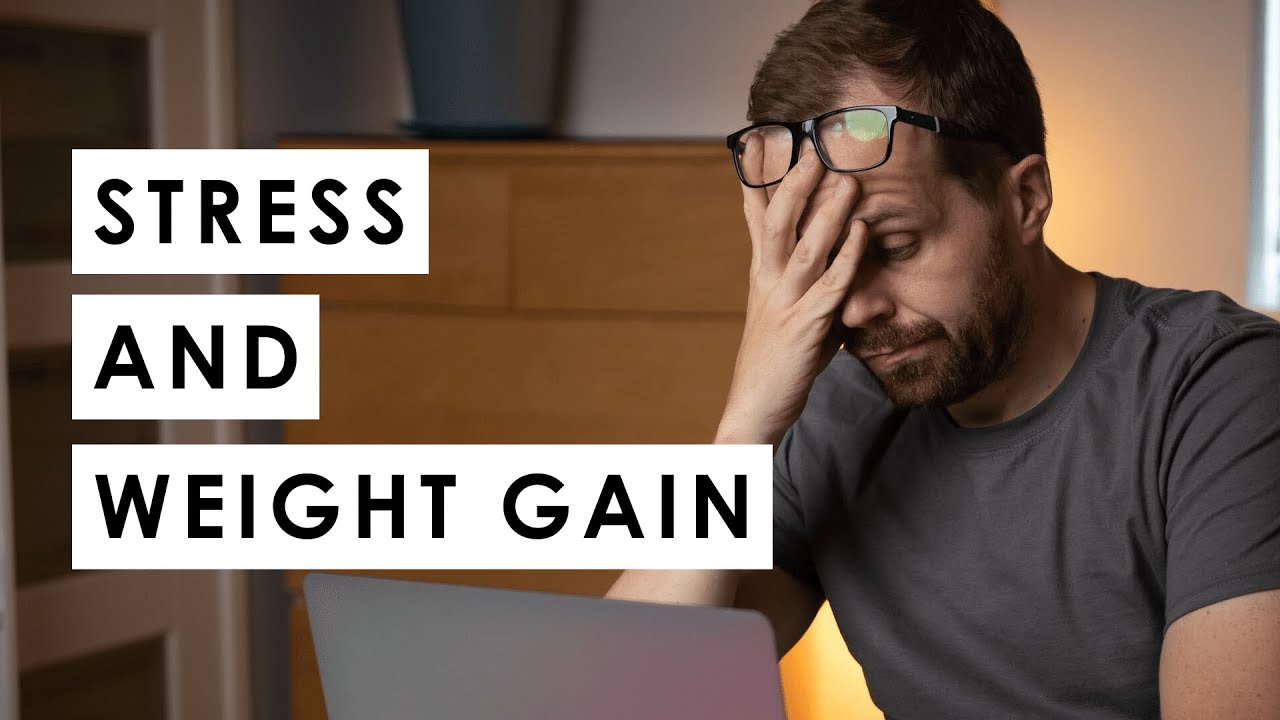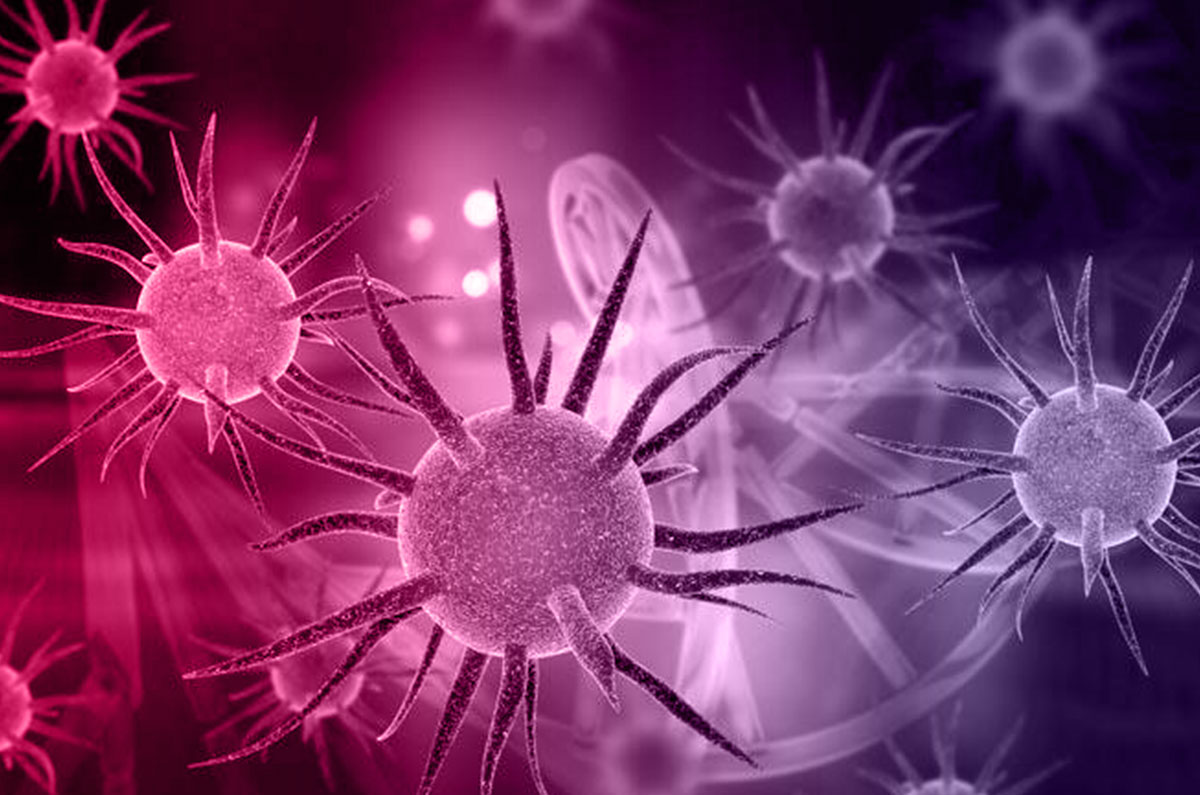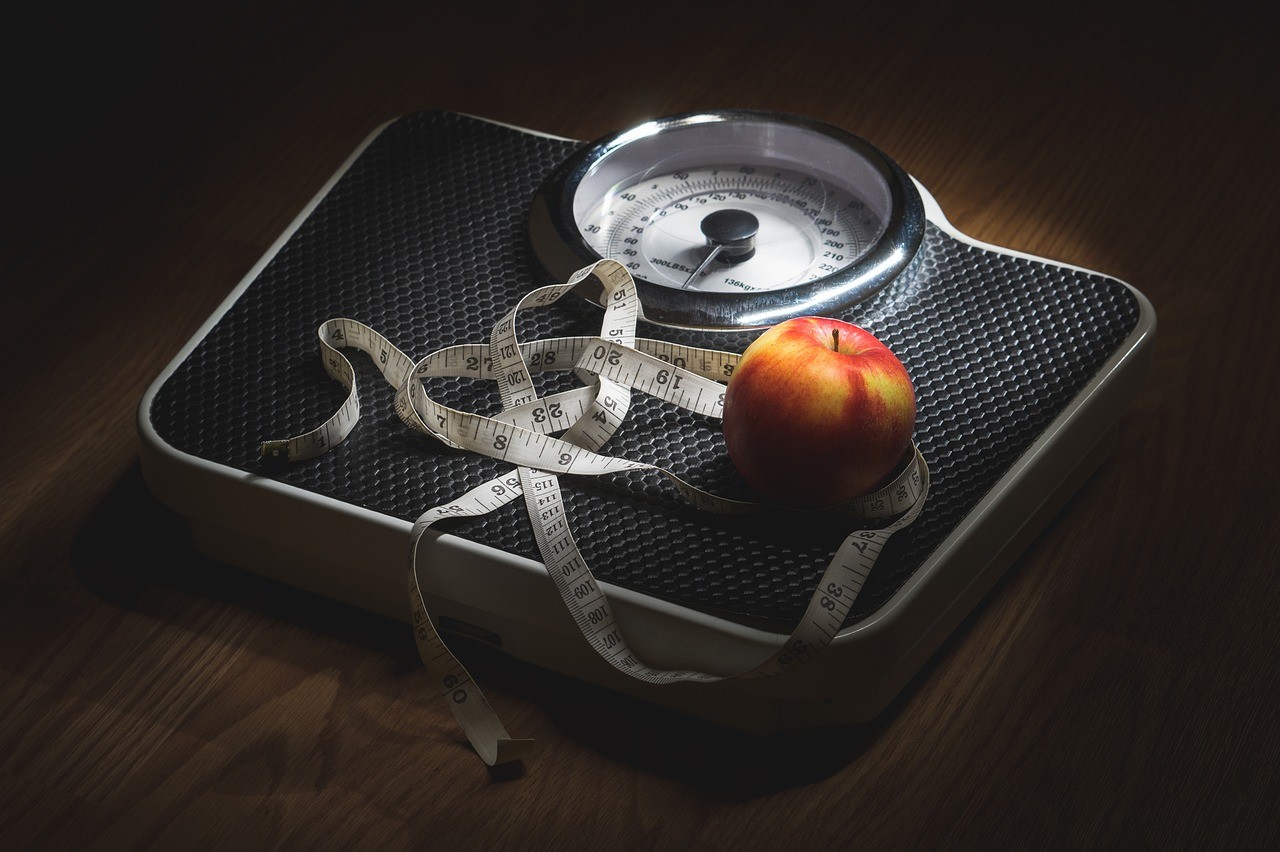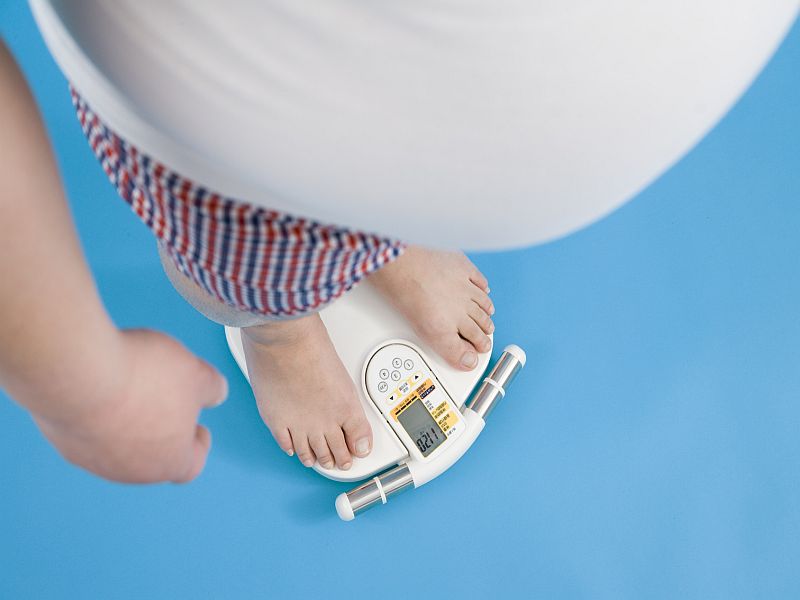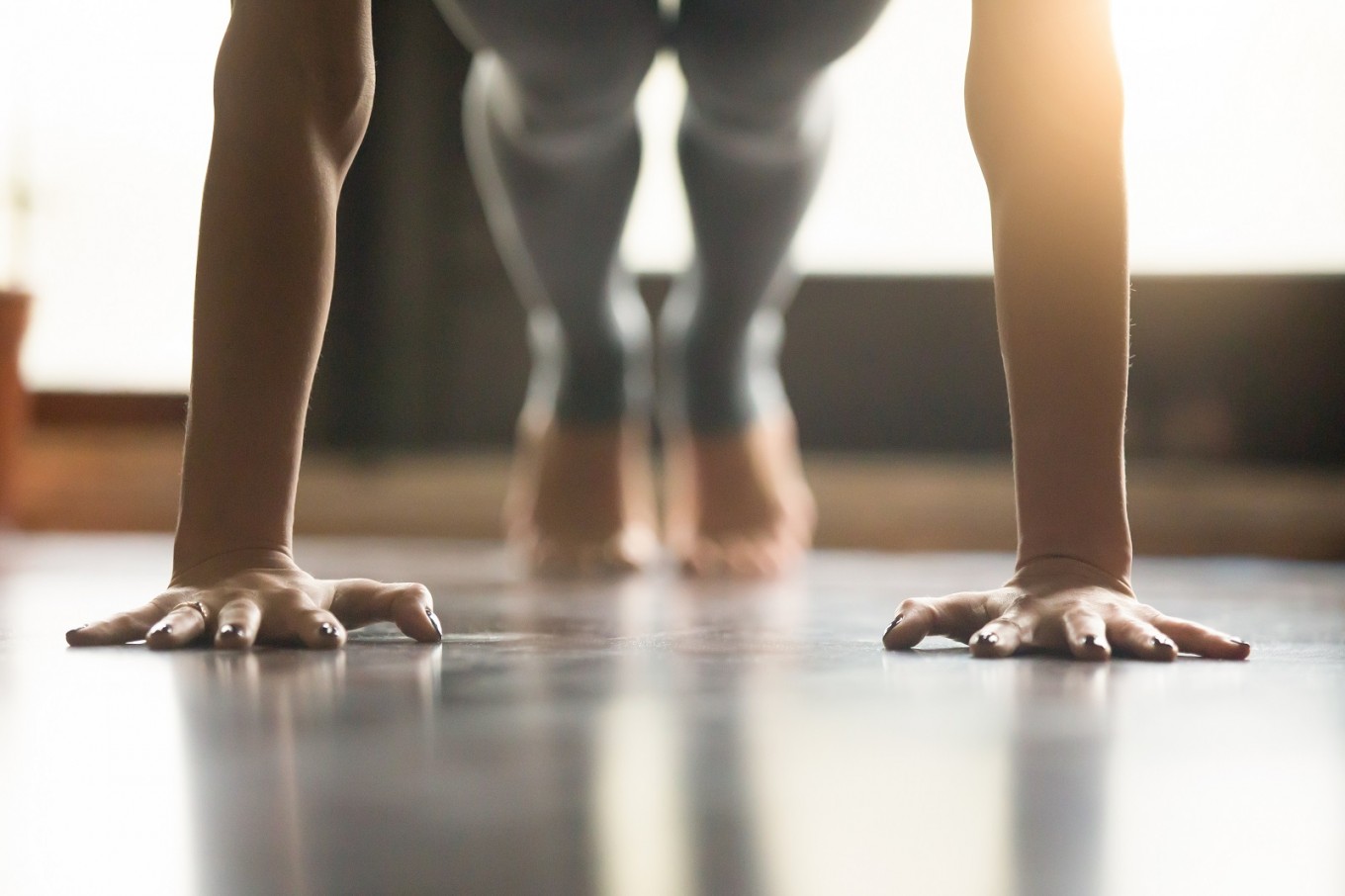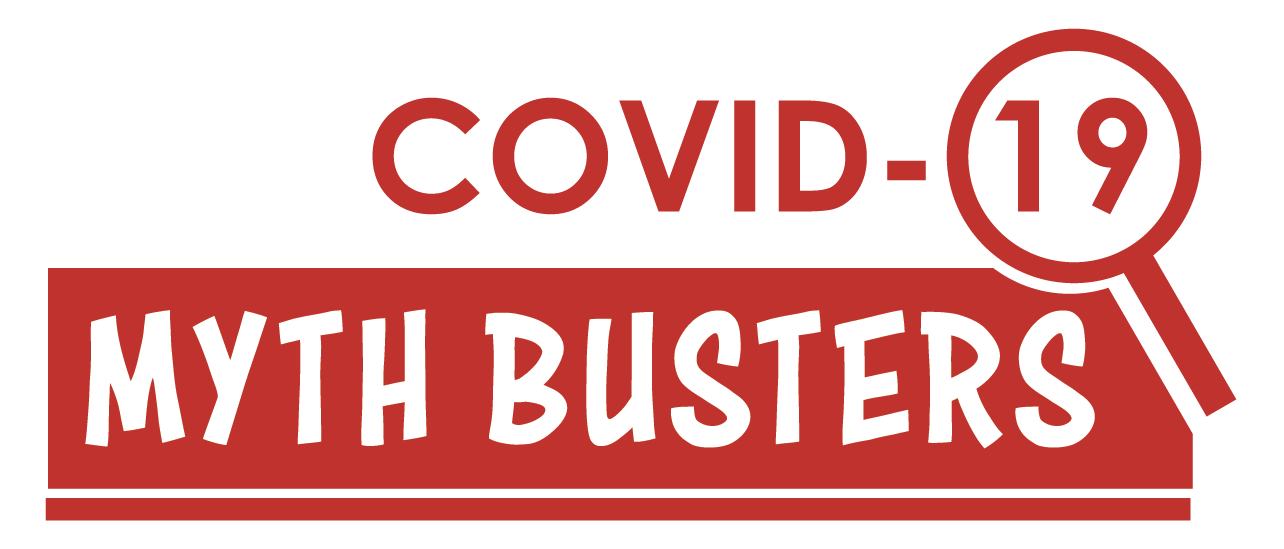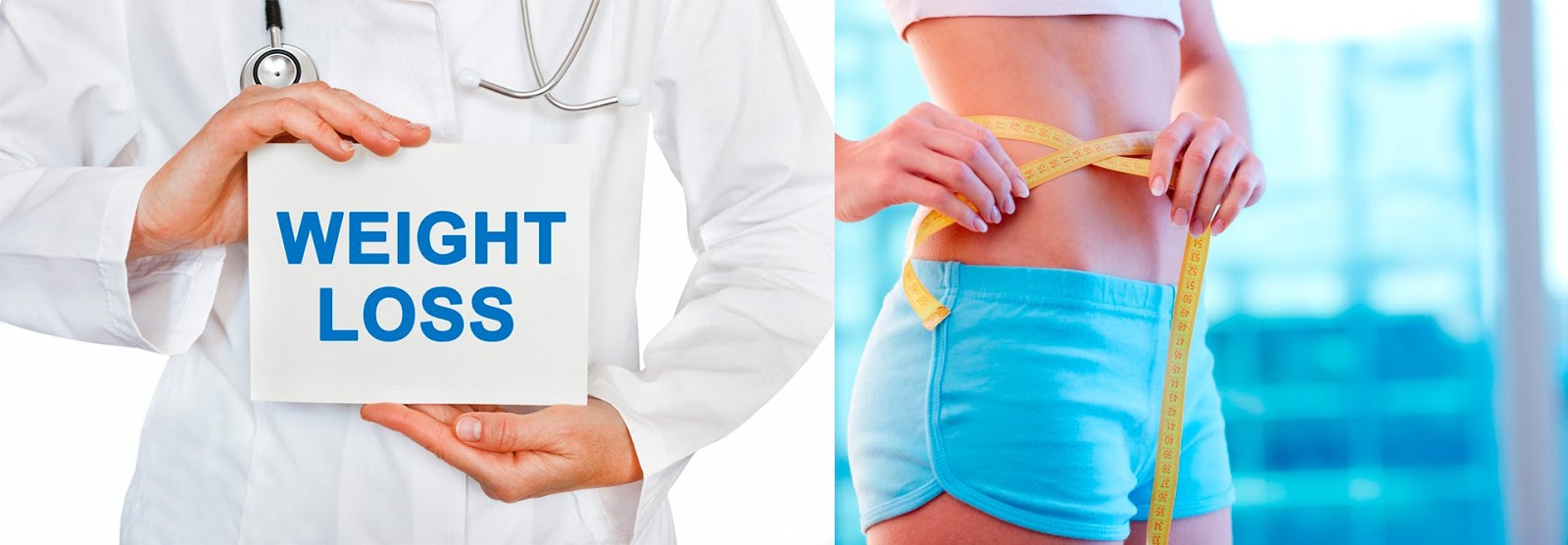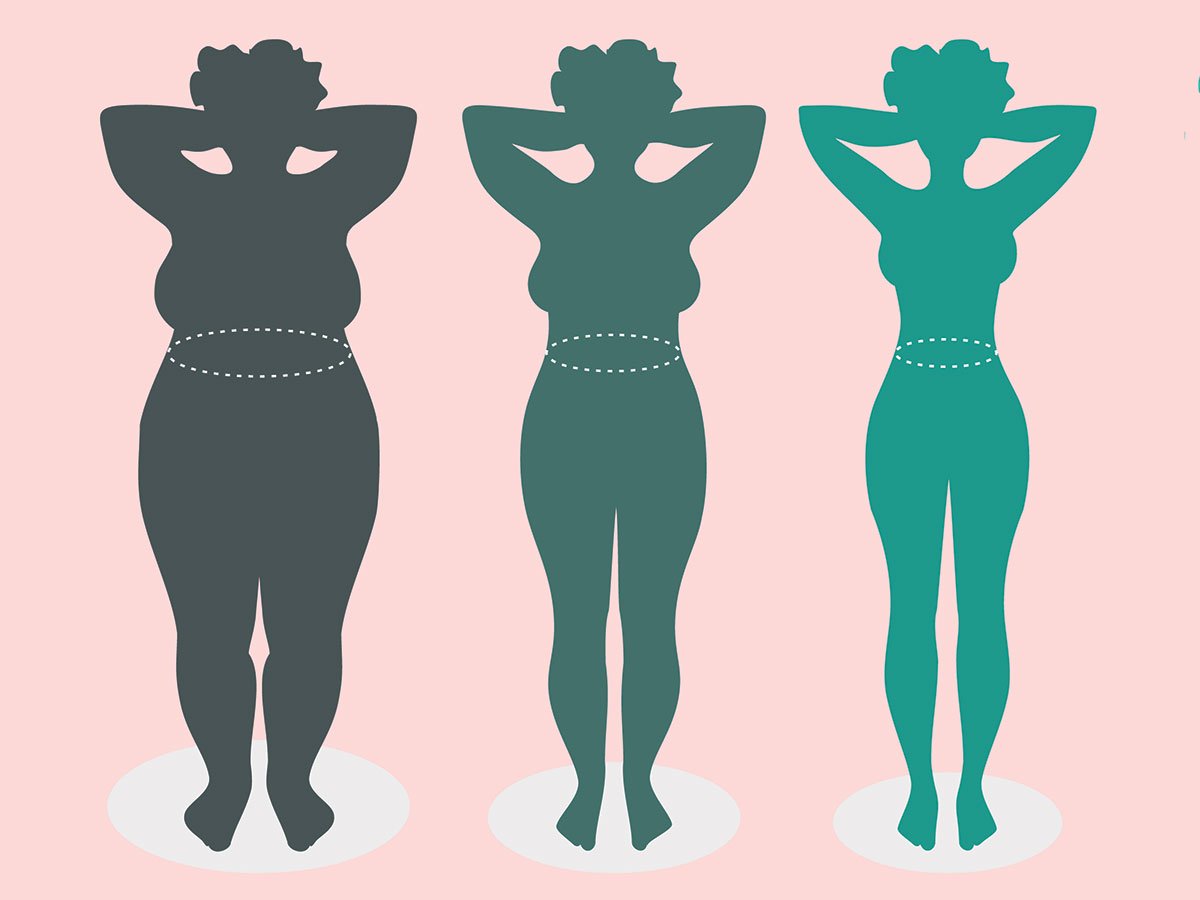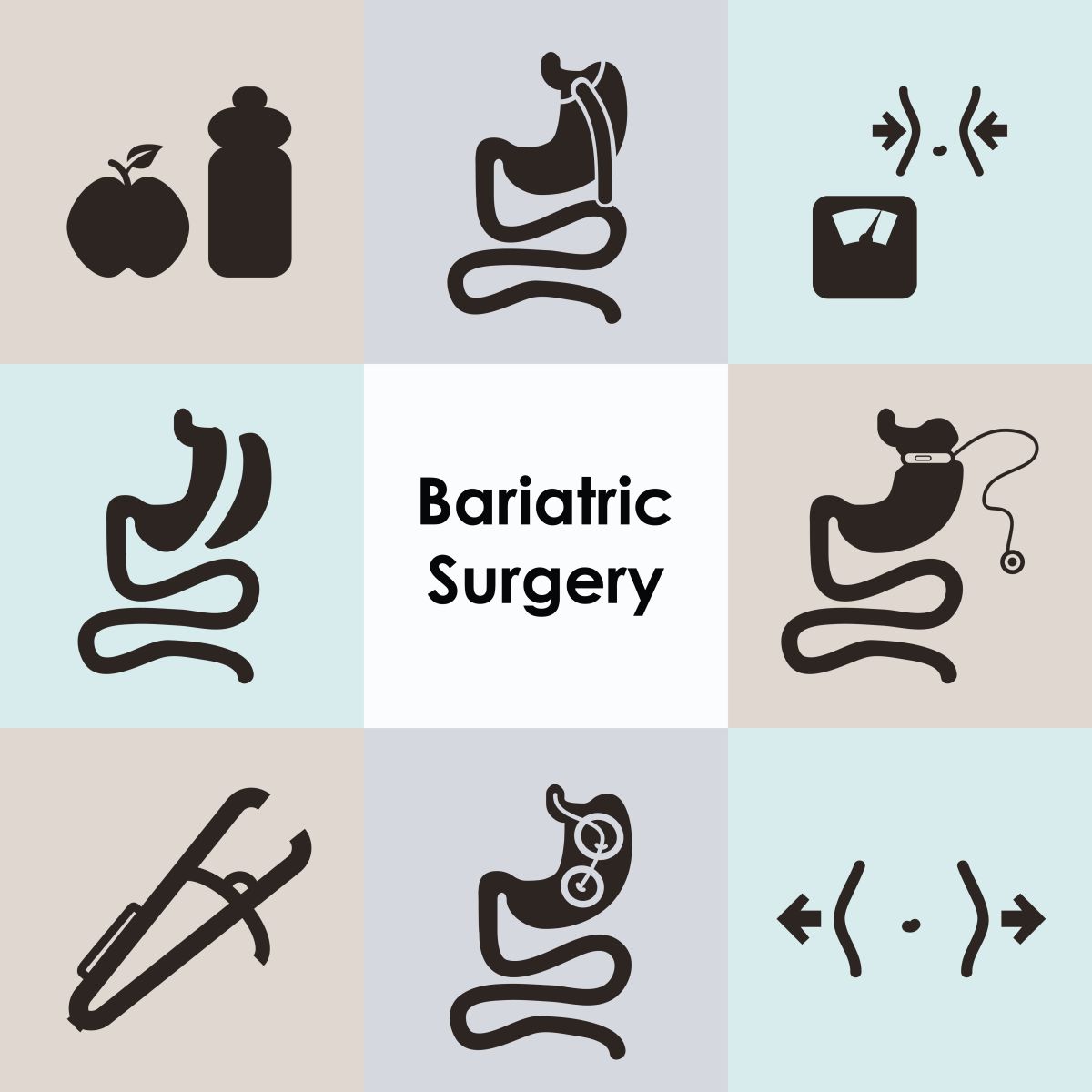Celebrity News, Celebrity Death, Sudden Cardiac Arrest, Cardiac Arrest due to Gymming
TV actor Siddhaanth Vir Surryavanshi dies of heart attack at 46
In yet another instance of sudden cardiac death, 46-year-old television actor Siddhaanth Vir Surryavanshi collapsed while working out in a suburban gym on Friday 11 Nov 2022.
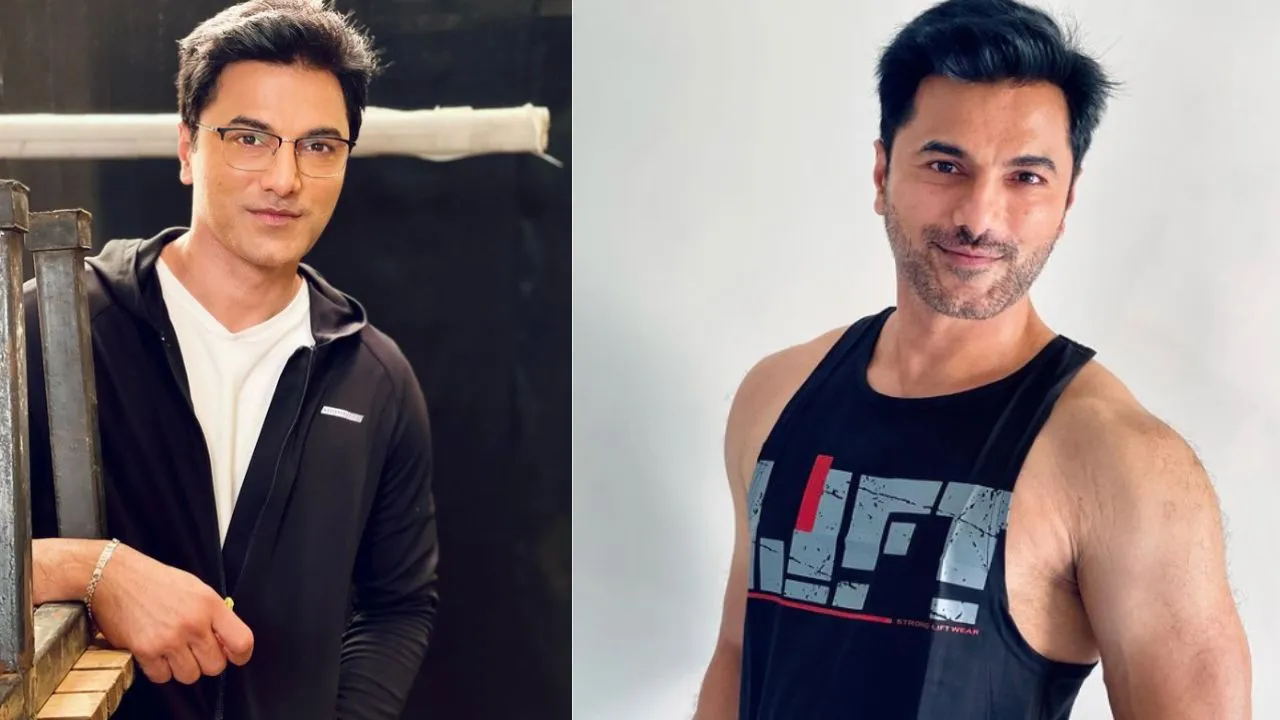
A former model, Suryavanshi marked his acting debut with Kkusum. Throughout the course of his career, he played several pivotal roles in TV shows like Kasautii Zindagii Kay, Krishna Arjun and Ziddi Dil.
The 46-year-old actor was reportedly working out at the gym, following which he collapsed. The actor was taken to Kokilaben Dhirubhai Ambani Hospital around 12.30 pm where the doctors tried to revive him for 40 minutes before he was declared dead. He is survived by his wife, supermodel Alesia Raut and their two children.
Siddhaanth’s death closely follows the death of comedian Raju Srivastava who also collapsed in the gym owing to a heart attack on August 10, this year, and succumbed to it on September 21, and singer KK who died due to a heart attack on May 31, 2022, during a live concert in Kolkata.
Experts suggest that in cases of sudden cardiac arrest (SCA)- an abrupt sensation of cardiac malfunctioning- when the heart stops suddenly, medical intervention is required within the first six minutes.
KNOW ABOUT SUDDEN CARDIAC ARREST
WHAT’S SUDDEN CARDIAC ARREST?
Sudden cardiac arrest is the abrupt loss of heart function, breathing and consciousness. The condition usually results from a problem with your heart's electrical system, which disrupts your heart's pumping action and stops blood flow to your body.
Sudden cardiac arrest isn't the same as a heart attack, when blood flow to a part of the heart is blocked. However, a heart attack can sometimes trigger an electrical disturbance that leads to sudden cardiac arrest.
If not treated immediately, sudden cardiac arrest can lead to death. Survival is possible with fast, appropriate medical care. Cardiopulmonary resuscitation (CPR), using a defibrillator — or even just giving compressions to the chest — can improve the chances of survival until emergency workers arrive.
STATISTICS
The first data of Sudden Cardiac Arrest (SCD) in the Indian population was obtained by applying the verbal autopsy methodology to medical students across the state of Andhra Pradesh. In this study a 2-level questionnaire was administered to the respondents with the objective of ascertaining the details of deaths in their kindreds. By using this novel strategy, fairly reliable mortality data of a large general population was obtained from about 500 medical students. Each of these deaths was categorized by a 3 member adjudication system as SCD or otherwise. Of the 22,000 population there were 1691 recallable deaths and finally 173 out of these (10.3%) were adjudicated as SCD. Extrapolating the data to national mortality figures, it can be roughly estimated that annually about 7-lakh SCD cases occur in India. (source)
CAUSES
The usual cause of sudden cardiac arrest is an abnormal heart rhythm (arrhythmia), which happens when your heart's electrical system isn't working correctly.
The heart's electrical system controls the rate and rhythm of your heartbeat. If something goes wrong, your heart can beat too fast, too slowly or irregularly (arrhythmia). Often these arrhythmias are brief and harmless, but some types can lead to sudden cardiac arrest.
The most common heart rhythm at the time of cardiac arrest is an arrhythmia in a lower chamber of your heart (ventricle). Rapid, erratic electrical impulses cause your ventricles to quiver uselessly instead of pumping blood (ventricle fibrillation).
HEART CONDITIONS THAT CAN LEAD TO SUDDEN CARDIAC ARREST
Sudden cardiac arrest can happen in people who have no known heart disease. However, a life-threatening arrhythmia usually develops in a person with a pre-existing, possibly undiagnosed heart condition. Conditions include:
- Coronary artery disease. Most cases of sudden cardiac arrest occur in people who have coronary artery disease, in which the arteries become clogged with cholesterol and other deposits, reducing blood flow to the heart.
- Heart attack. If a heart attack occurs, often as a result of severe coronary artery disease, it can trigger ventricular fibrillation and sudden cardiac arrest. Also, a heart attack can leave scar tissue in your heart. Electrical short circuits around the scar tissue can lead to abnormalities in your heart rhythm.
- Enlarged heart (cardiomyopathy). This occurs primarily when your heart's muscular walls stretch and enlarge or thicken. Then your heart's muscle is abnormal, a condition that often leads to arrhythmias.
- Valvular heart disease. Leaking or narrowing of your heart valves can lead to stretching or thickening of your heart muscle. When the chambers become enlarged or weakened because of stress caused by a tight or leaking valve, there's an increased risk of developing arrhythmia.
- Heart defect present at birth (congenital heart disease). When sudden cardiac arrest occurs in children or adolescents, it can be due to congenital heart disease. Adults who've had corrective surgery for a congenital heart defect still have a higher risk of sudden cardiac arrest.
- Electrical problems in the heart. In some people, the problem is in the heart's electrical system itself instead of a problem with the heart muscle or valves. These are called primary heart rhythm abnormalities and include conditions such as Brugada syndrome and long QT syndrome.
TREATMENT
Sudden cardiac arrest requires immediate action for survival.
CPR
Immediate CPR is crucial for treating sudden cardiac arrest. By maintaining a flow of oxygen-rich blood to the body's vital organs, CPR can provide a vital link until more-advanced emergency care is available.
If you don't know CPR and someone collapses unconscious near you, call 108 or emergency medical help. Then, if the person isn't breathing normally, begin pushing hard and fast on the person's chest- at a rate of 100 to 120 compressions a minute, allowing the chest to fully rise between compressions. Do this until an automated external defibrillator (AED) becomes available or emergency personnel arrive.
DEFIBRILLATION
Advanced care for ventricular fibrillation, a type of arrhythmia that can cause sudden cardiac arrest, generally includes delivery of an electrical shock through the chest wall to the heart. The procedure, called defibrillation, momentarily stops the heart and the chaotic rhythm. This often allows the normal heart rhythm to resume.
Defibrillators are programmed to recognize ventricular fibrillation and send a shock only when it's appropriate. These portable defibrillators, such as AEDs, are increasingly available in public places, including airports, shopping malls, casinos, health clubs, and community and senior citizen centers.
AT THE EMERGENCY ROOM
Once you arrive in the emergency room, the medical staff will work to stabilize your condition and treat a possible heart attack, heart failure or electrolyte imbalances. You might be given medications to stabilize your heart rhythm.
LONG-TERM TREATMENT
After you recover, your doctor will discuss with you or your family what other tests might help determine the cause of the cardiac arrest. Your doctor will also discuss preventive treatment options with you to reduce your risk of another cardiac arrest.
TREATMENTS MIGHT INCLUDE:
Drugs. Doctors use various anti-arrhythmic drugs for emergency or long-term treatment of arrhythmias or potential arrhythmia complications. A class of medications called beta blockers is commonly used in people at risk of sudden cardiac arrest.
Other possible drugs that can be used to treat the condition that led to the arrhythmia include angiotensin-converting enzyme (ACE) inhibitors and calcium channel blockers.
Implantable cardioverter-defibrillator (ICD). After your condition stabilizes, your doctor is likely to recommend an ICD, a battery-powered unit that's put into your body near your left collarbone. One or more electrode-tipped wires from the ICD run through veins to your heart.
The ICD constantly monitors your heart rhythm. If it detects a rhythm that's too slow, it paces your heart as a pacemaker would. If it detects a dangerous heart rhythm change, it sends out low- or high-energy shocks to reset your heart to a normal rhythm.
Coronary angioplasty. This procedure opens blocked coronary arteries, letting blood flow more freely to your heart, which might reduce your risk of serious arrhythmia. A long, thin tube is passed through an artery, usually in your leg, to a blocked artery in your heart. This catheter is equipped with a special balloon tip that briefly inflates to open the blocked artery.
At the same time, a metal mesh stent might be inserted into the artery to keep it open long term, restoring blood flow to your heart. Coronary angioplasty can be done at the same time as a coronary catheterization, a procedure that doctors do to locate narrowed arteries to the heart.
Coronary bypass surgery. Also called coronary artery bypass grafting, bypass surgery involves sewing veins or arteries in place at a site beyond a blocked or narrowed coronary artery, restoring blood flow to your heart. This can improve the blood supply to your heart and reduce the frequency of racing heartbeats.
Radiofrequency catheter ablation. This procedure can be used to block a single abnormal electrical pathway. One or more catheters are threaded through your blood vessels to inside your heart. They're positioned along electrical pathways identified by your doctor as causing your arrhythmia.
Electrodes at the catheter tips are heated with radiofrequency energy. This destroys a small spot of heart tissue and creates an electrical block along the pathway that's causing your arrhythmia to stop your arrhythmia.
Corrective heart surgery. If you have a congenital heart deformity, a faulty valve or diseased heart muscle tissue due to cardiomyopathy, surgery to correct the abnormality might improve your heart rate and blood flow, reducing your risk of fatal arrhythmias.
PREVENTION
Reduce your risk of sudden cardiac arrest by getting regular checkups, being screened for heart disease and living a heart-healthy lifestyle.
To live a heart-healthy lifestyle:
- Don't smoke.
- Achieve and maintain a healthy weight.
- If you drink alcohol, do so in moderation — no more than one drink a day for women and men older than 65 and no more than two drinks a day for younger men.
- Eat a heart-healthy diet.
- Stay physically active.
- Manage stress.
MESSAGE FOR PATIENTS AND DOCTORS
How does a person know that he is at the risk of sudden cardiac arrest?
1. The person should get and checked the ejection fraction (especially if you had heart attack in the past or you experience any breathlessness).
2. Do not take any episode fainting lightly.
Message from doctor’s perspective that these factors needed to be evaluated by the doctors in any patient with the history of myocardial infraction or heart attack
- Ejection fraction less than 35%
- Short runs of rapid heartbeat which is known as non-sustainable tachycardia which is picked up typically on halt, 24-hour ECG recording anybody with the low pumping fraction must get the 24 hours ECG recording
3. Frequent premature ventricular contraction more than 10 per hour
4. Any history of syncope
Keeping up these factors together a person can be identified, and risk factor can be reduced by 49%.
YOU MAY ALSO BE INTERESTED IN-
- Shane Warne, Australia cricket legend, dies of sudden heart arrest. Know more about sudden cardiac arrest.
- Why are heart attacks on a rise in young adults?
REFERENCE
- https://www.mayoclinic.org/diseases-conditions/sudden-cardiac-arrest/symptoms-causes/syc-20350634
- https://www.ncbi.nlm.nih.gov/pmc/articles/PMC4237295/
- https://my.clevelandclinic.org/health/diseases/17522-sudden-cardiac-death-sudden-cardiac-arrest

